-
Sculpture and Crafts Buncheong Ware and White Porcelain

-
Location

Showroom
Introduction
-
- The representative ceramic types of the Joseon Dynasty (1392-1897) are buncheong ware and white porcelain.
- Buncheong ware refers to grey-colored vessels coated with white slip and decorated using various techniques. It has its roots in the inlaid celadon of the preceding Goryeo Dynasty (918-1392), and was produced into the mid-16th century. White porcelain refers to vessels made with kaolin, covered in glaze, and fired at high temperatures surpassing 1,300℃. Dignified and displaying an understated beauty, white porcelain was consistently produced and used throughout the Joseon period.
- From the foundation of Joseon until the mid-15th century, buncheong ware and other types of ceramics were made at kilns scattered around the country and sent to the capital, Hanyang, while white porcelain was created only in selected regions. Around 1467 a dramatic change was ordered in the national ceramics production system. The state instituted a system of official kilns with the establishment of a state-operated kiln complex near the capital. However, the need for buncheong ware as tribute goods gradually declined, and around the mid-16th century buncheong production ended altogether.
- The Joseon white porcelain tradition was spearheaded by the official kilns. From the mid-15th century they produced the country’s finest blue-and-white porcelain featuring underglaze designs painted in cobalt-blue pigment. Following the Japanese invasions of 1592-1598, the production of white porcelain stagnated in the first half of the 17th century. However, when economic activity and international exchanges were restored, white porcelain production technology progressed accordingly. Blue-and-white porcelain was particularly popular among the royal family and the literati as a reflection of their tastes. During the 19th century blue-and-white porcelain became widespread among the general public, various new forms of white porcelain were made, and decorative techniques were diversified. In 1883 this 400-year-old official kiln system was finally privatized and white porcelain lost its role and value.
-
-
-
Location

-
- Children’s Museum
- NMK Magazine
-
Related Site
- Gyeongju National Museum
- Gwangju National Museum
- Jeonju National Museum
- Daegu National Museum
- Buyeo National Museum
- Gongju National Museum
- Jinju National Museum
- Cheongju National Museum
- Gimhae National Museum
- Jeju National Museum
- Chuncheon National Museum
- Naju National Museum
- Iksan National Museum
- Cultural Foundation of National Museum of Korea
- Friends of National Museum of Korea
- The Korean Museum Association
- Language
Sculpture and Crafts
The Sculpture and Crafts section displays many of the world’s finest examples of Buddhist sculpture, metal arts, and ceramics, demonstrating the traditions and astonishing expertise of Korean artisans.






 X
X  Facebook
Facebook 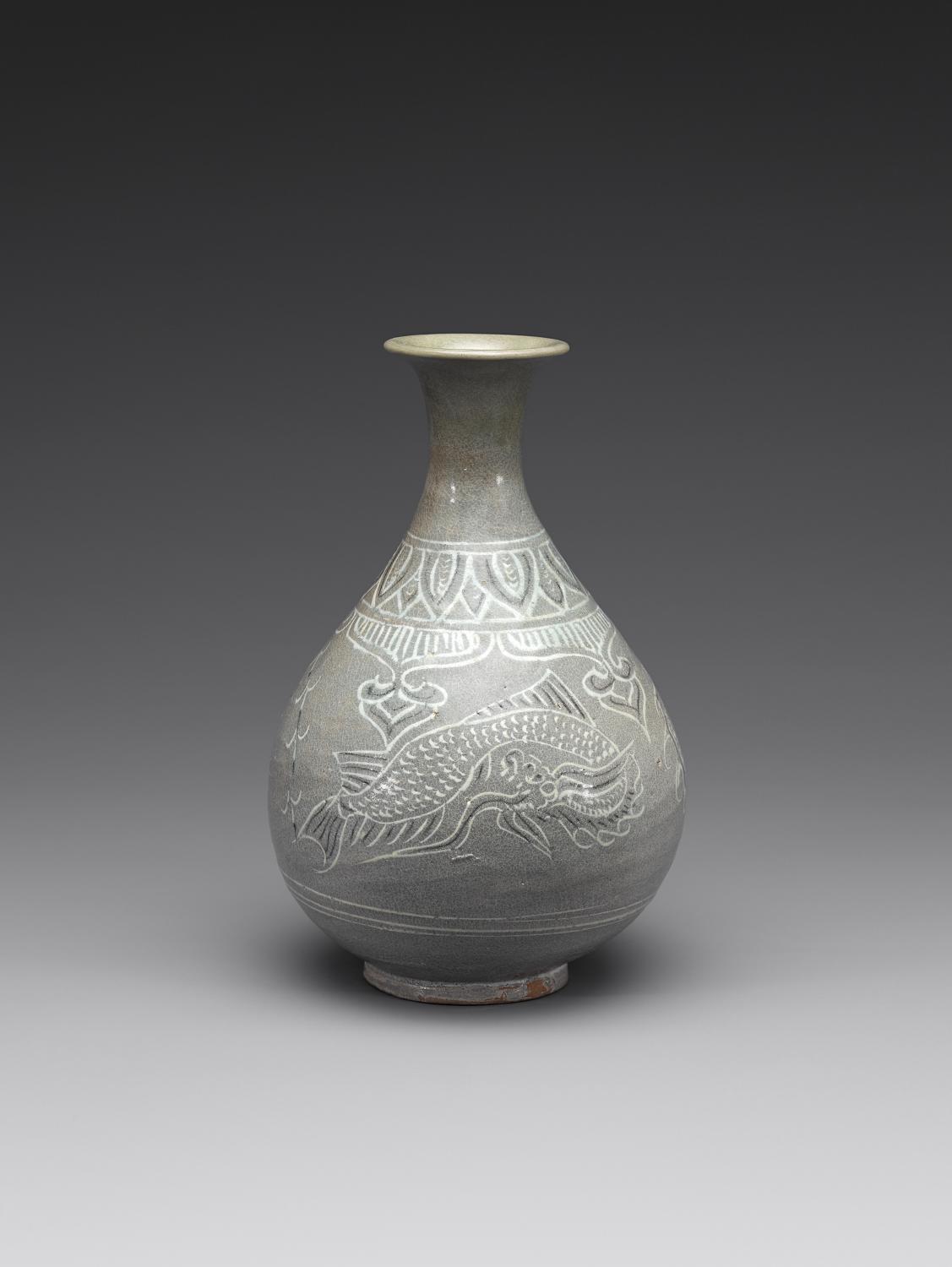
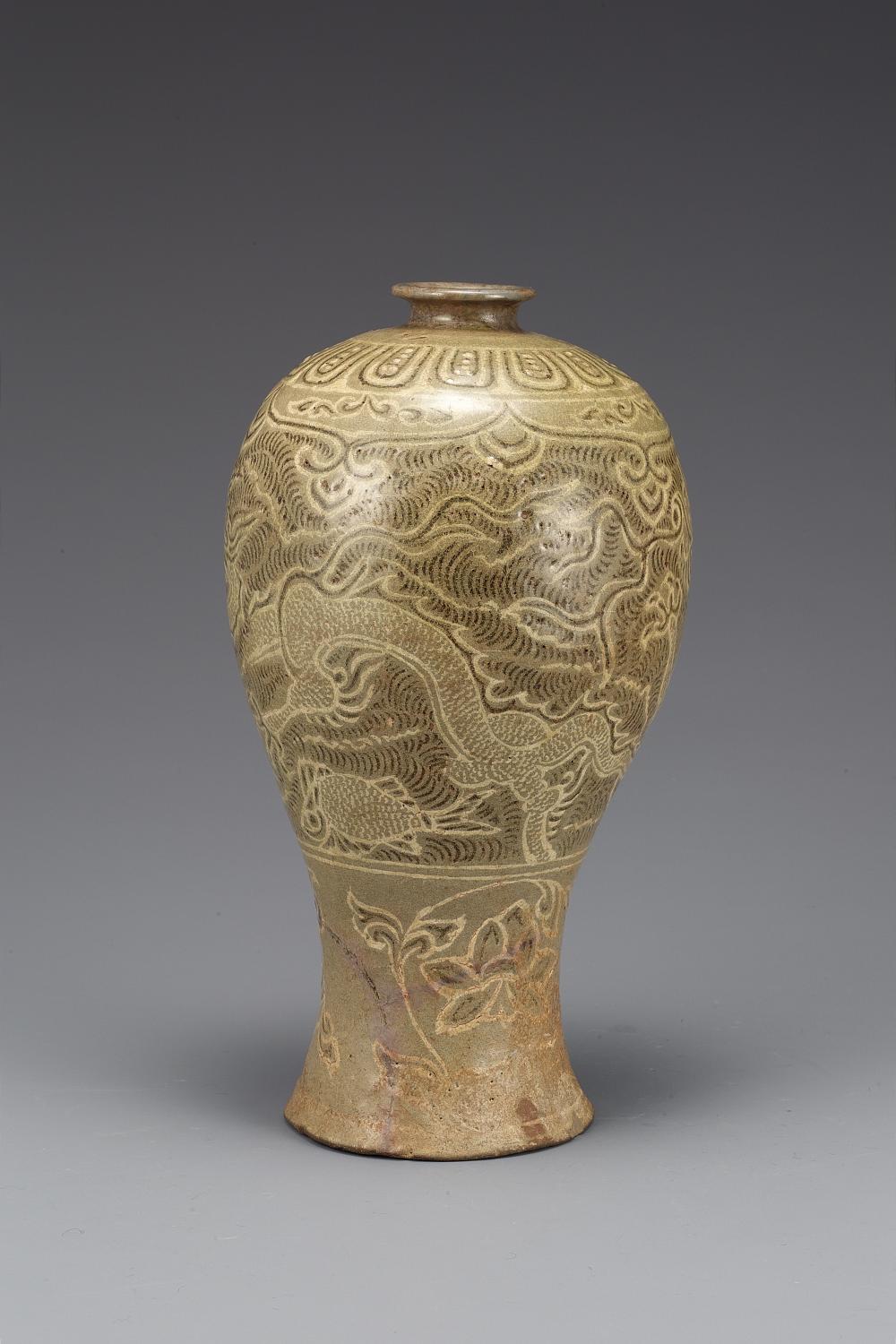
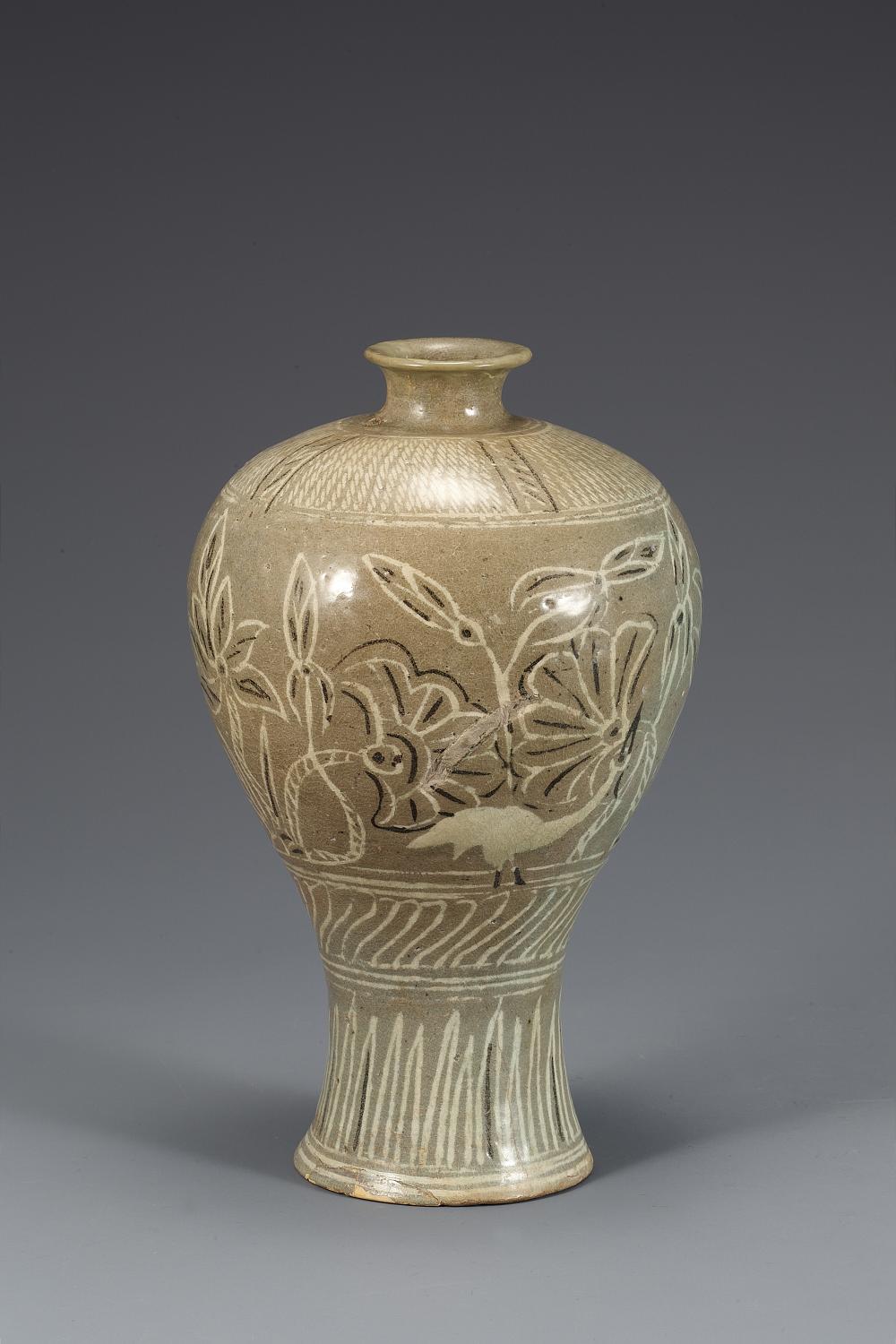
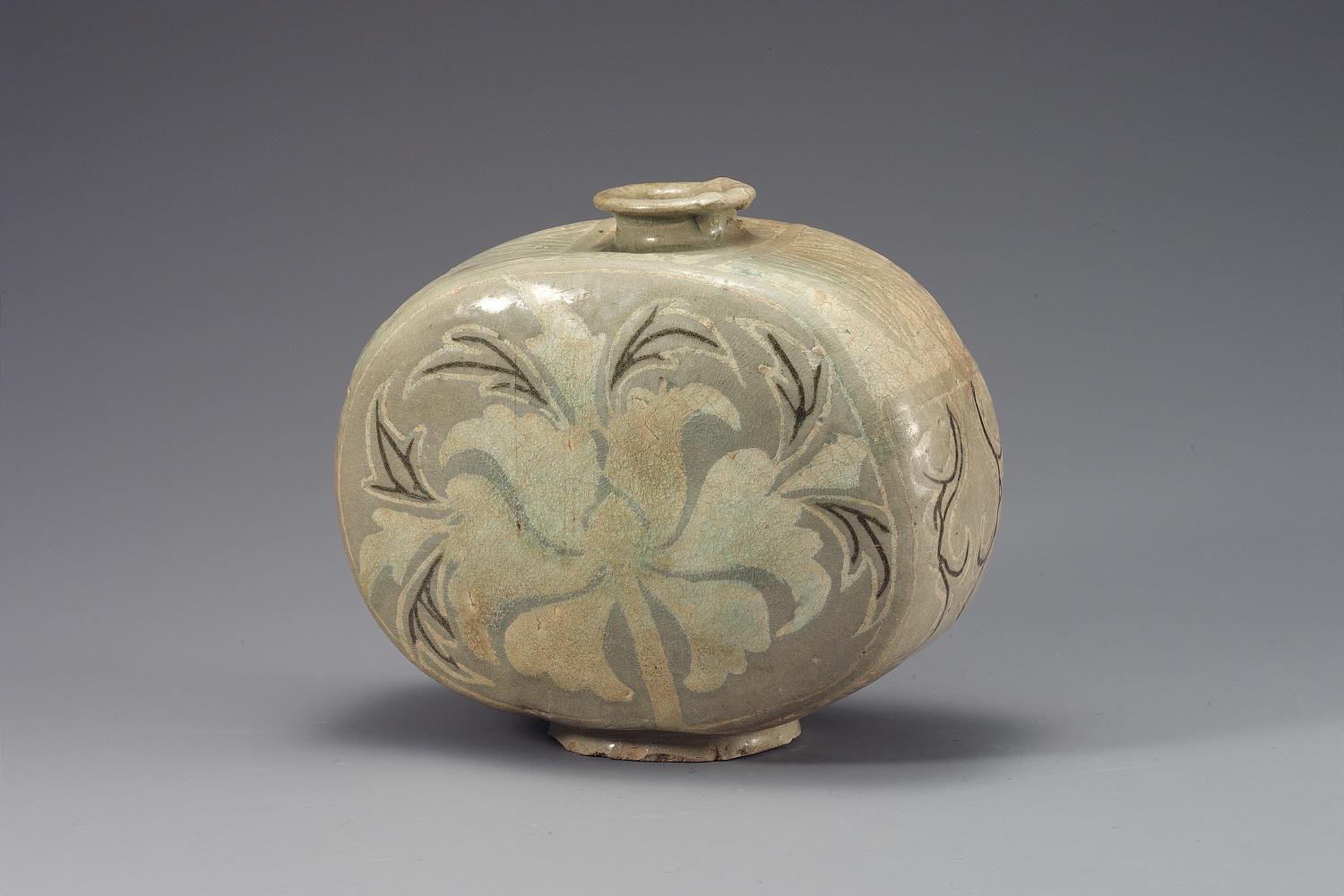
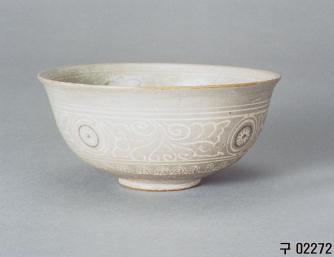
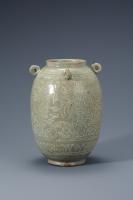
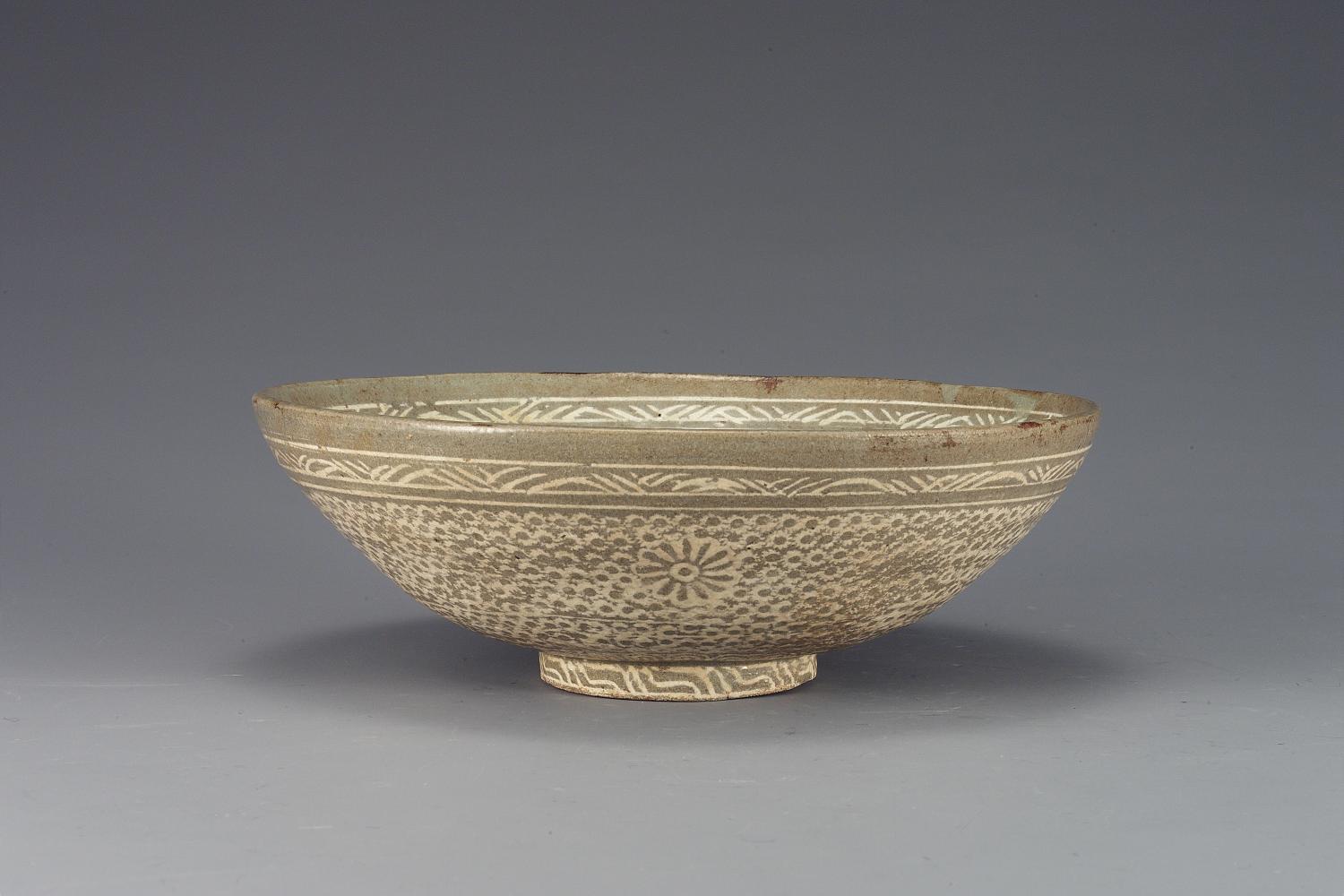
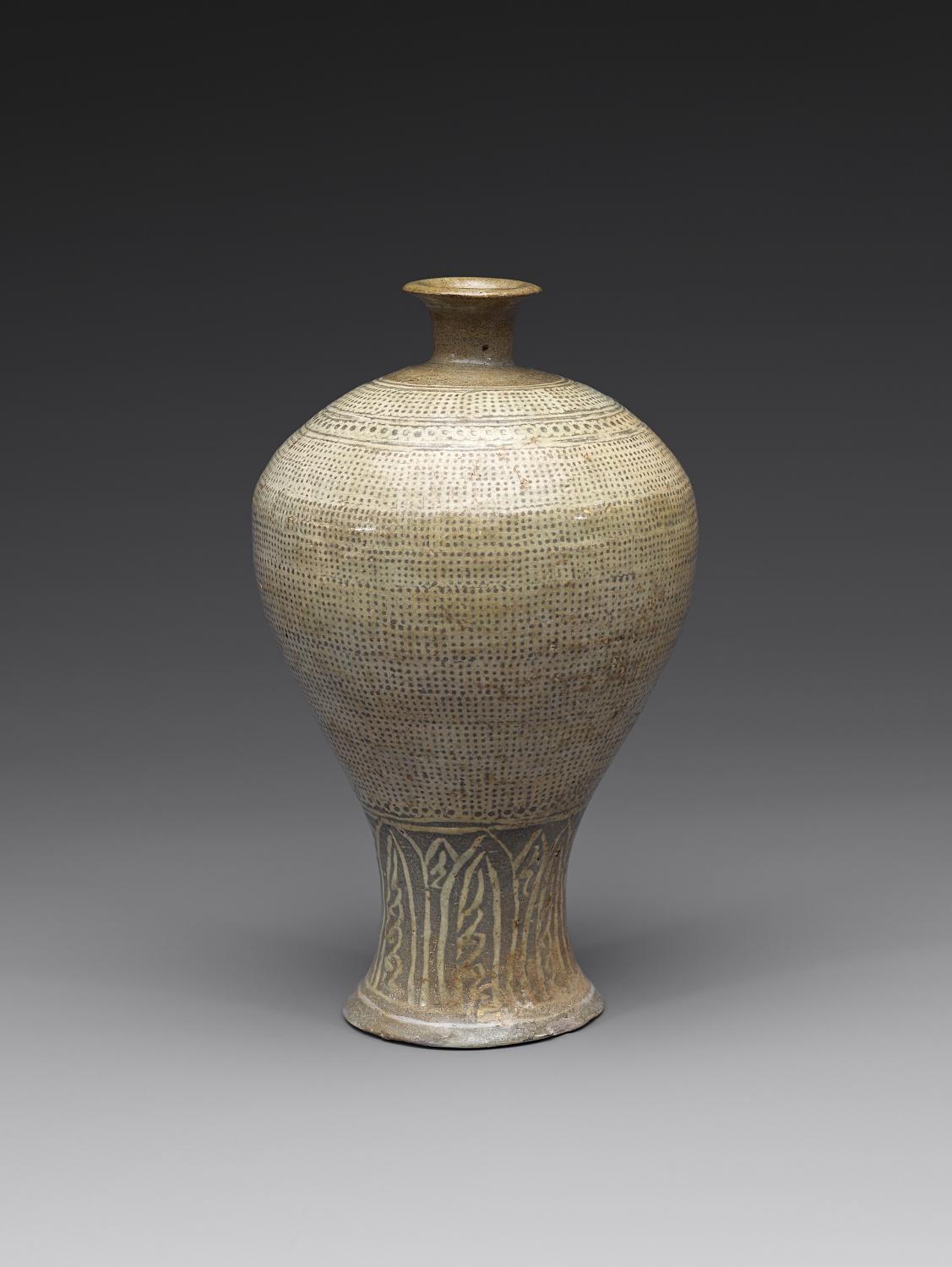
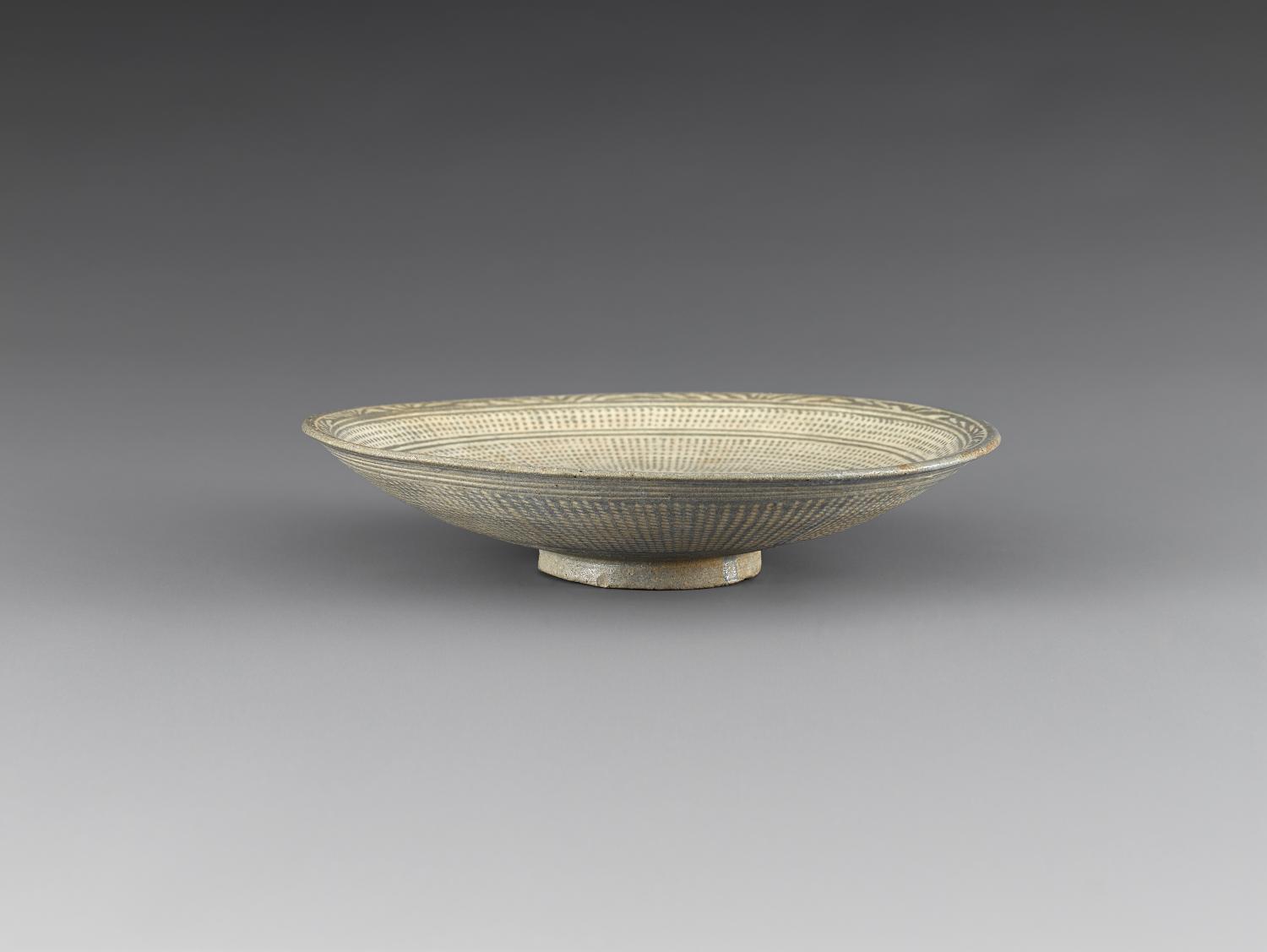
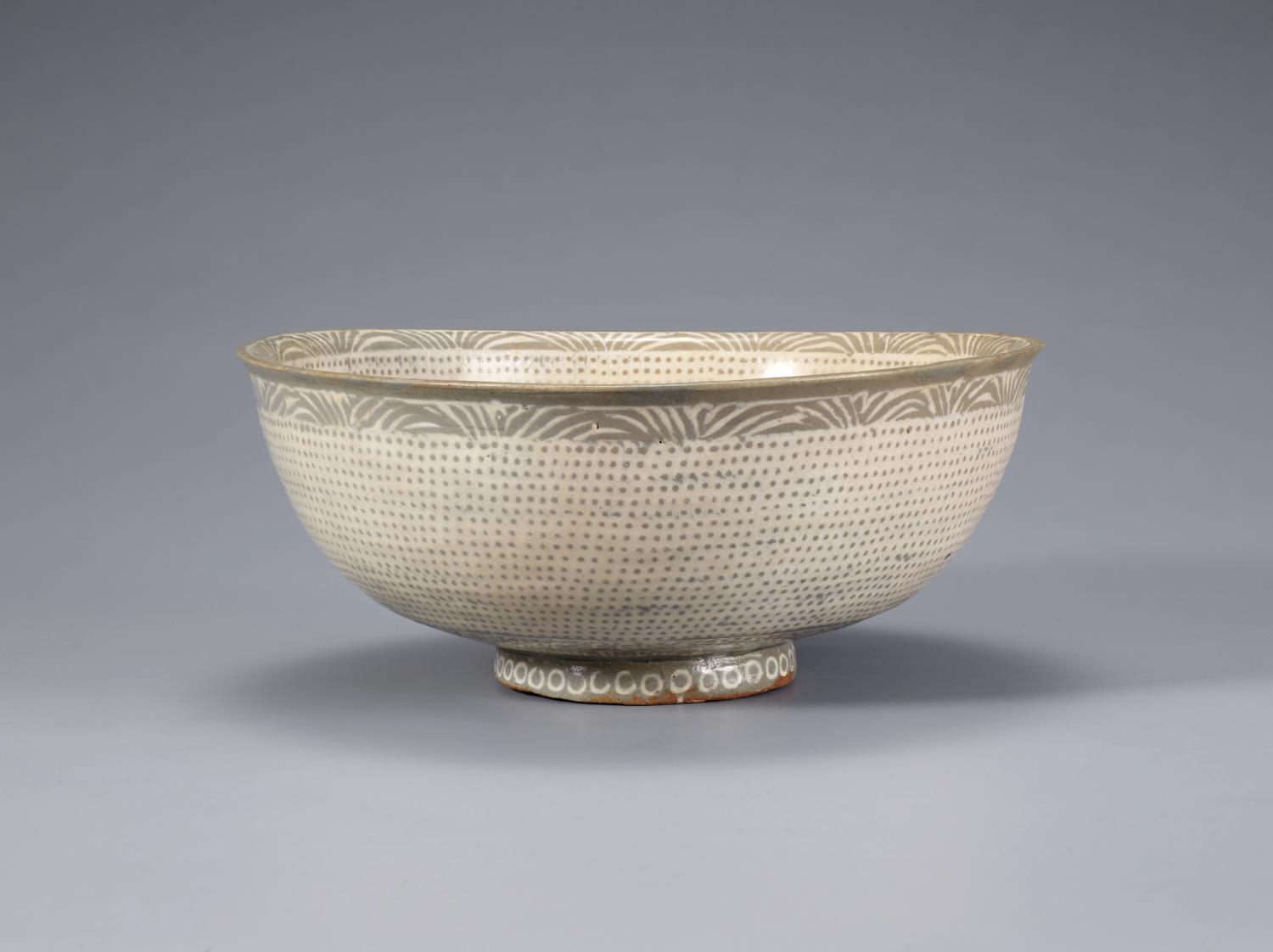
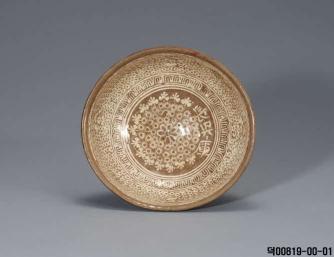
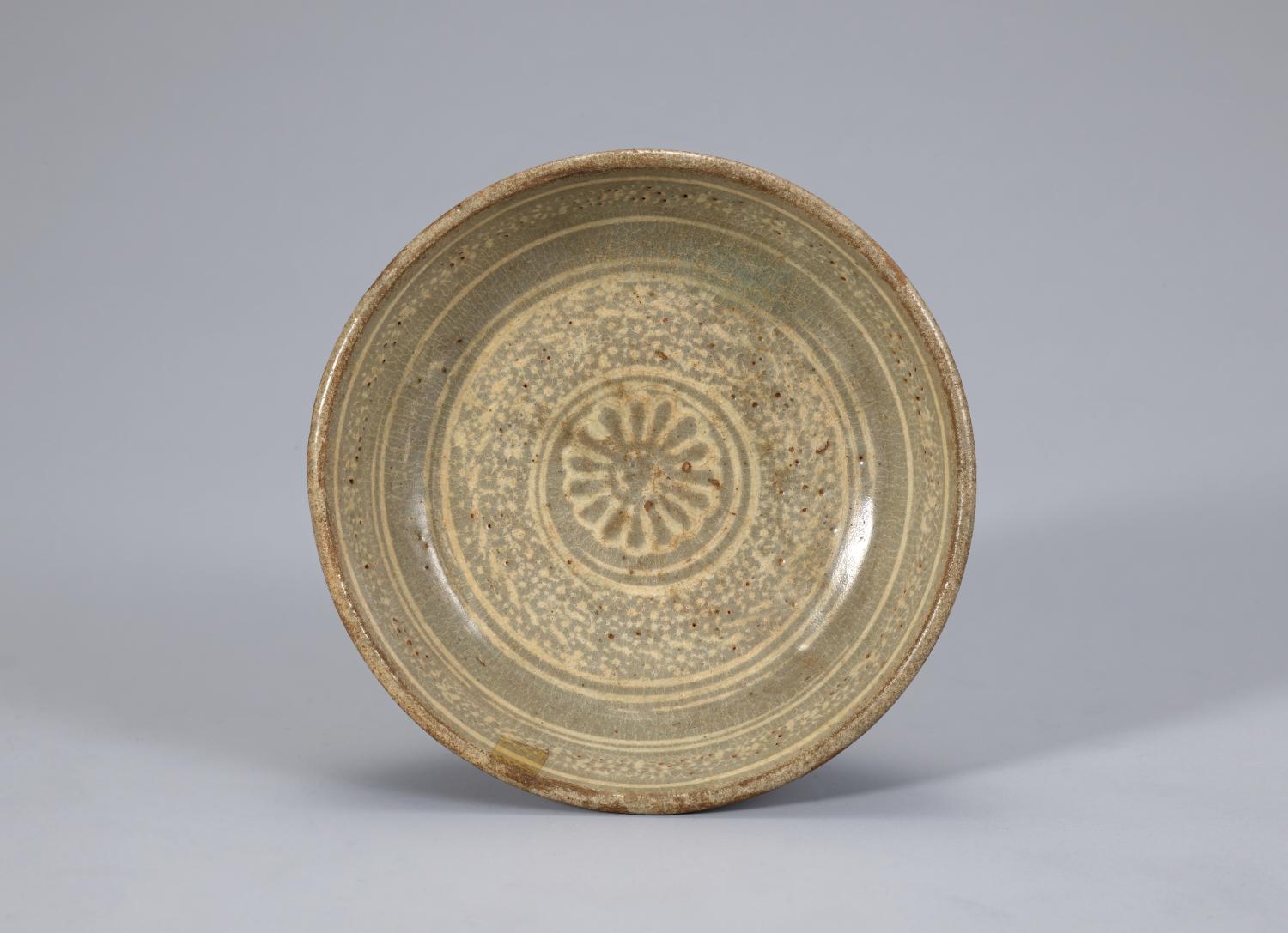
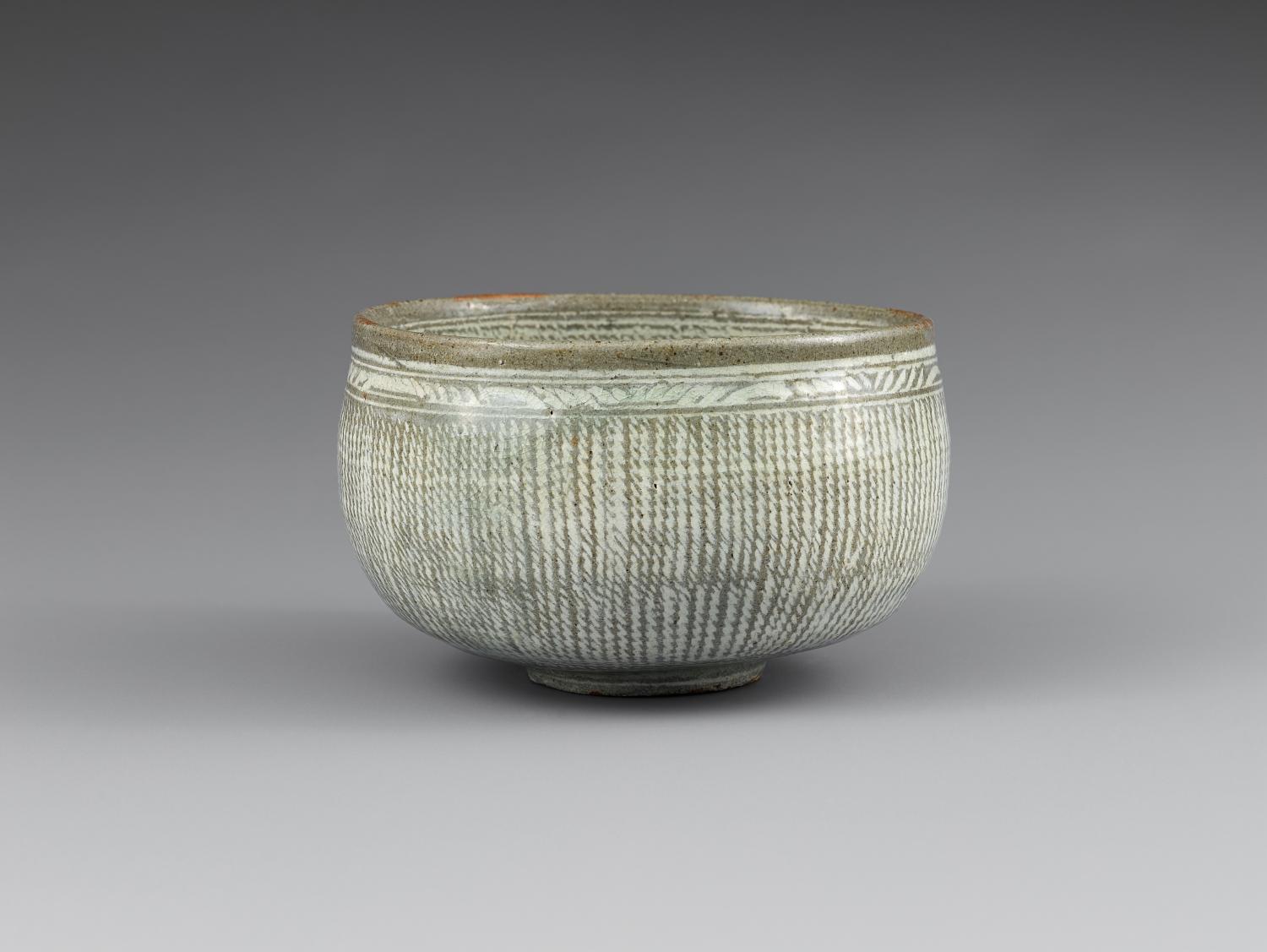
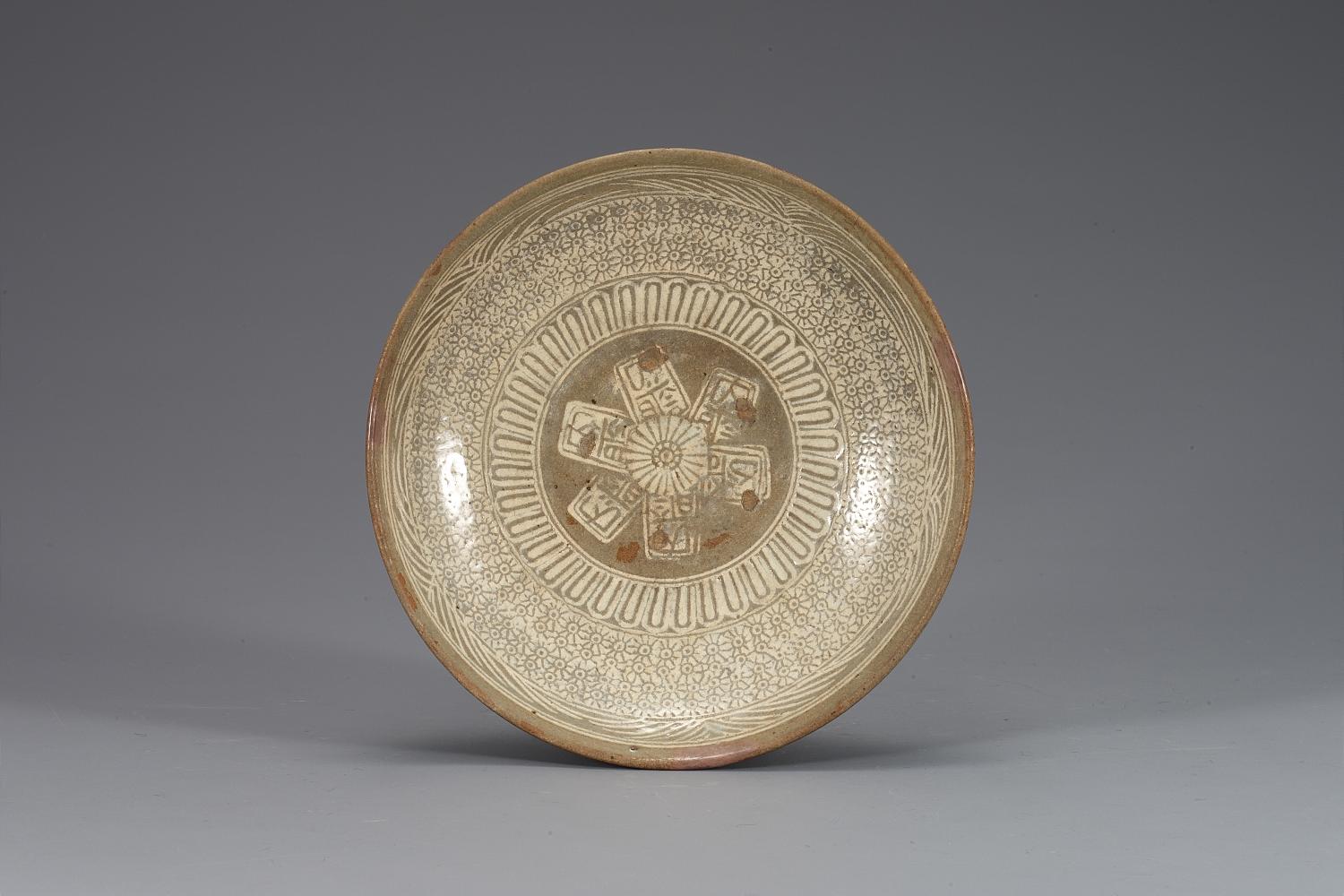
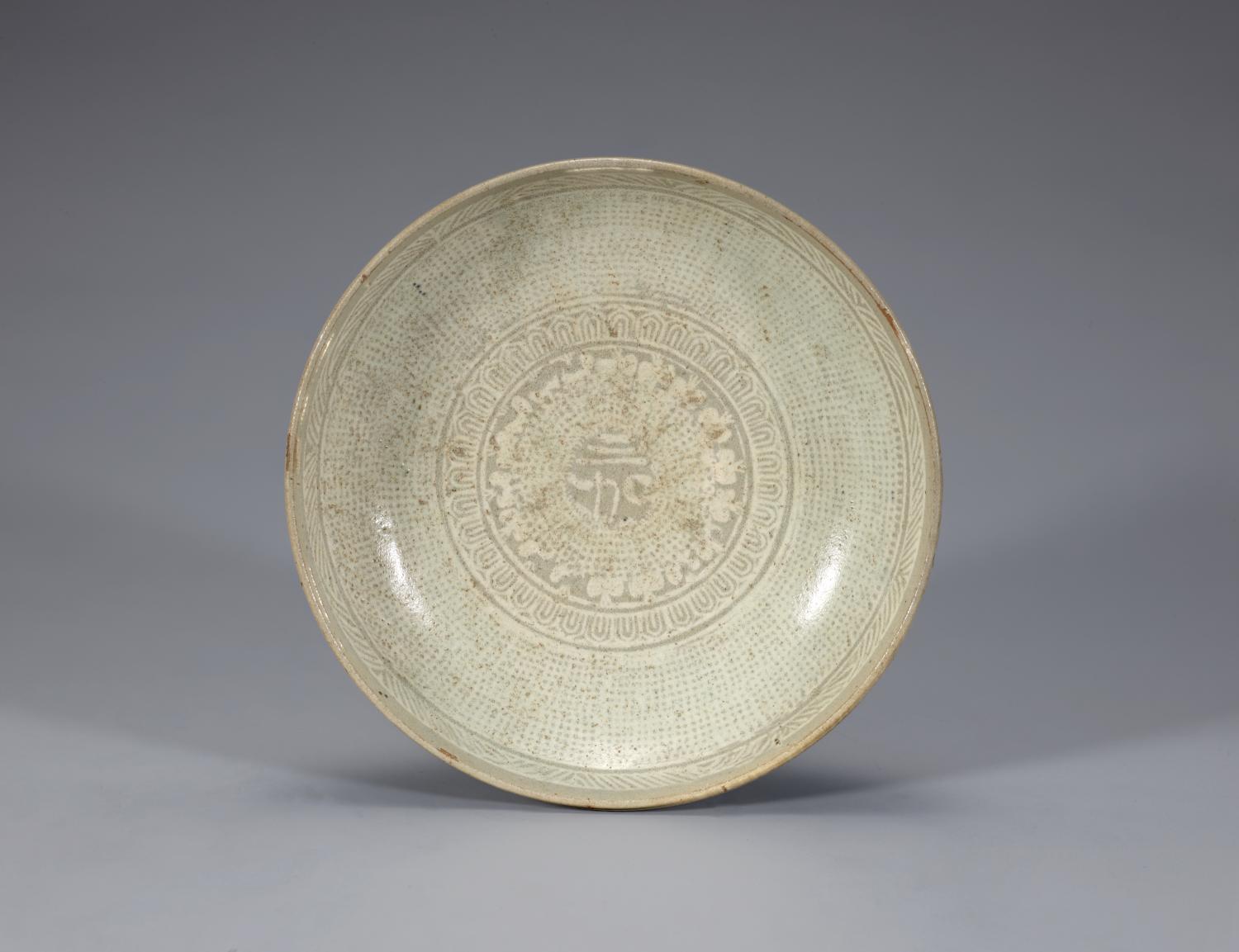
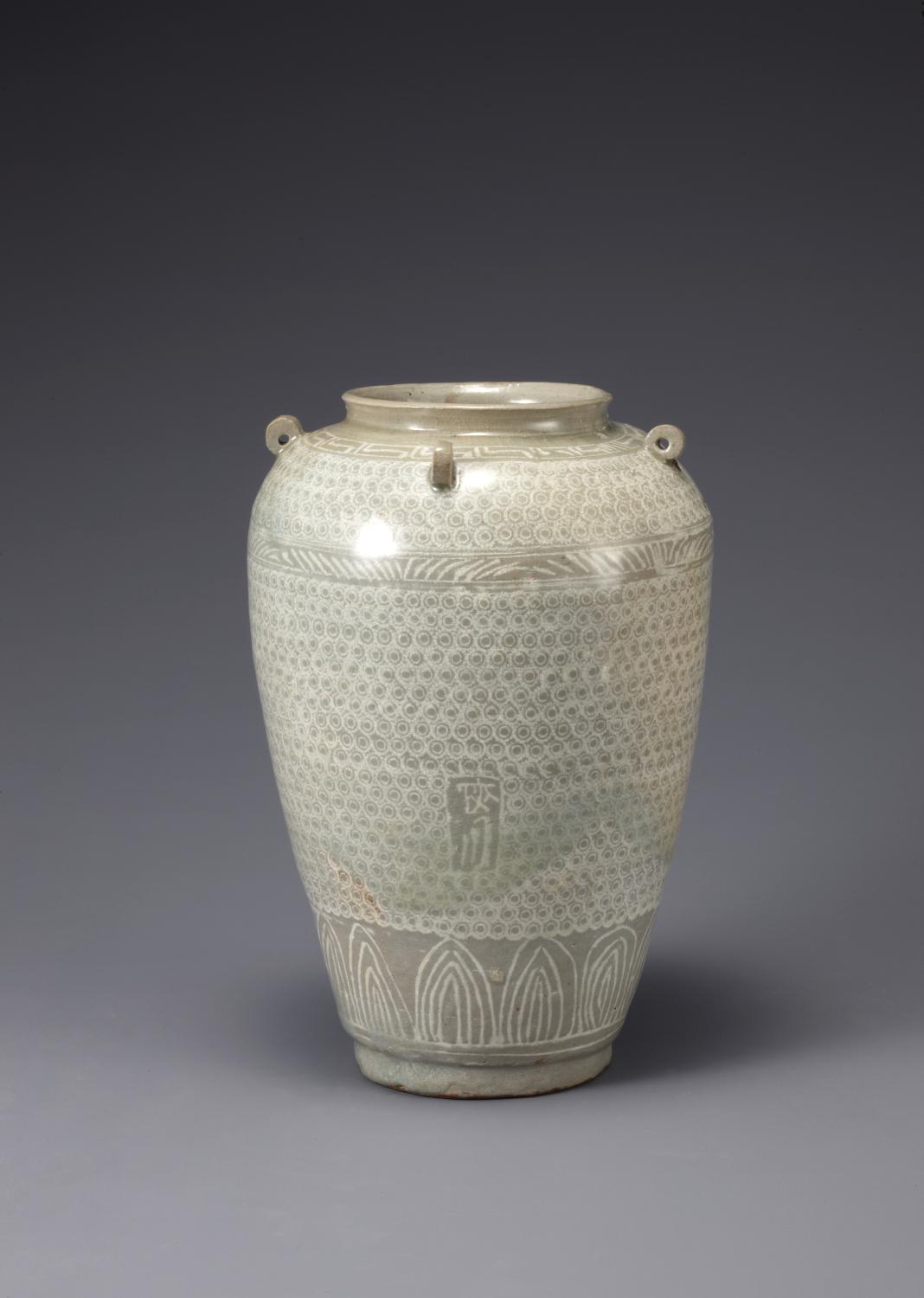
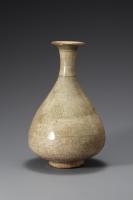
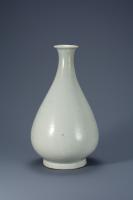
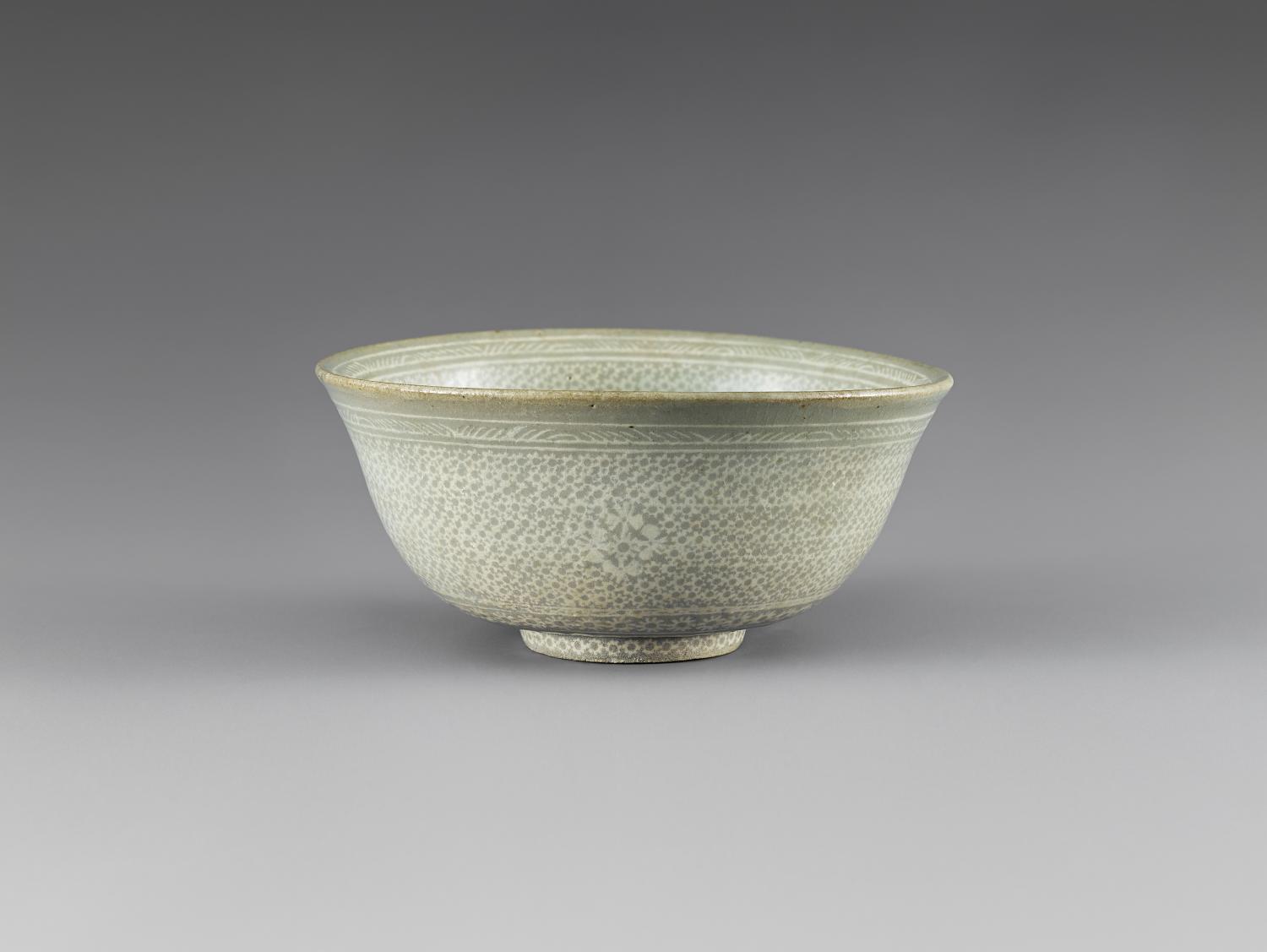
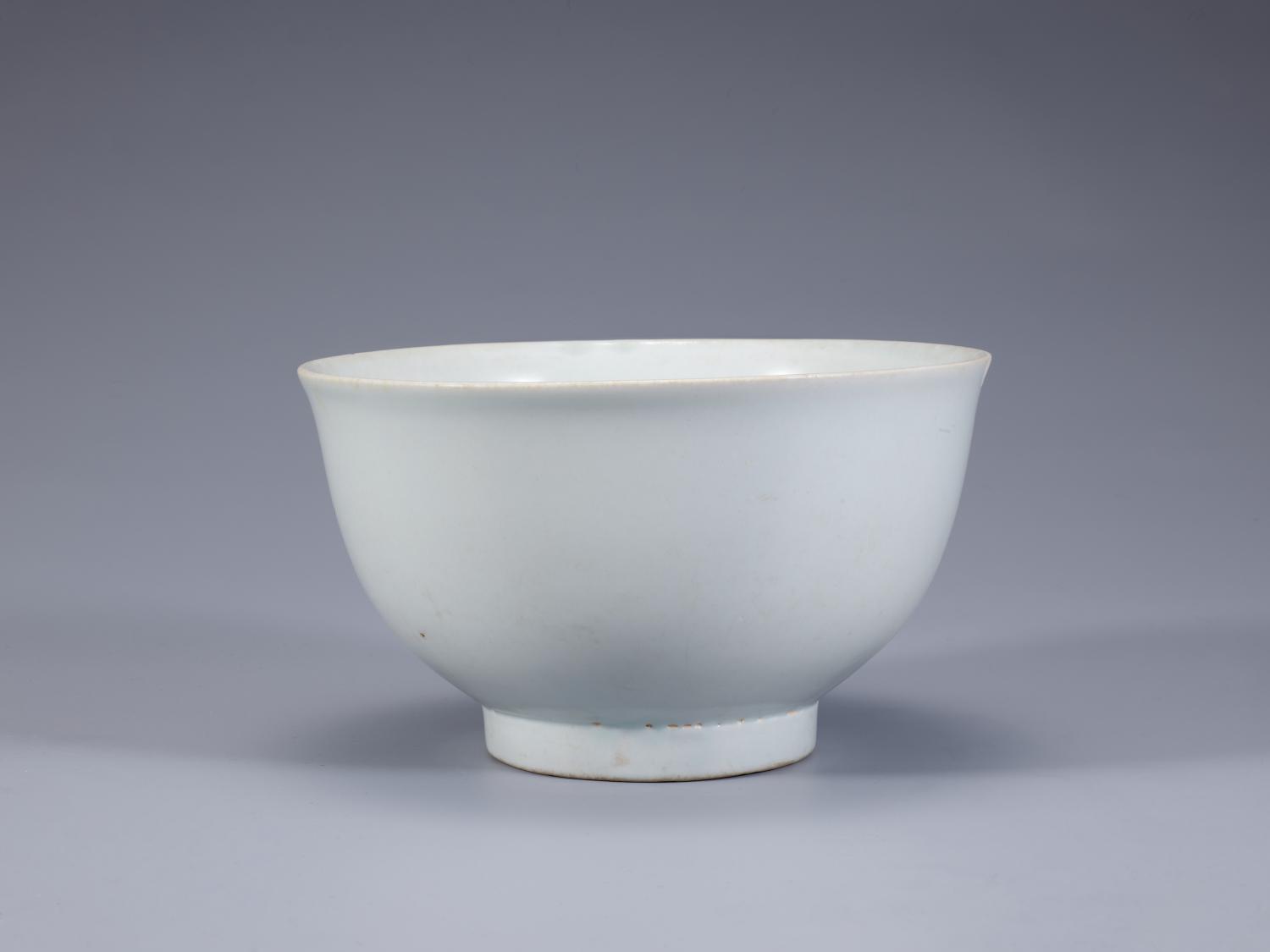
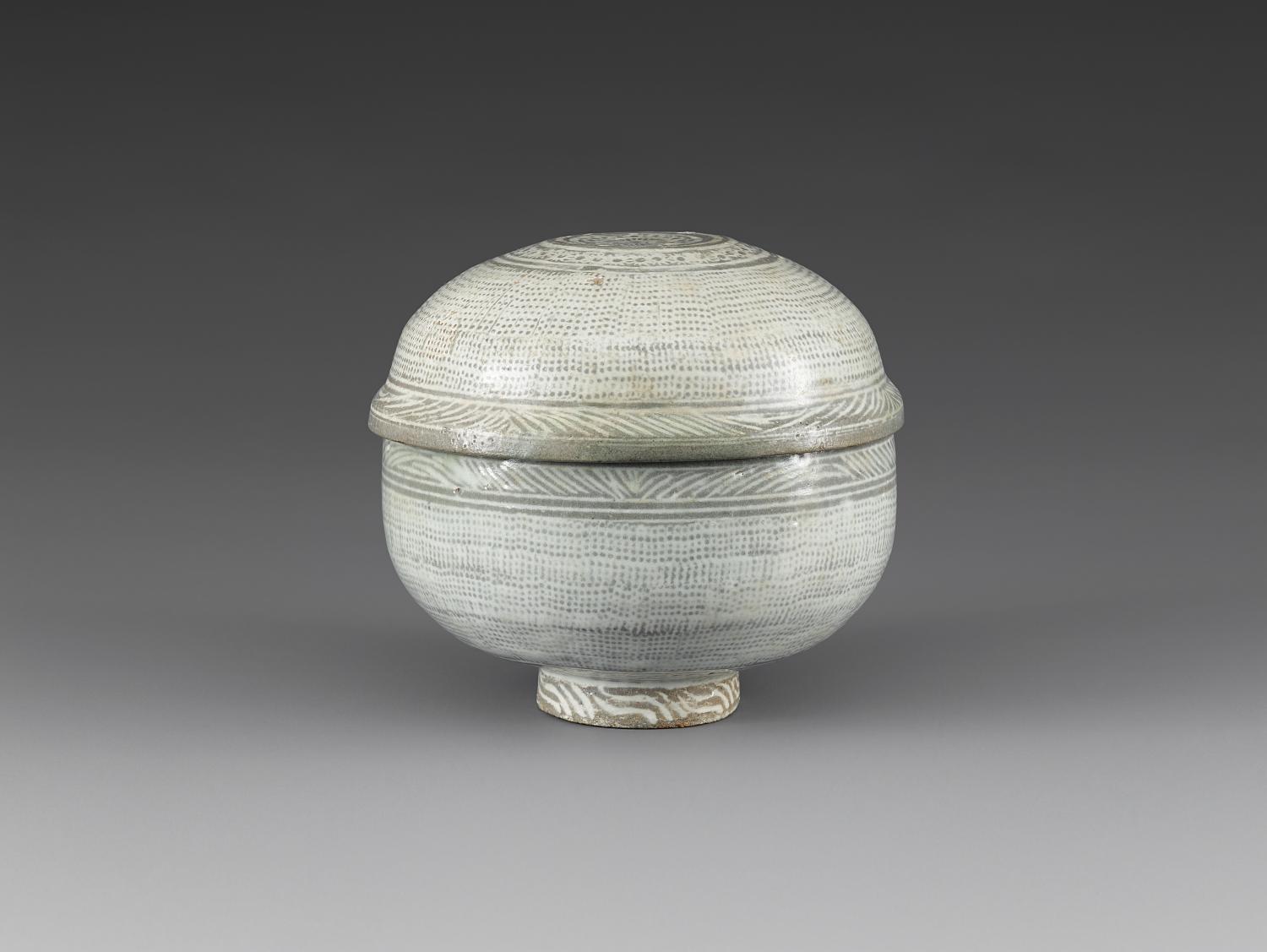
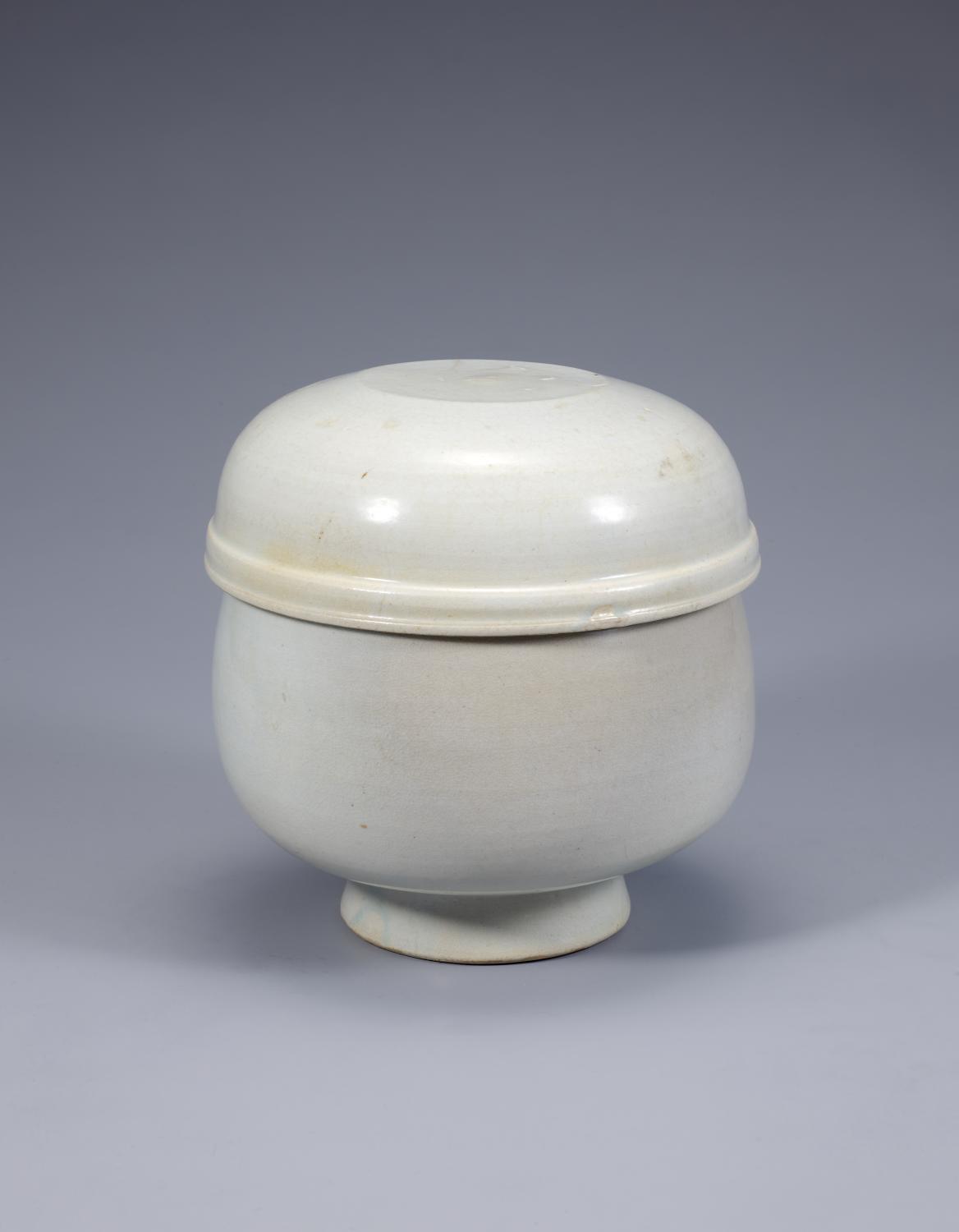
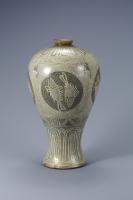
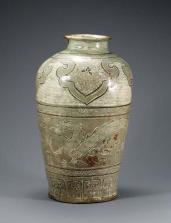
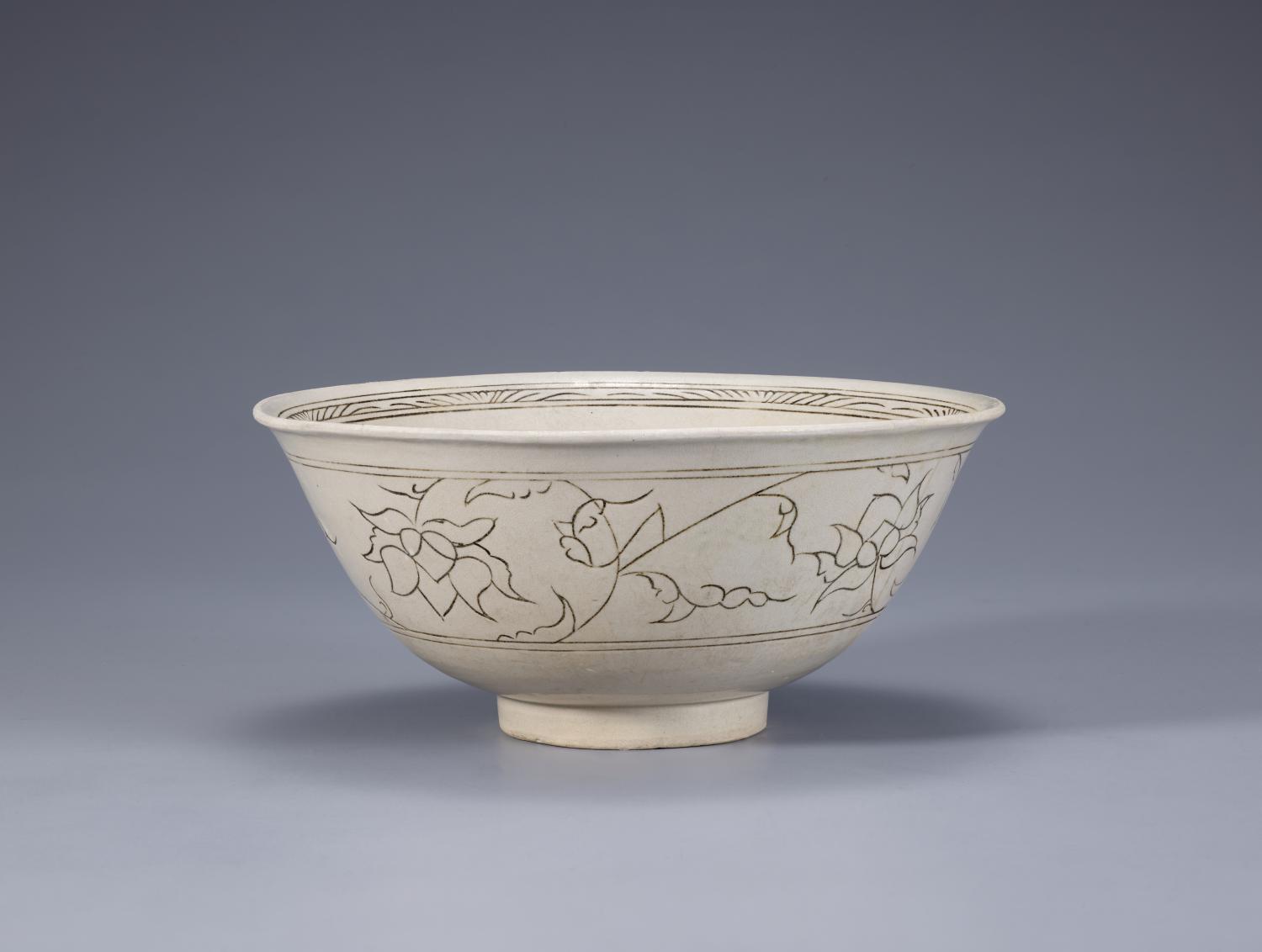
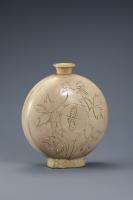
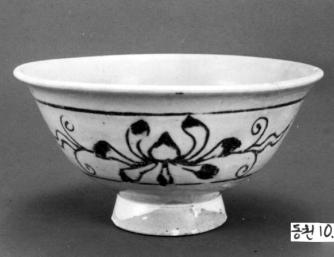
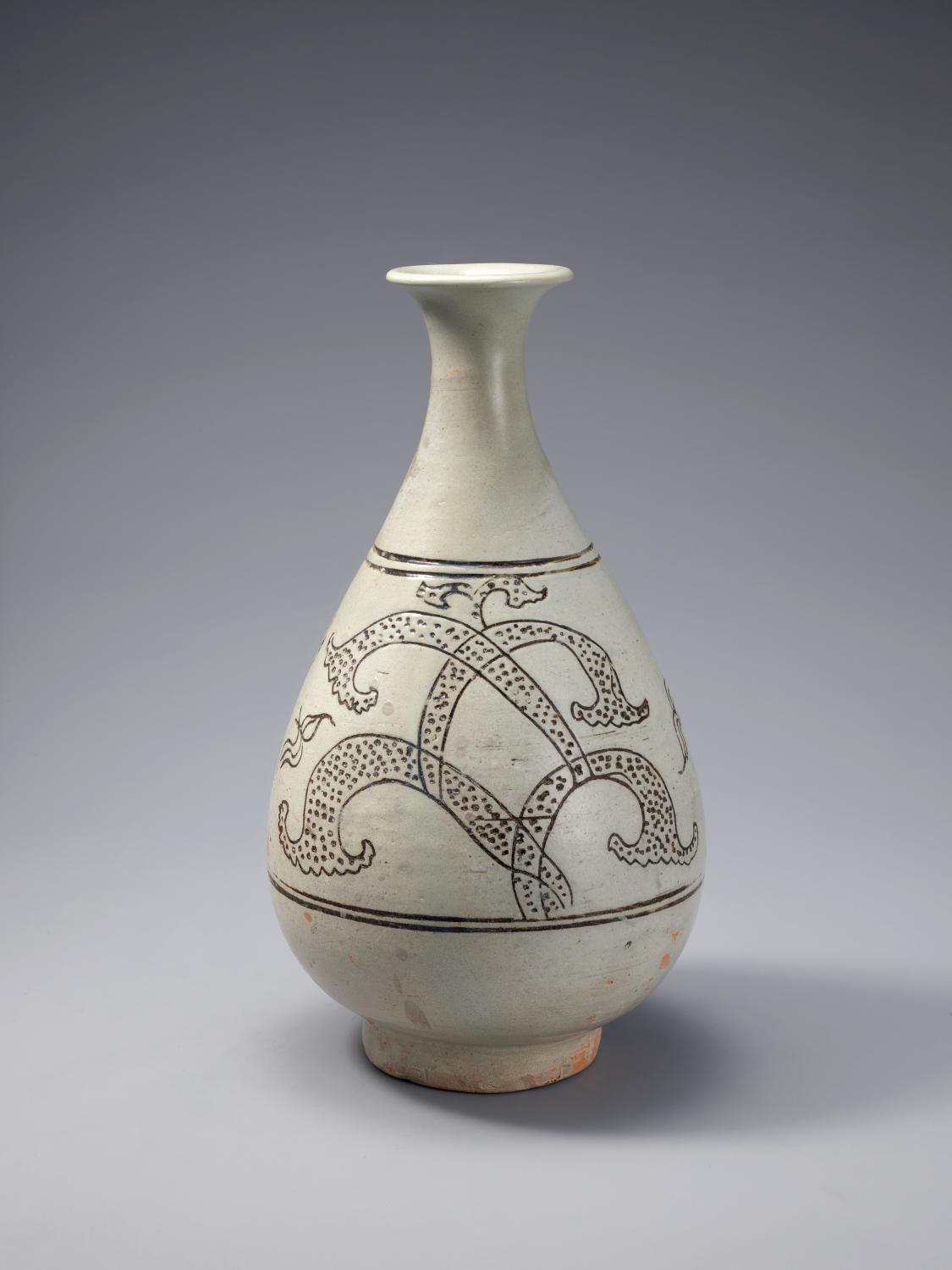
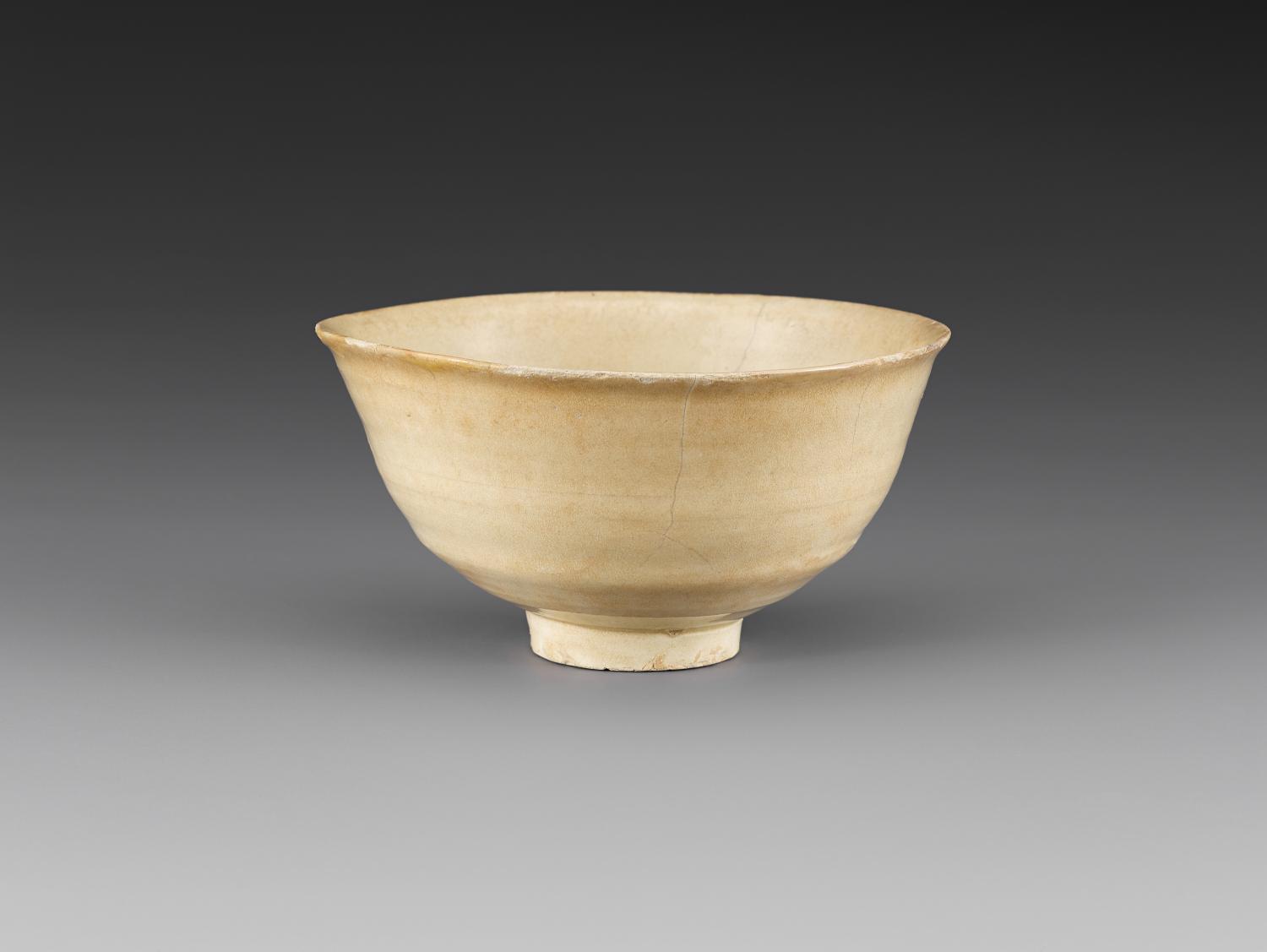
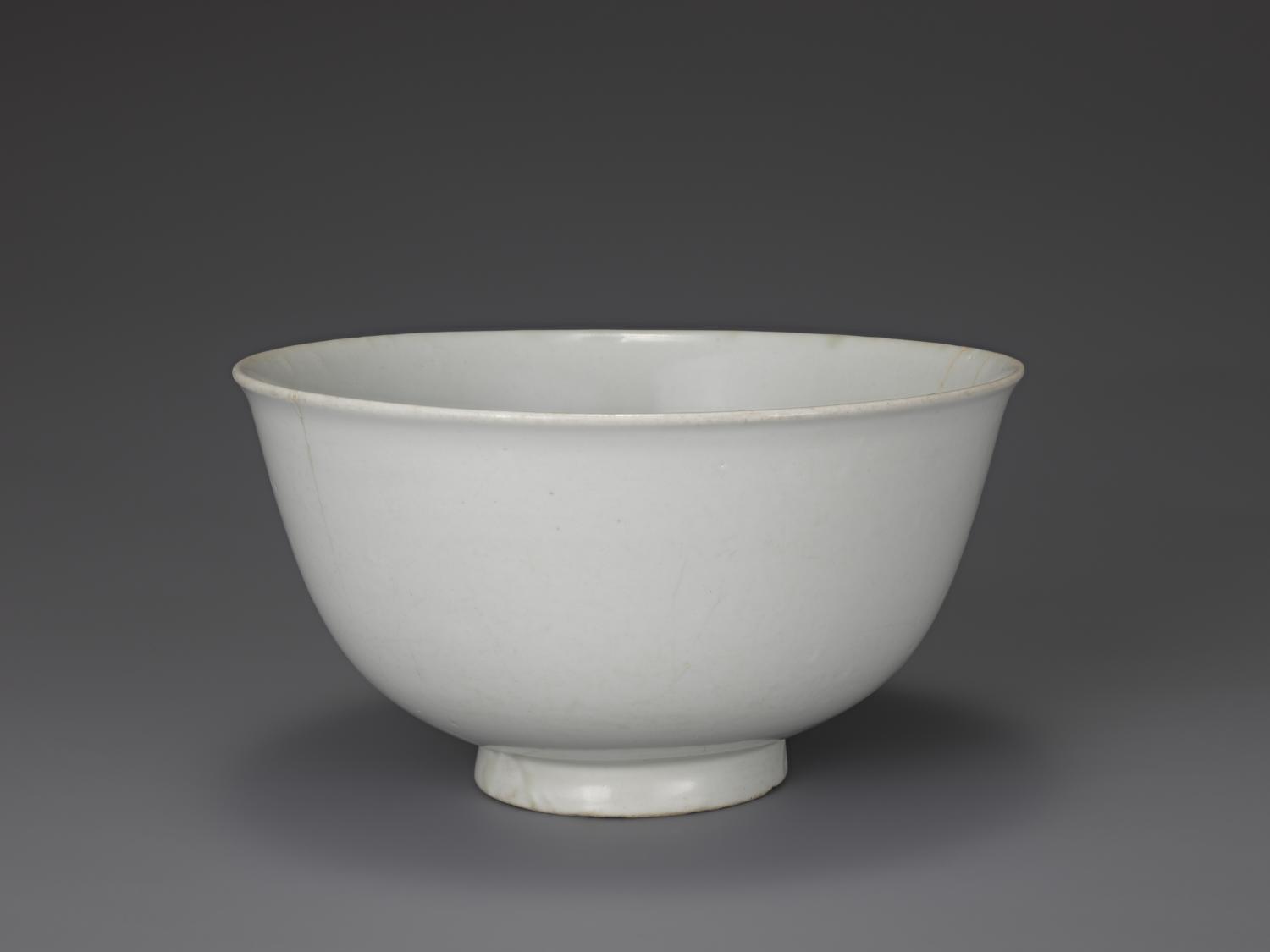
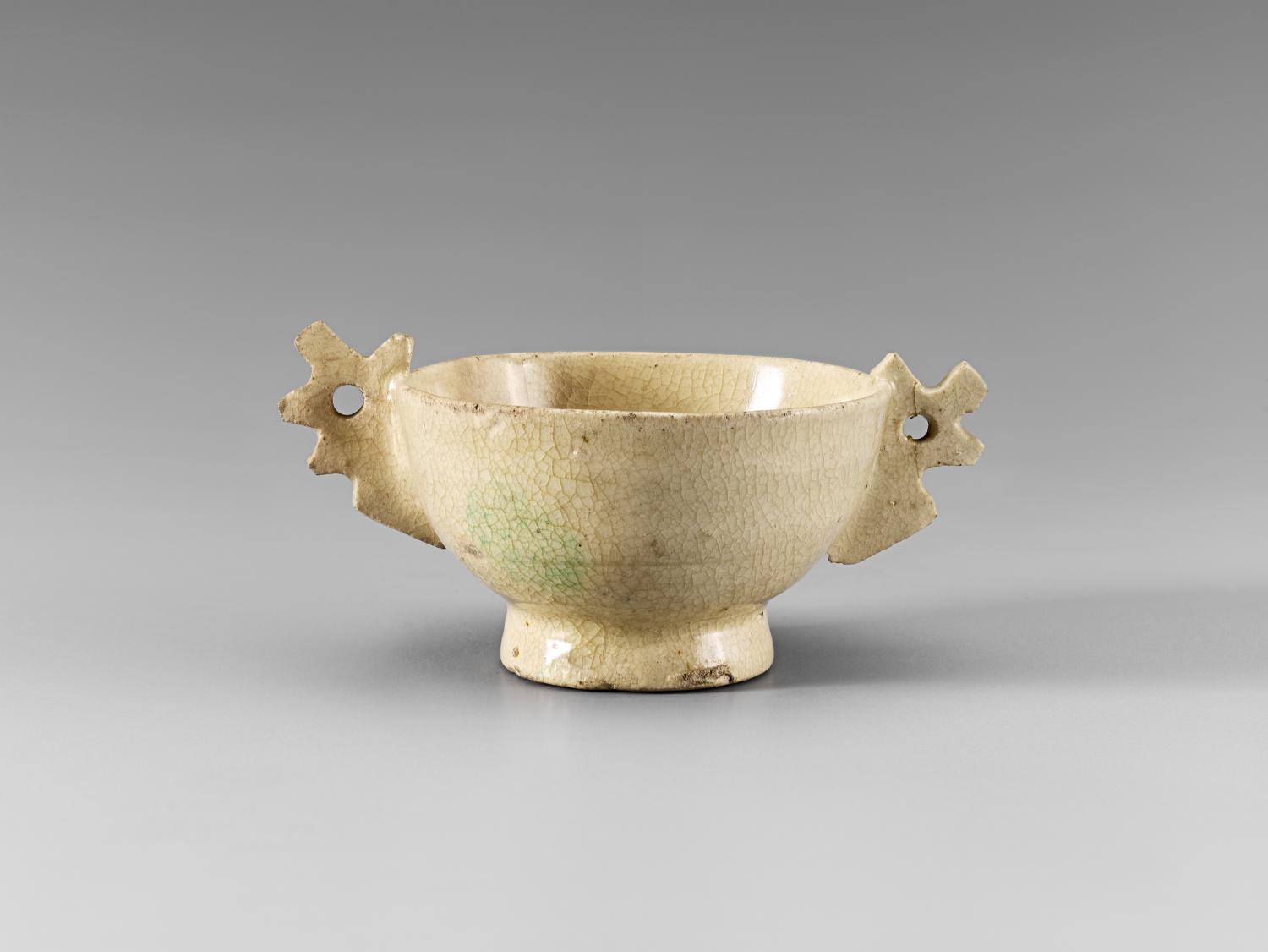
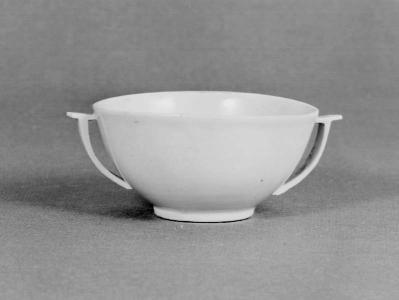
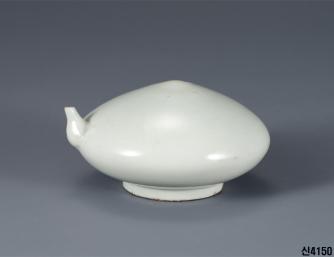
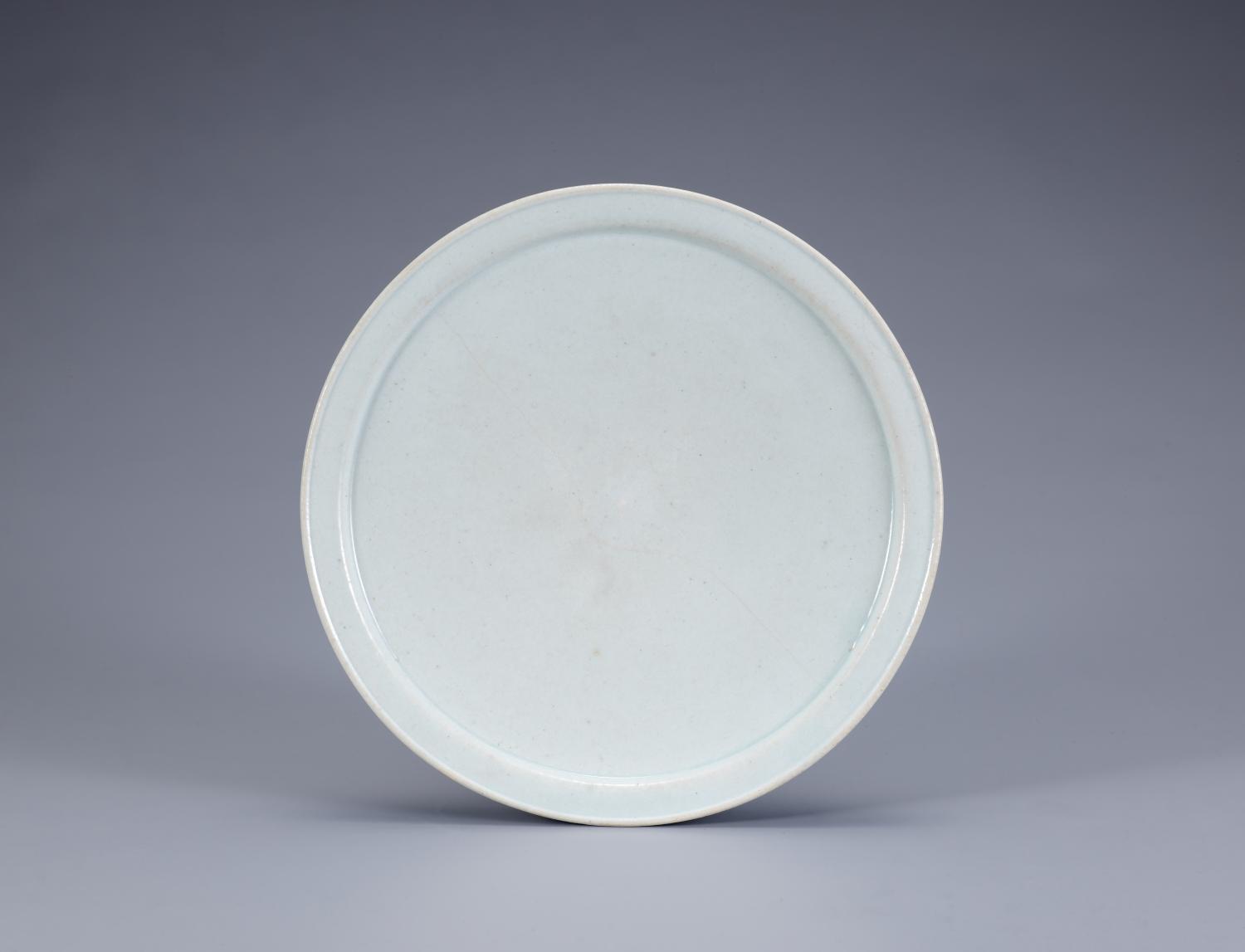
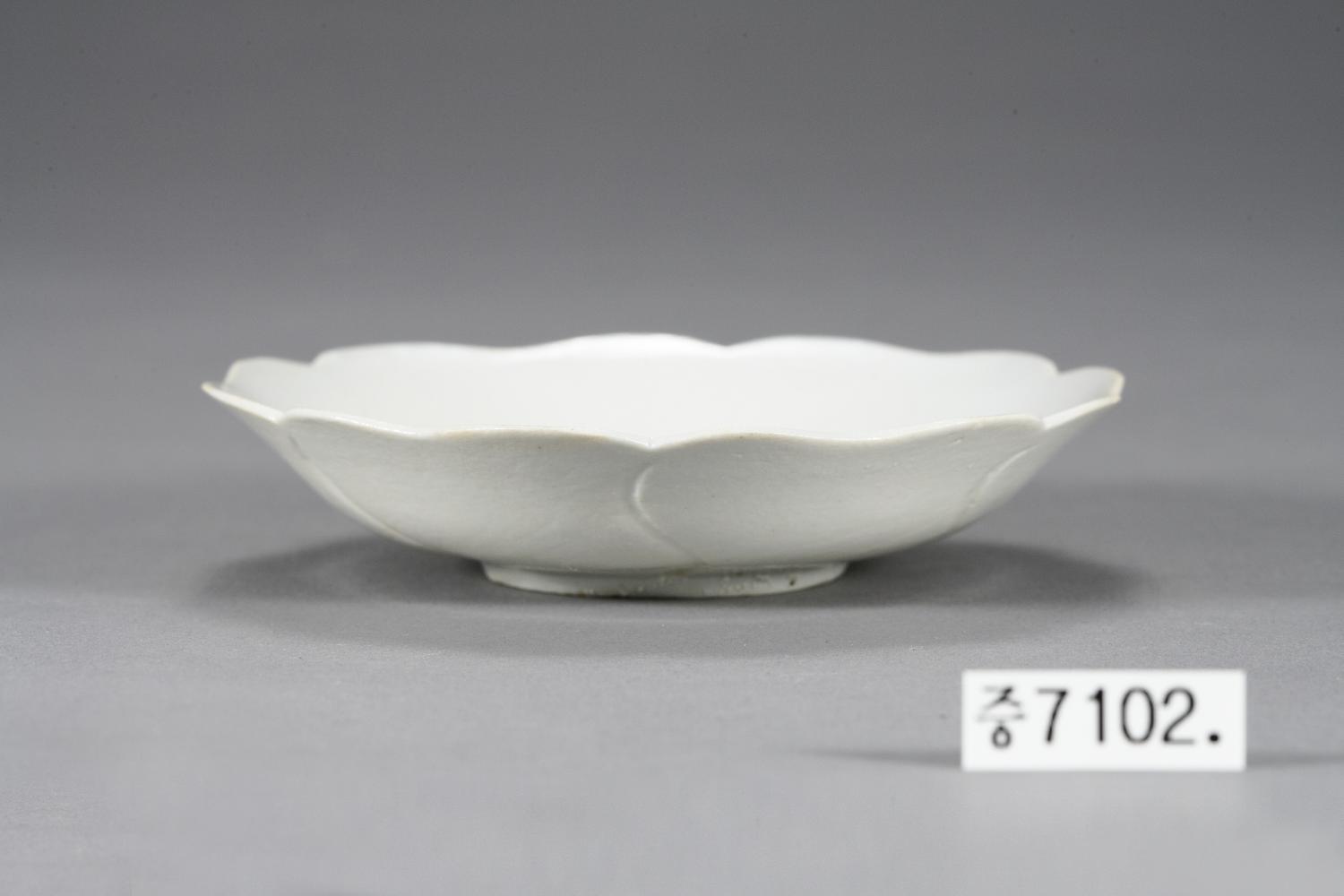
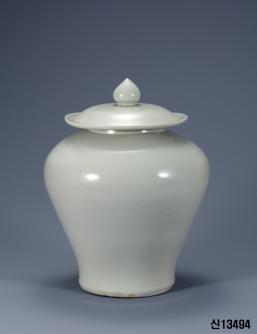
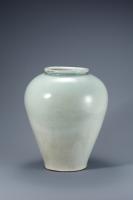

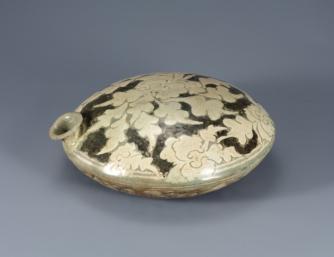
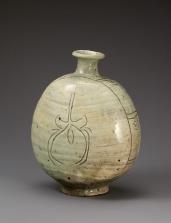
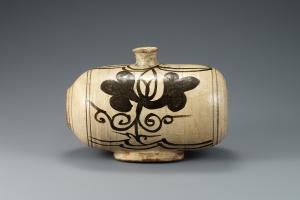
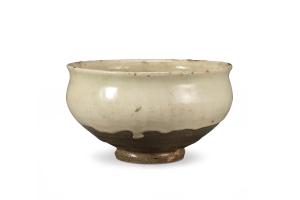
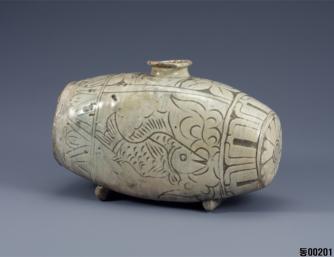
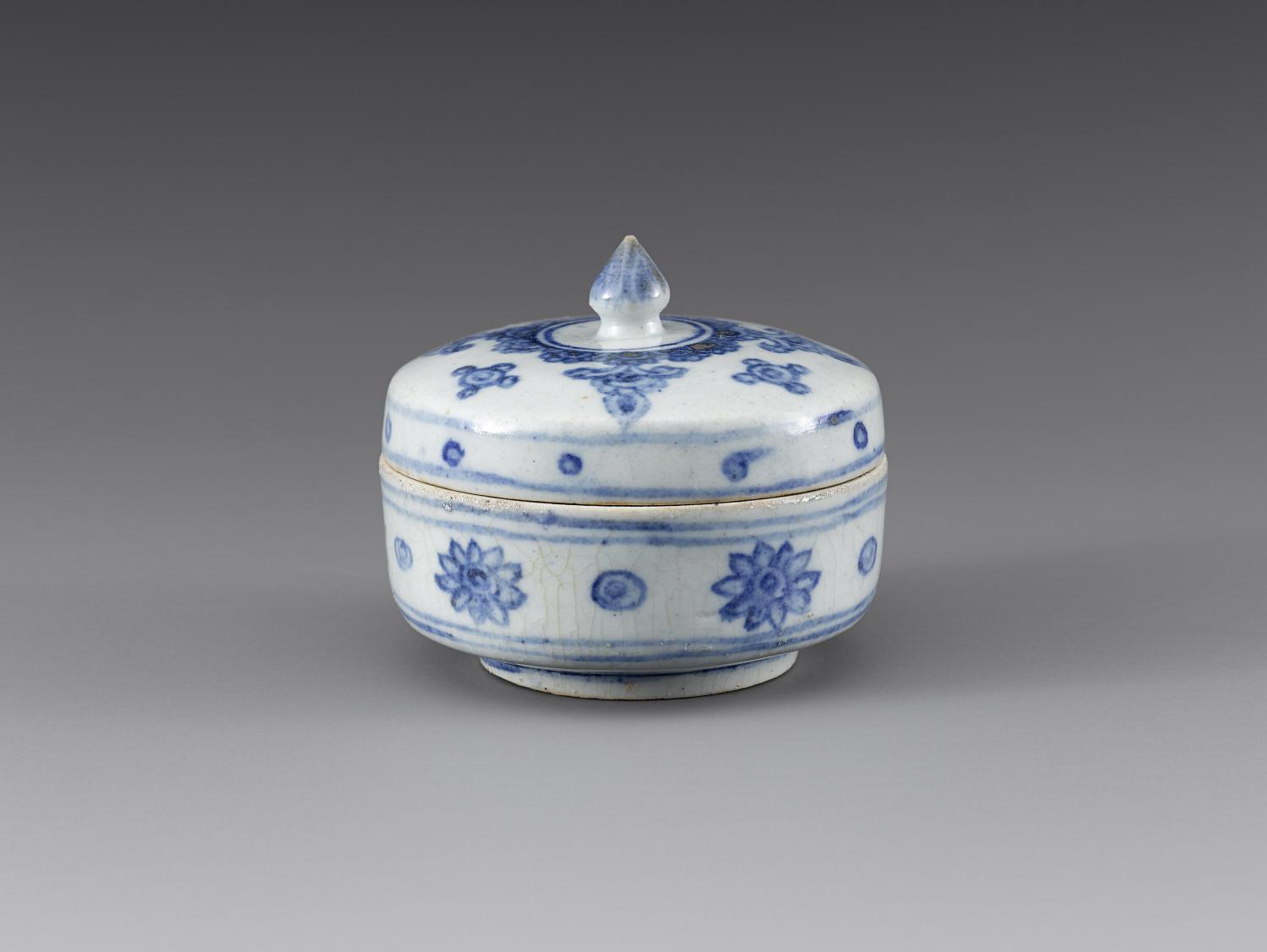
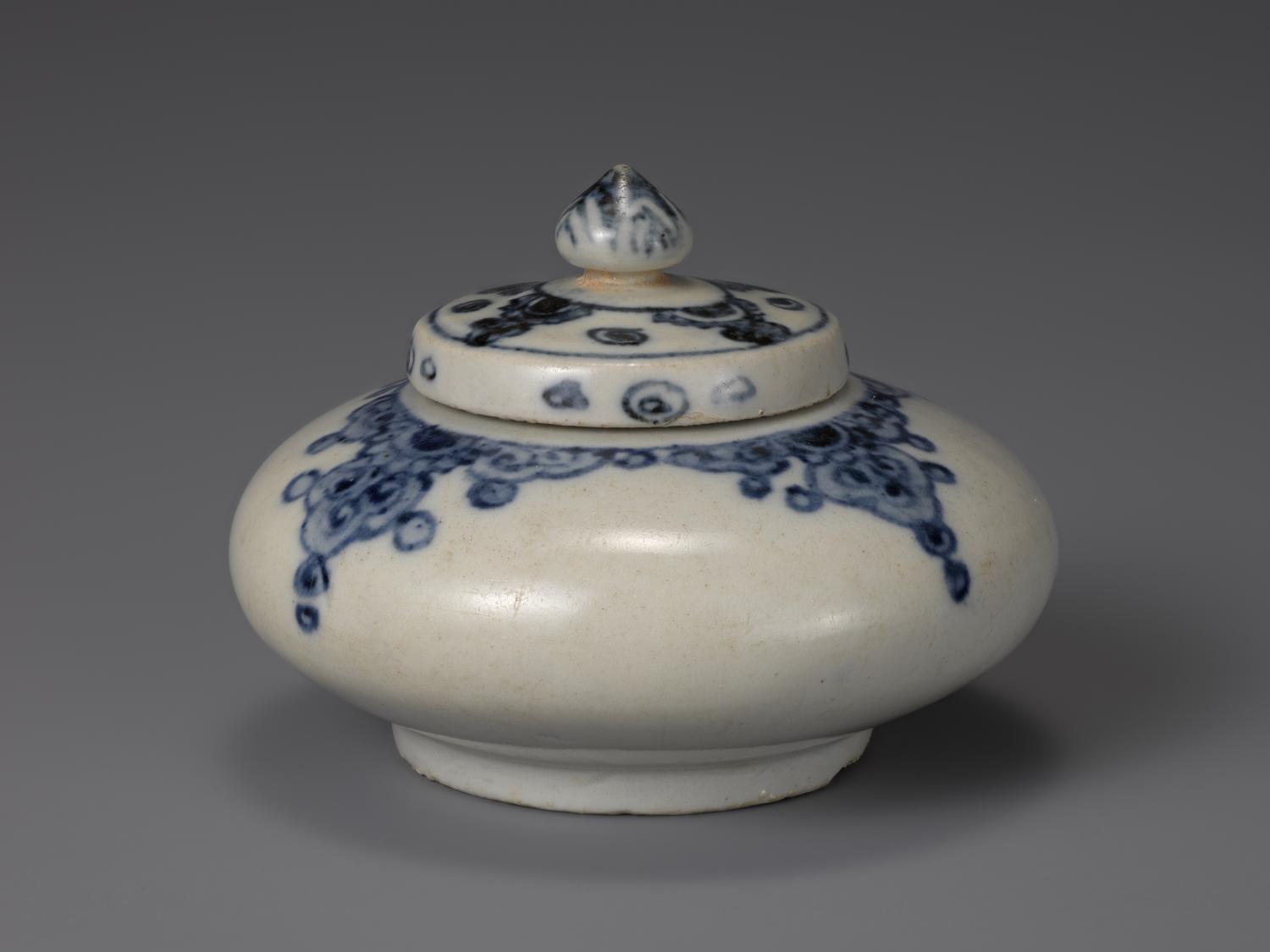
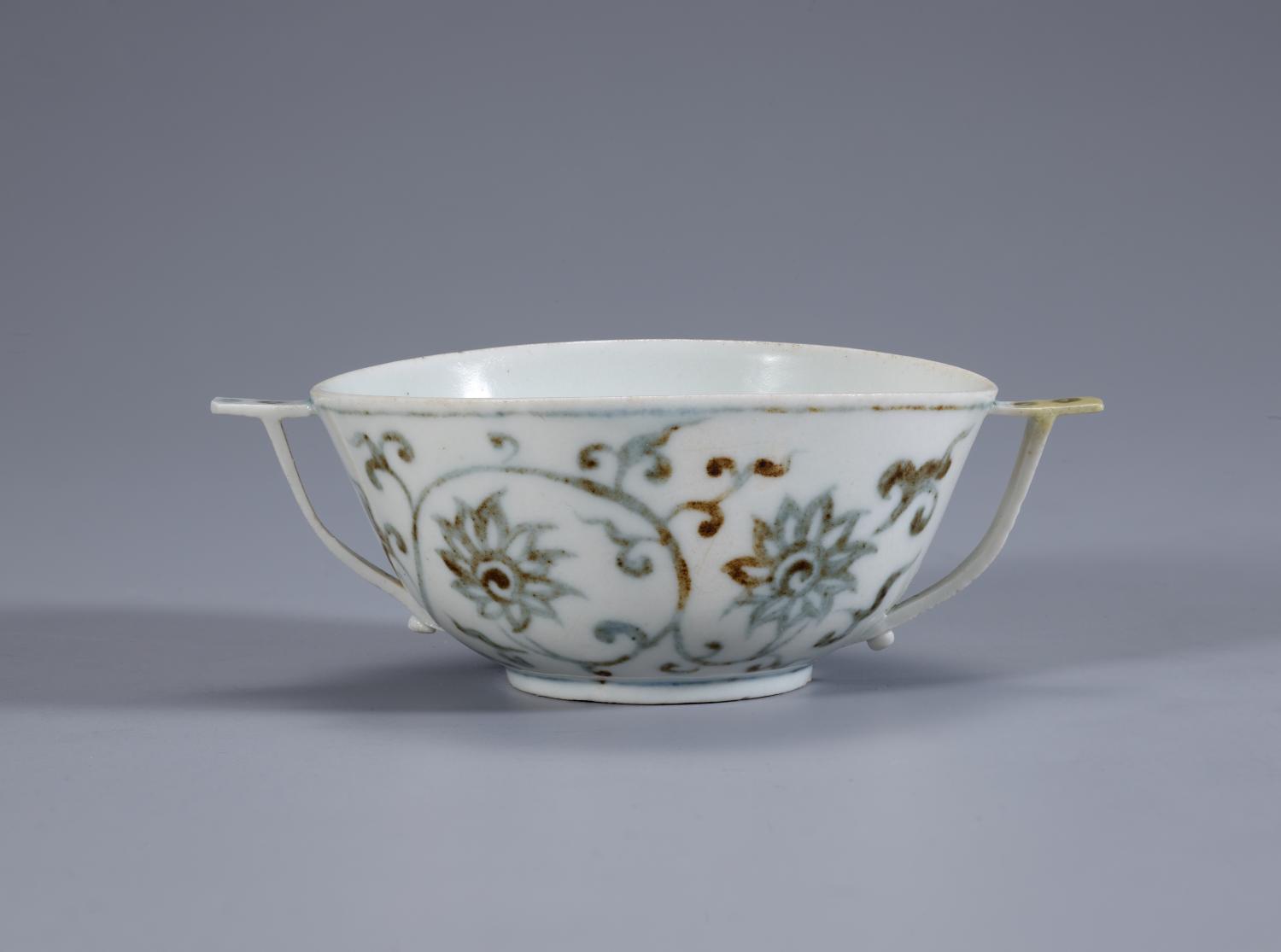
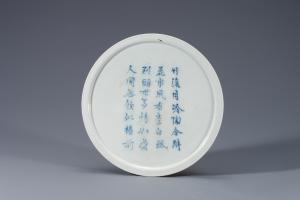
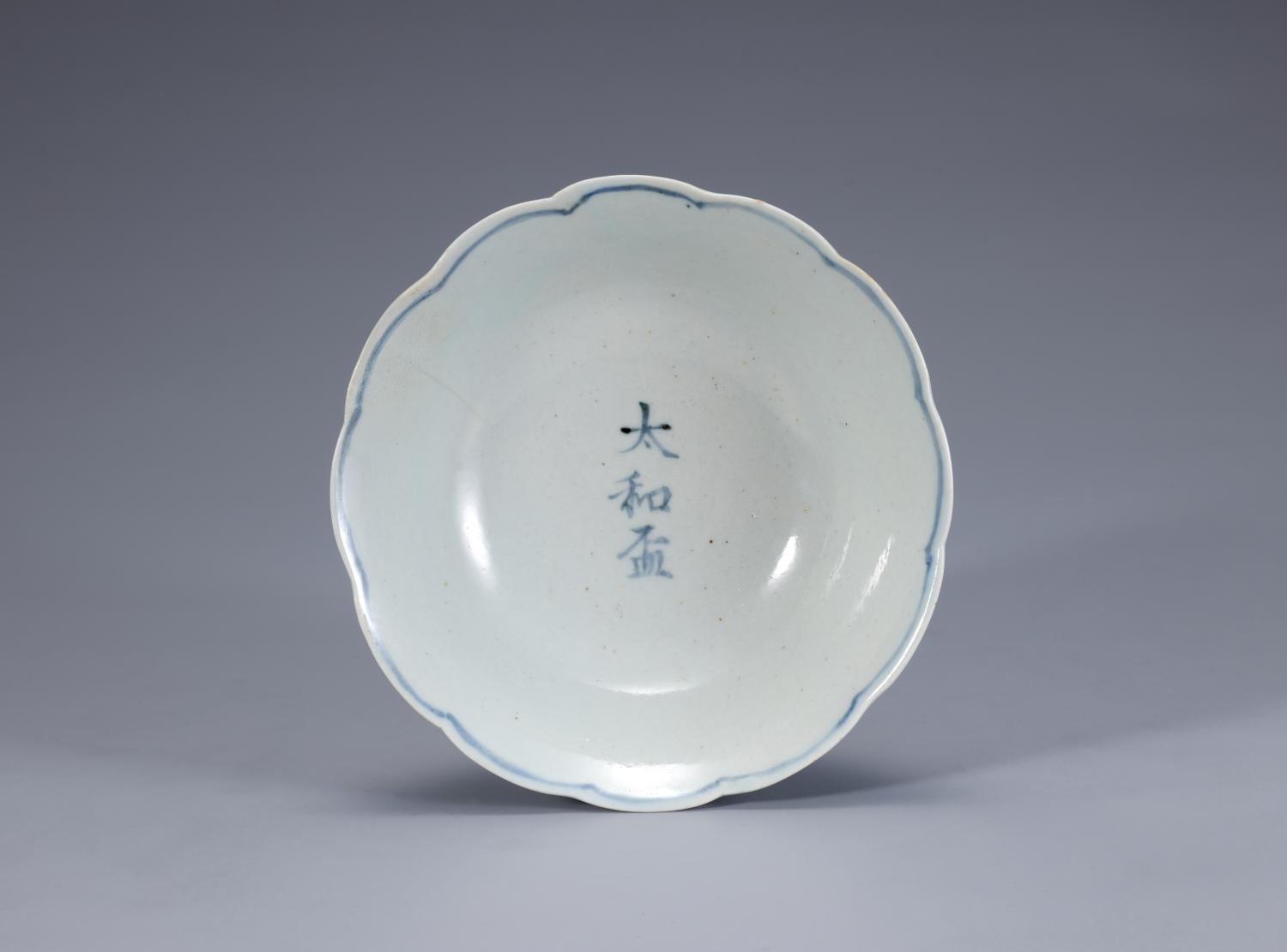
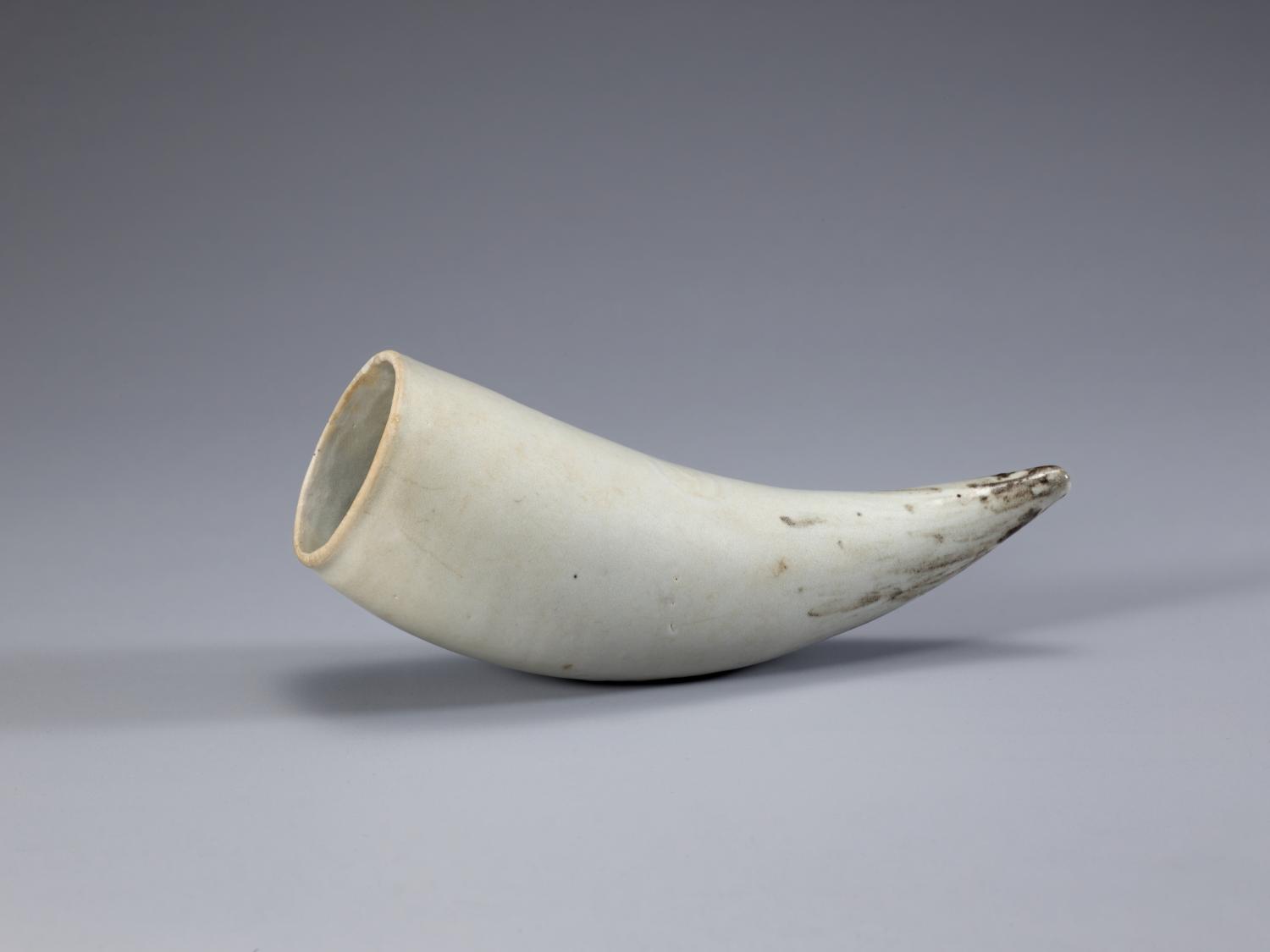
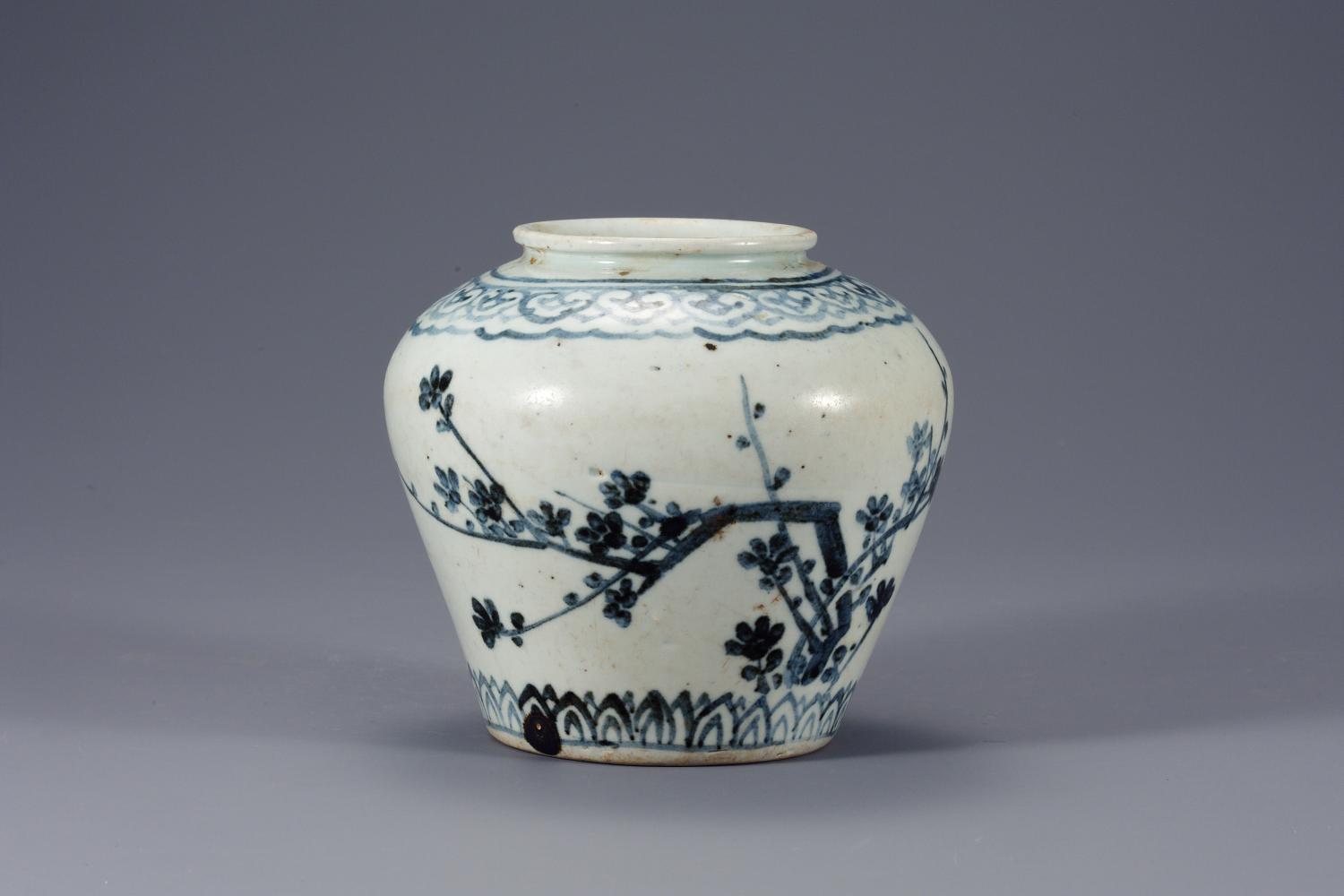
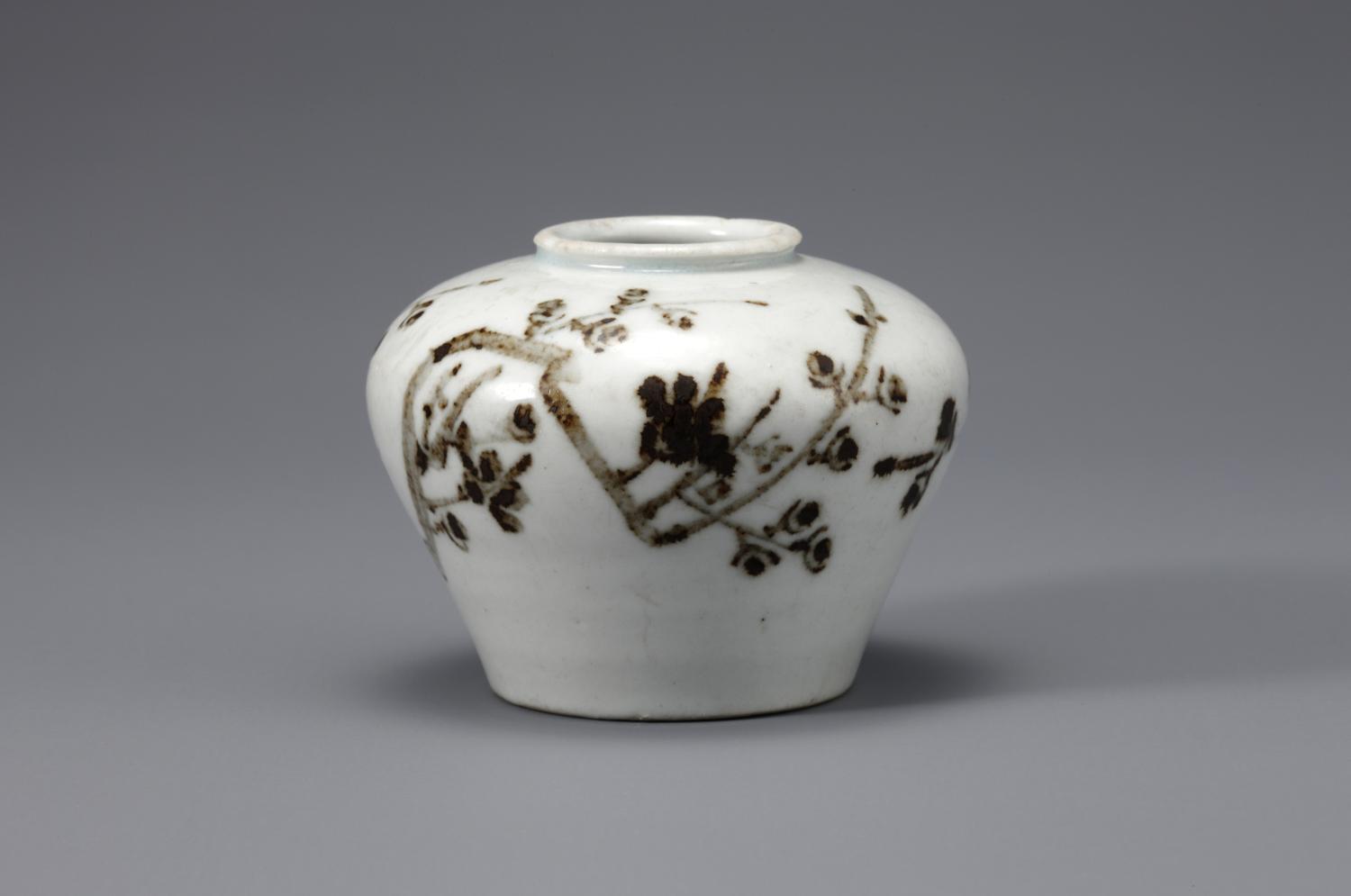
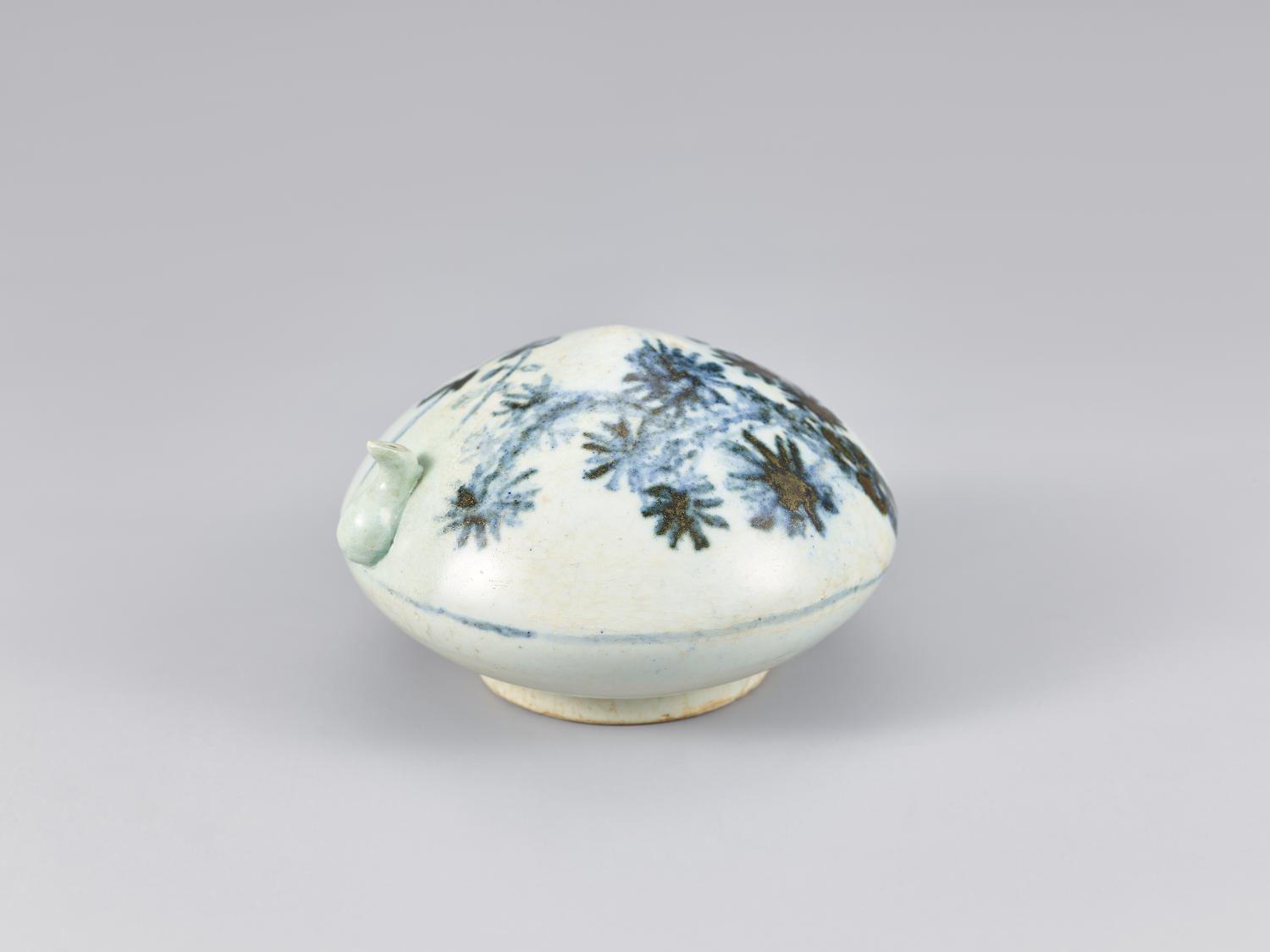
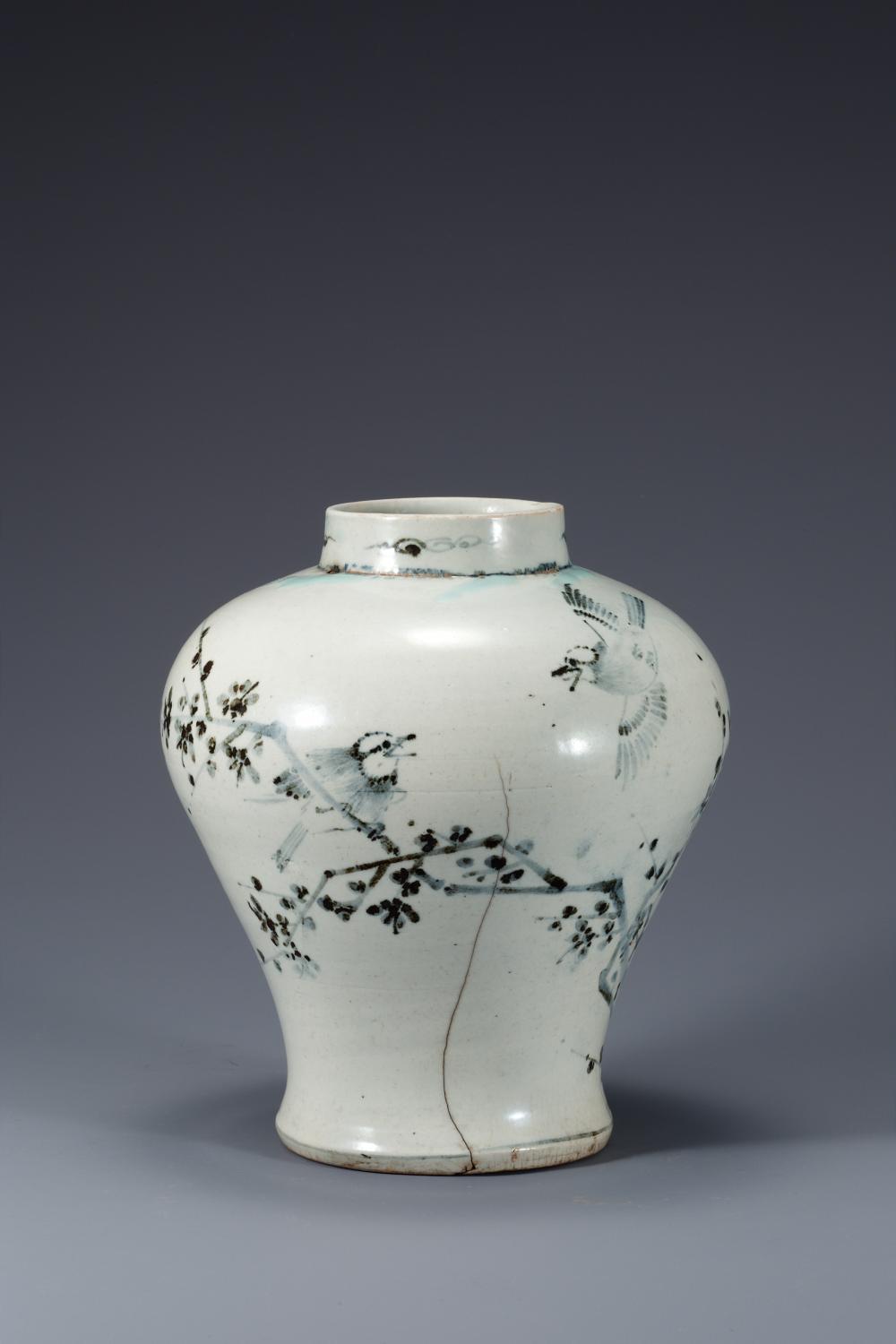
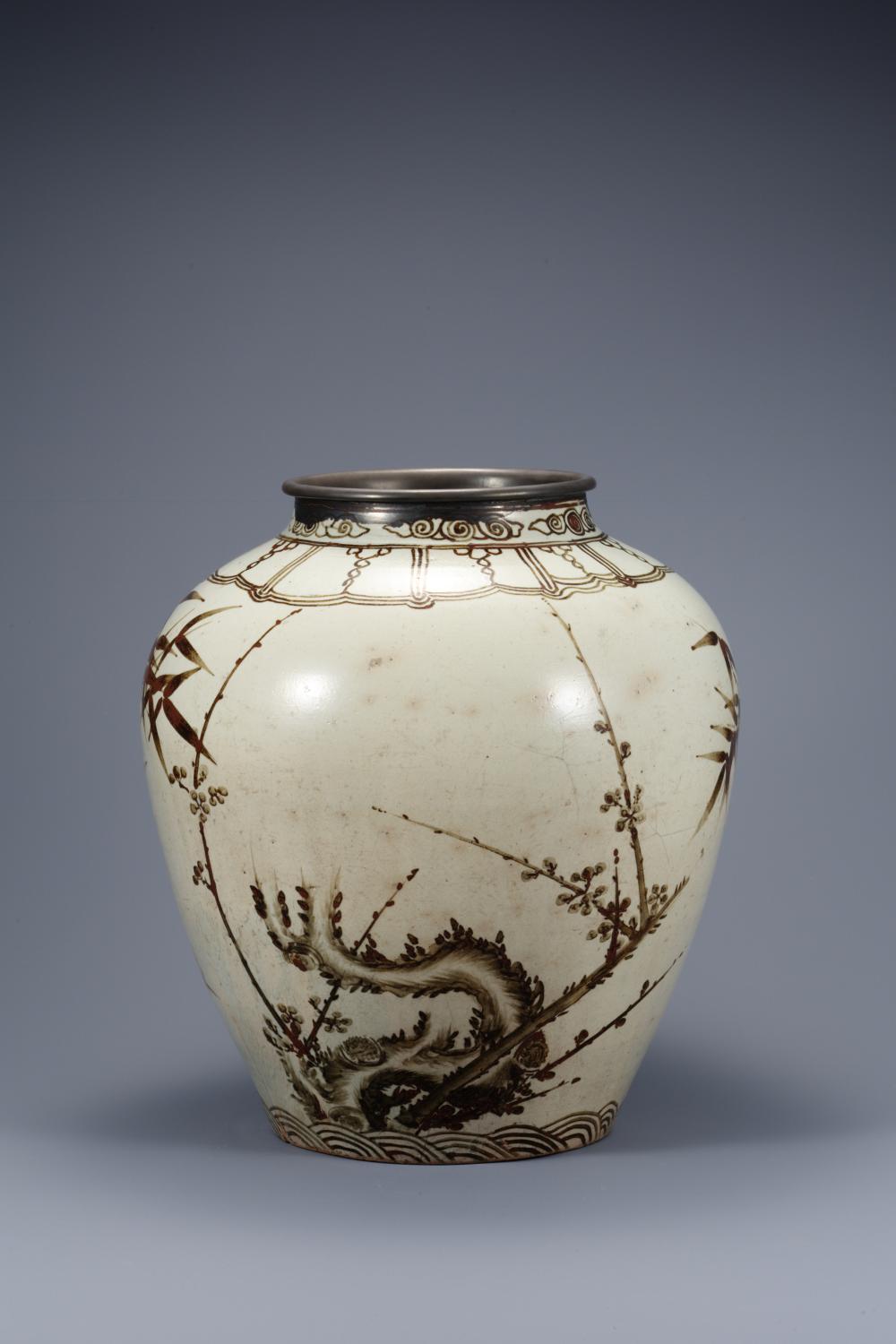
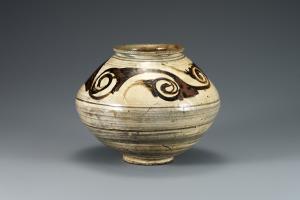
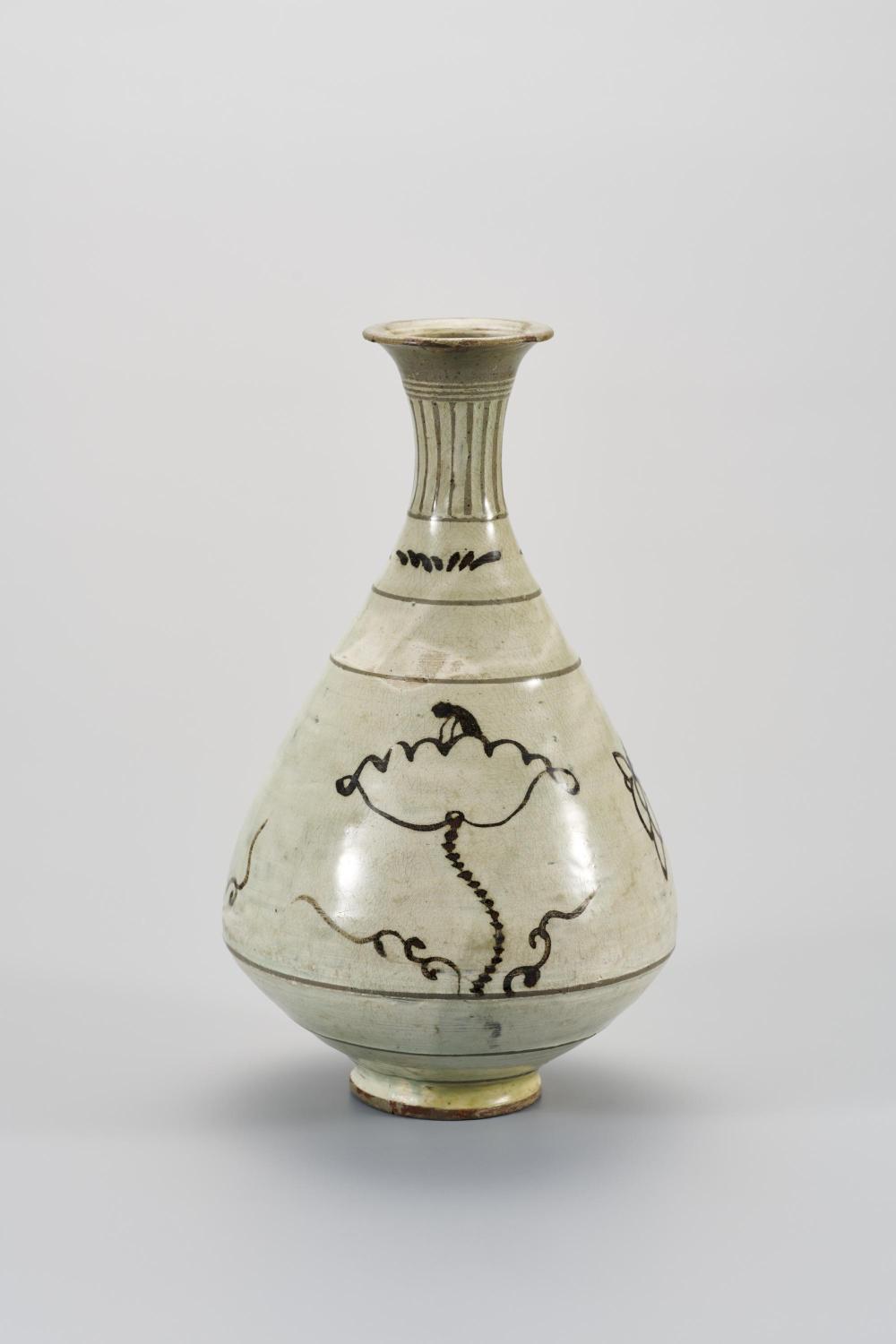
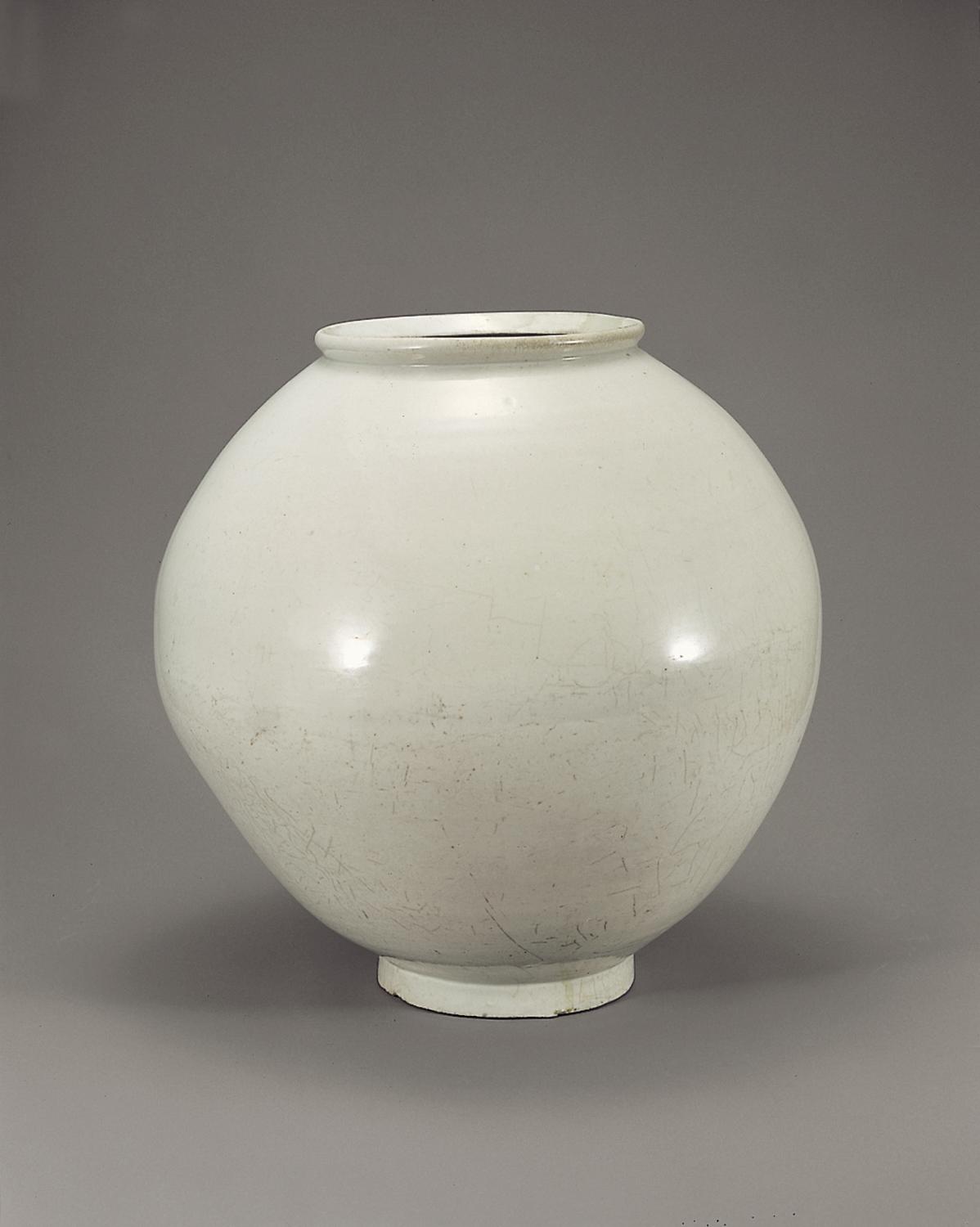
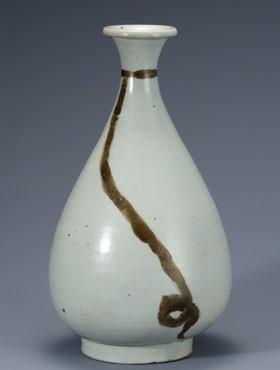
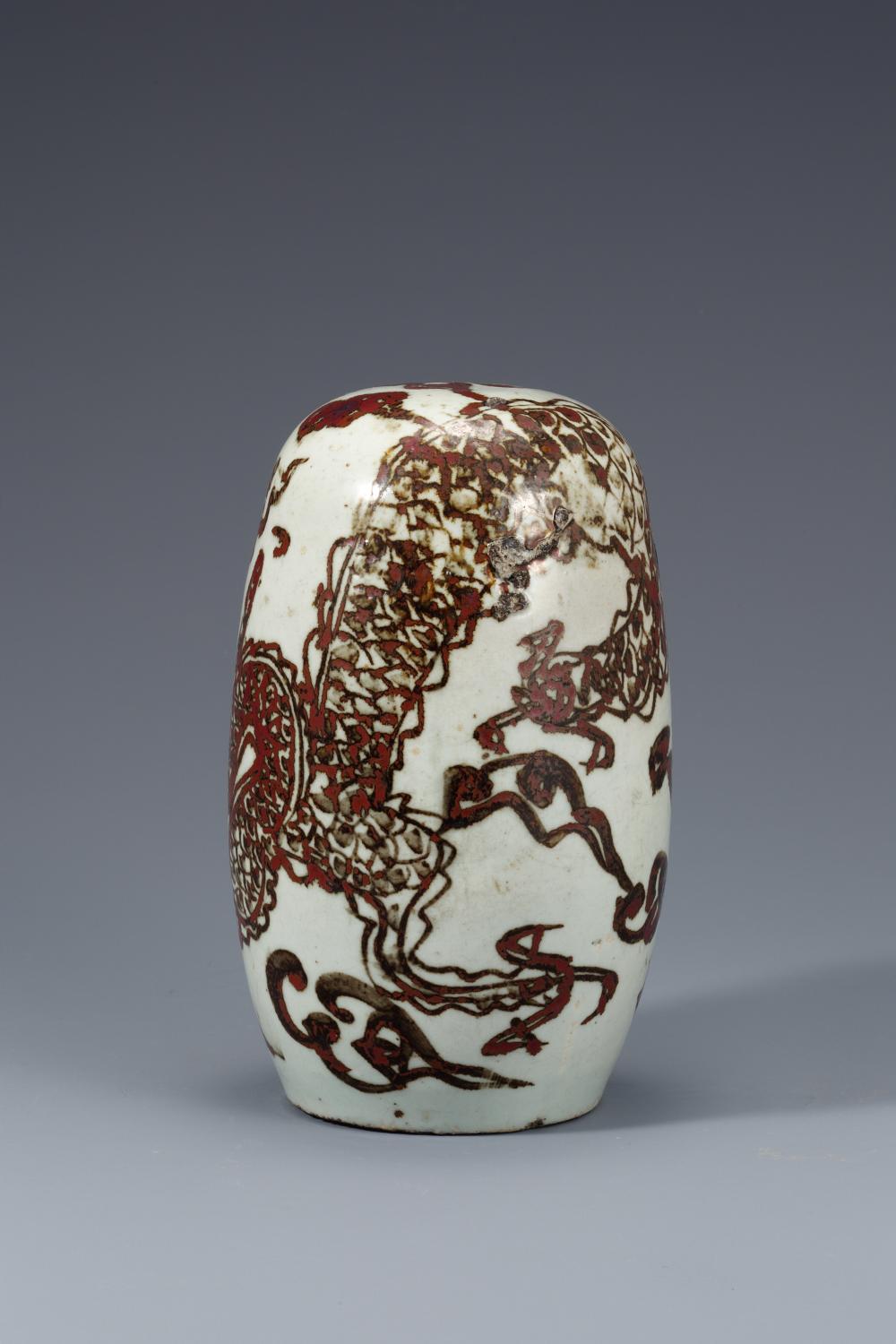
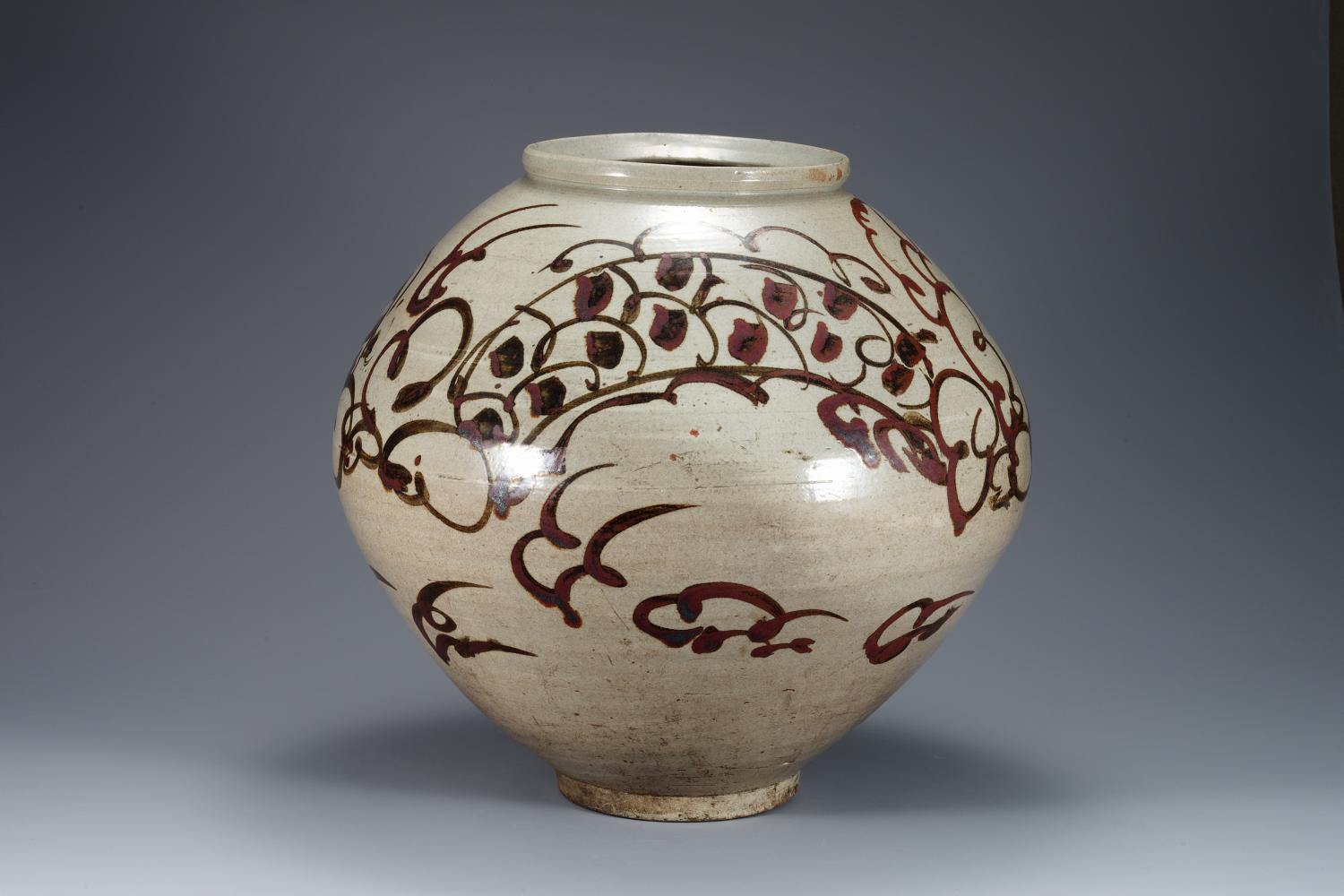
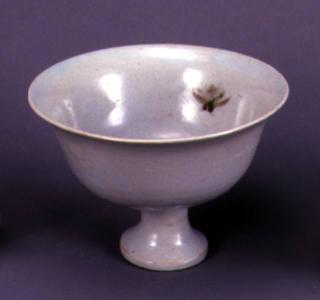
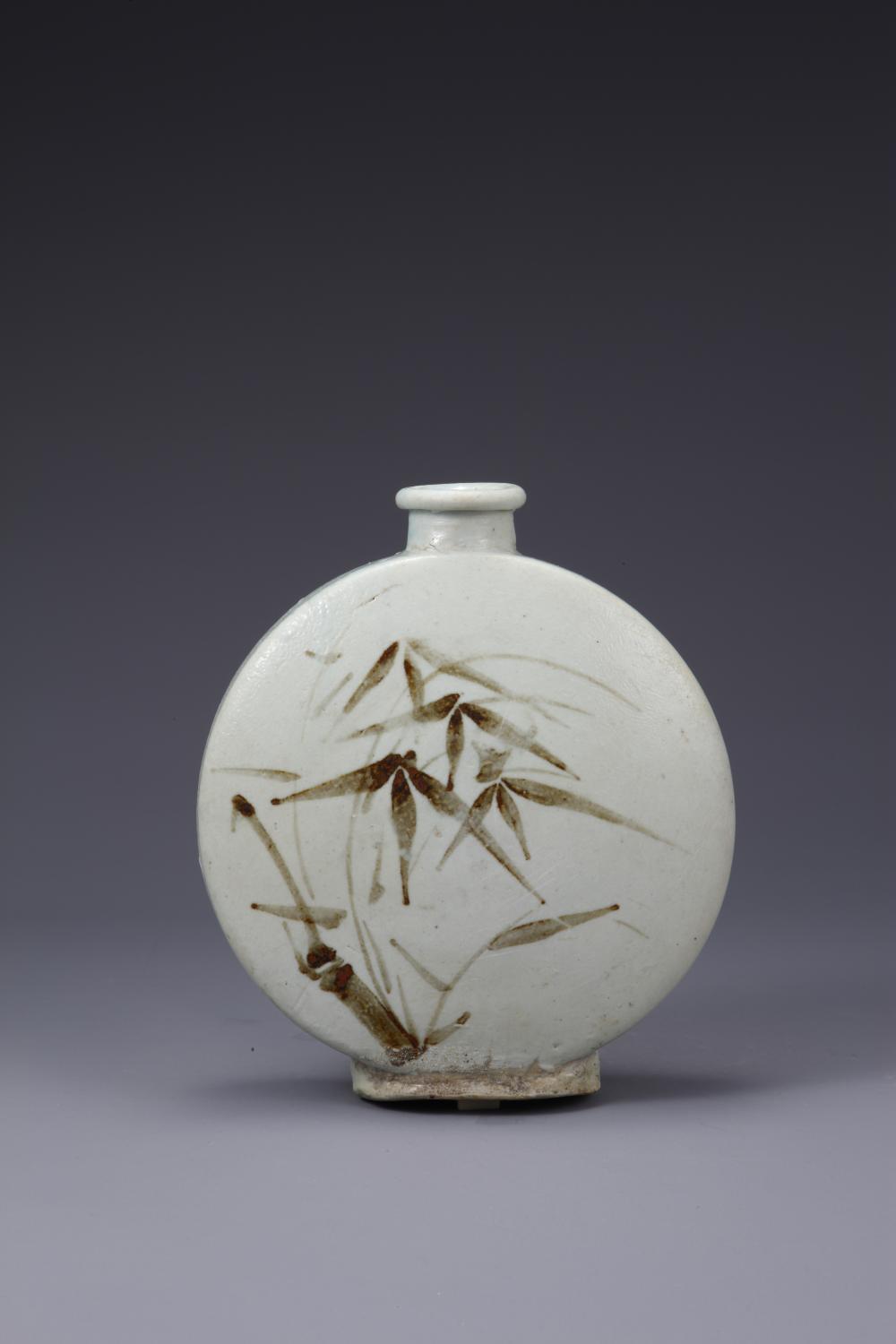
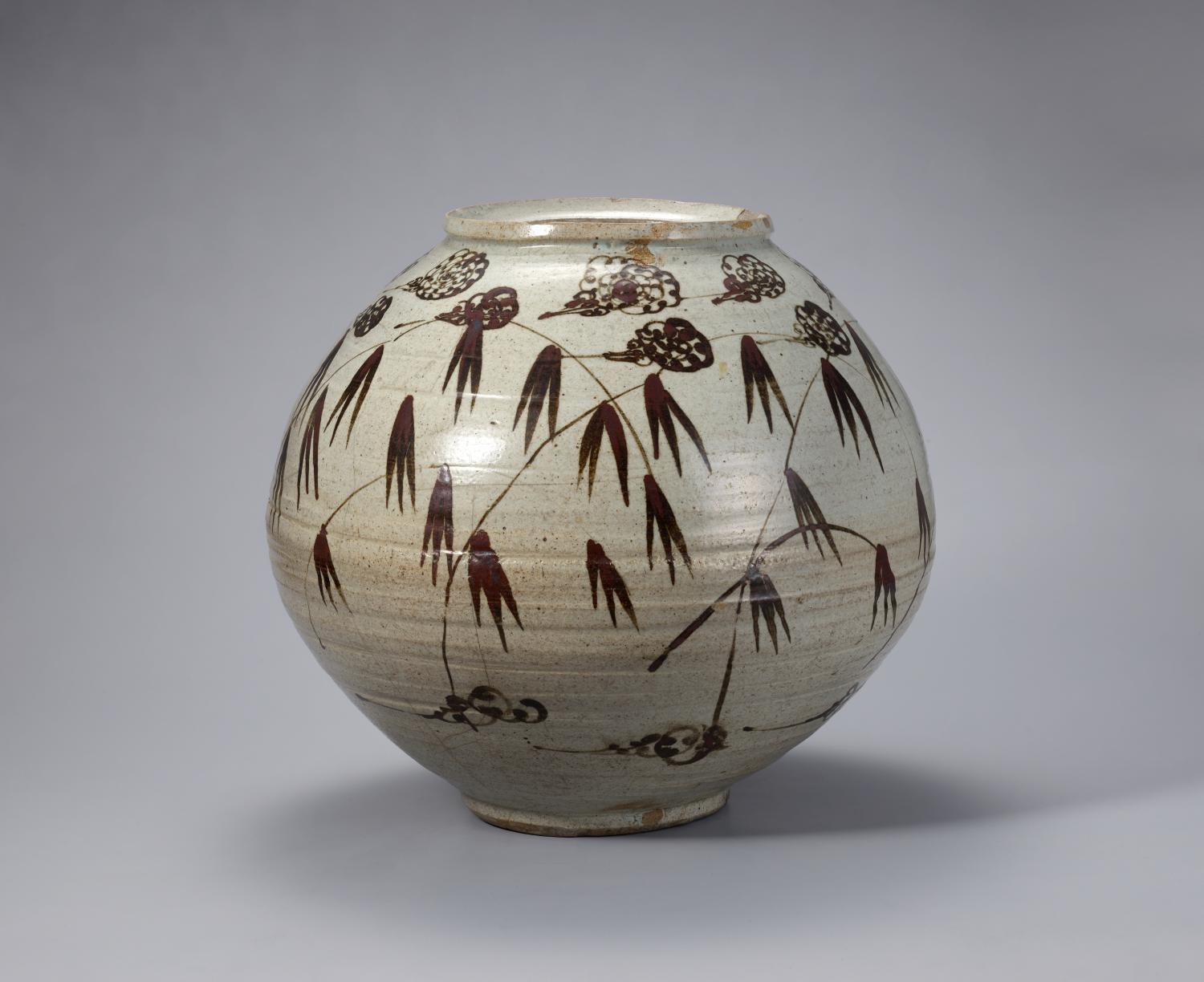
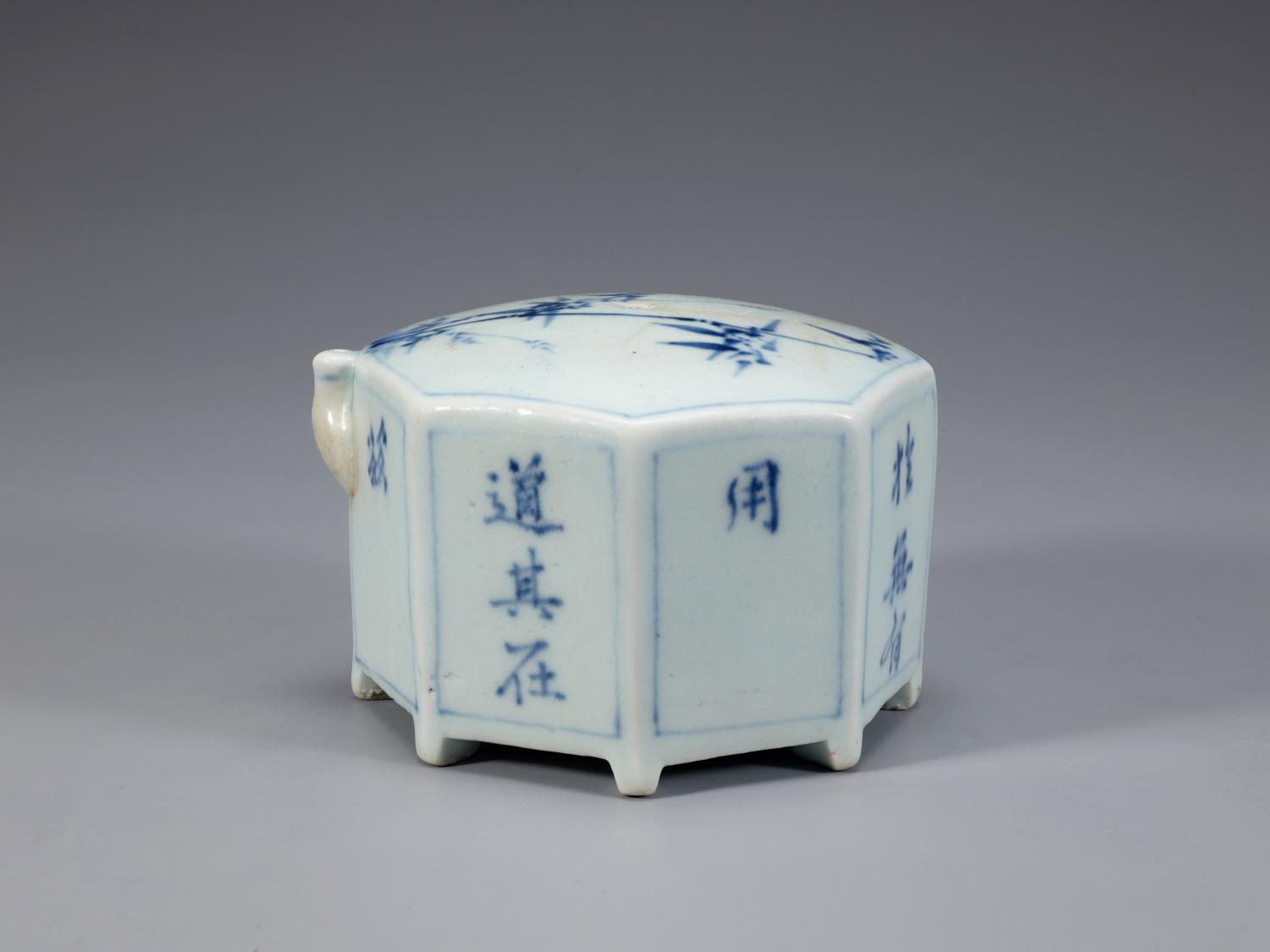
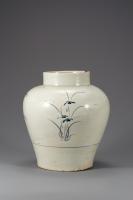
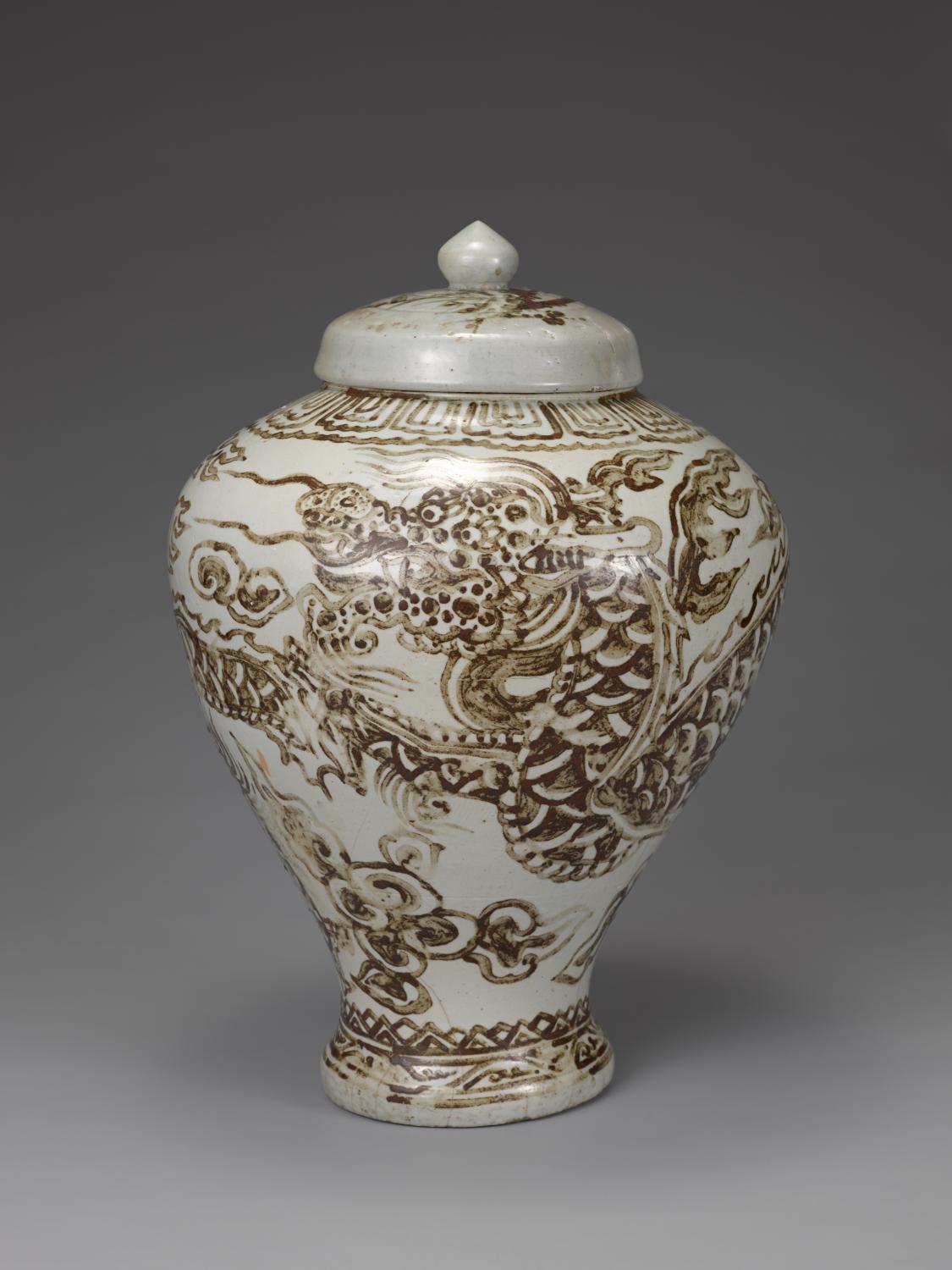
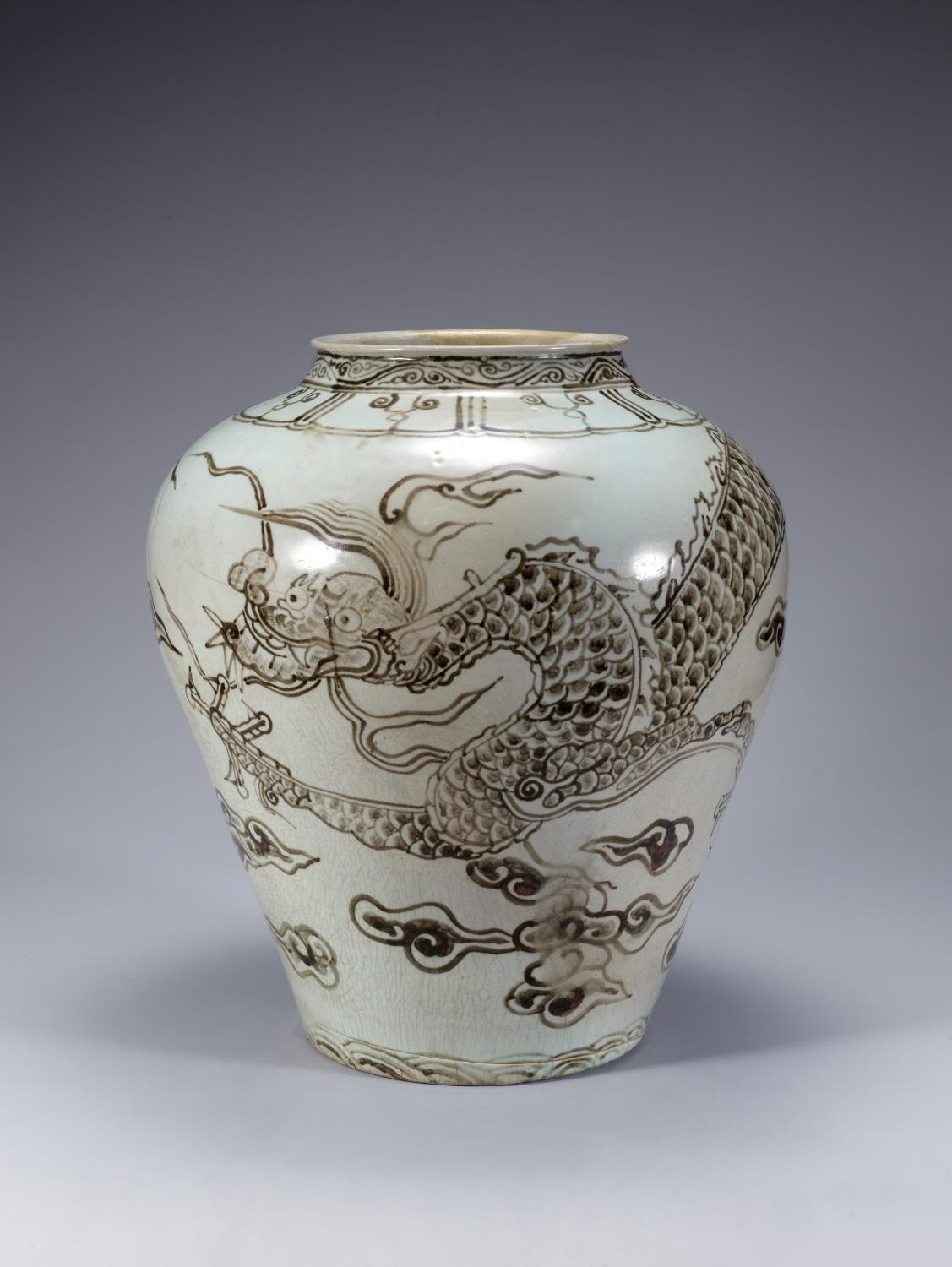

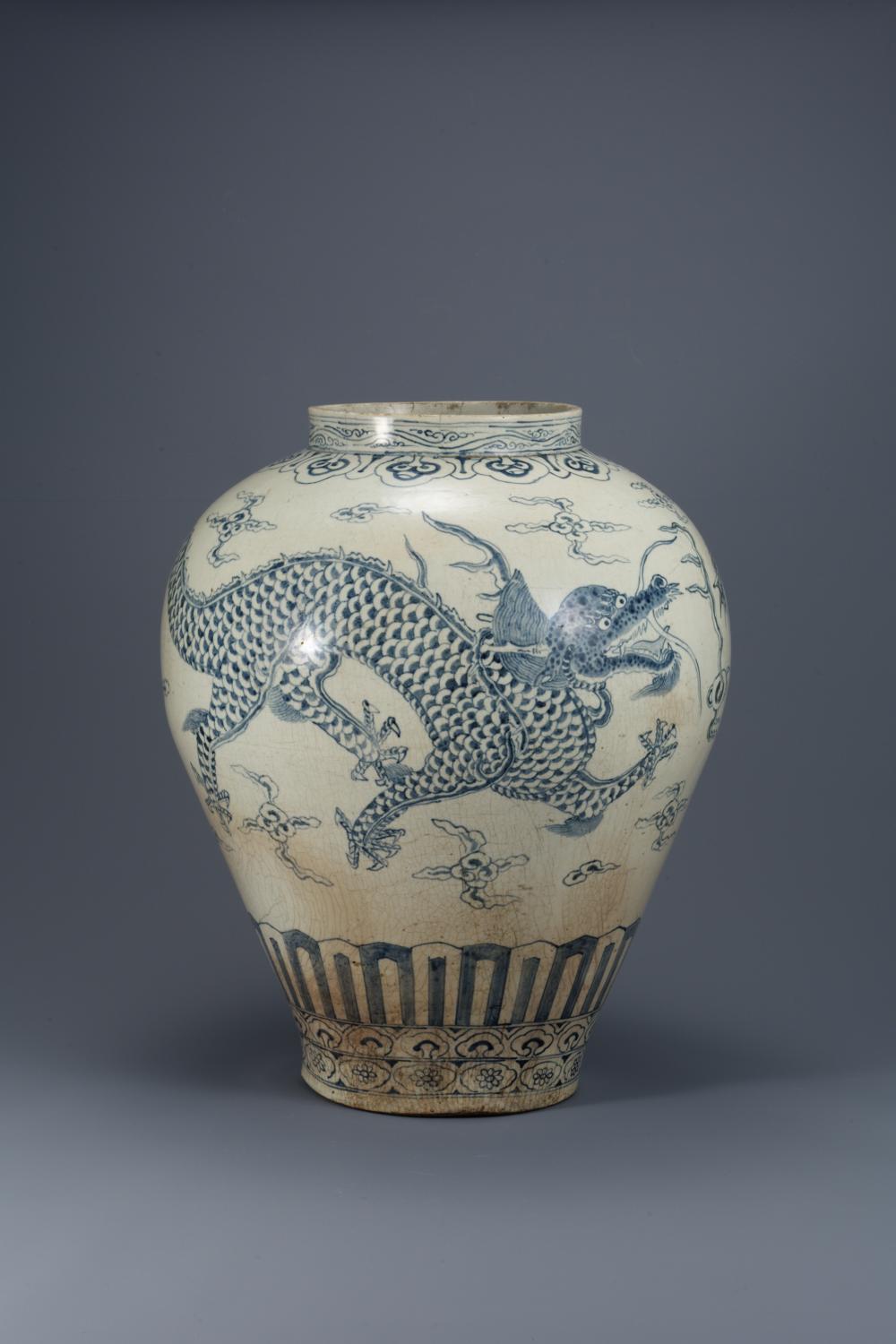
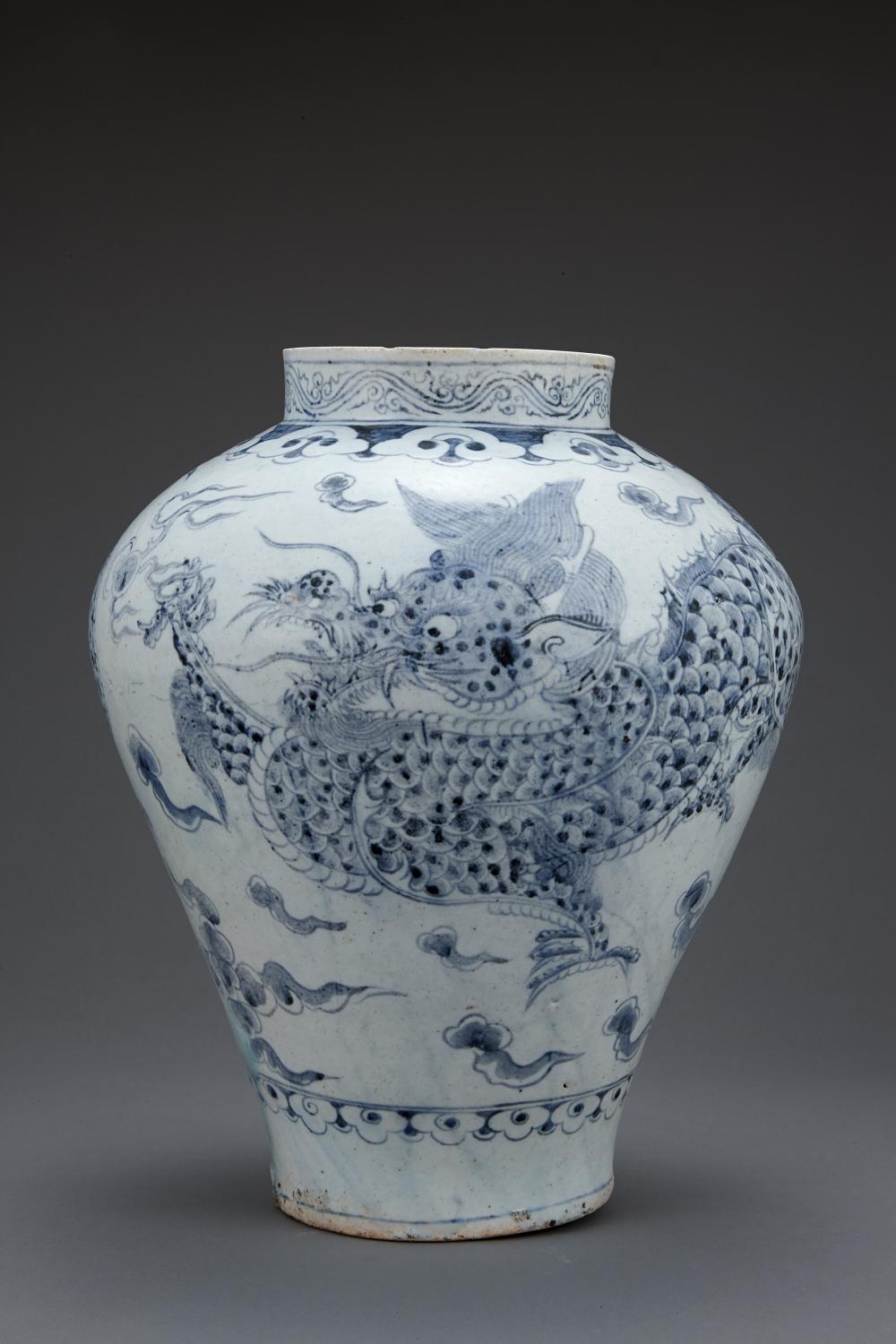
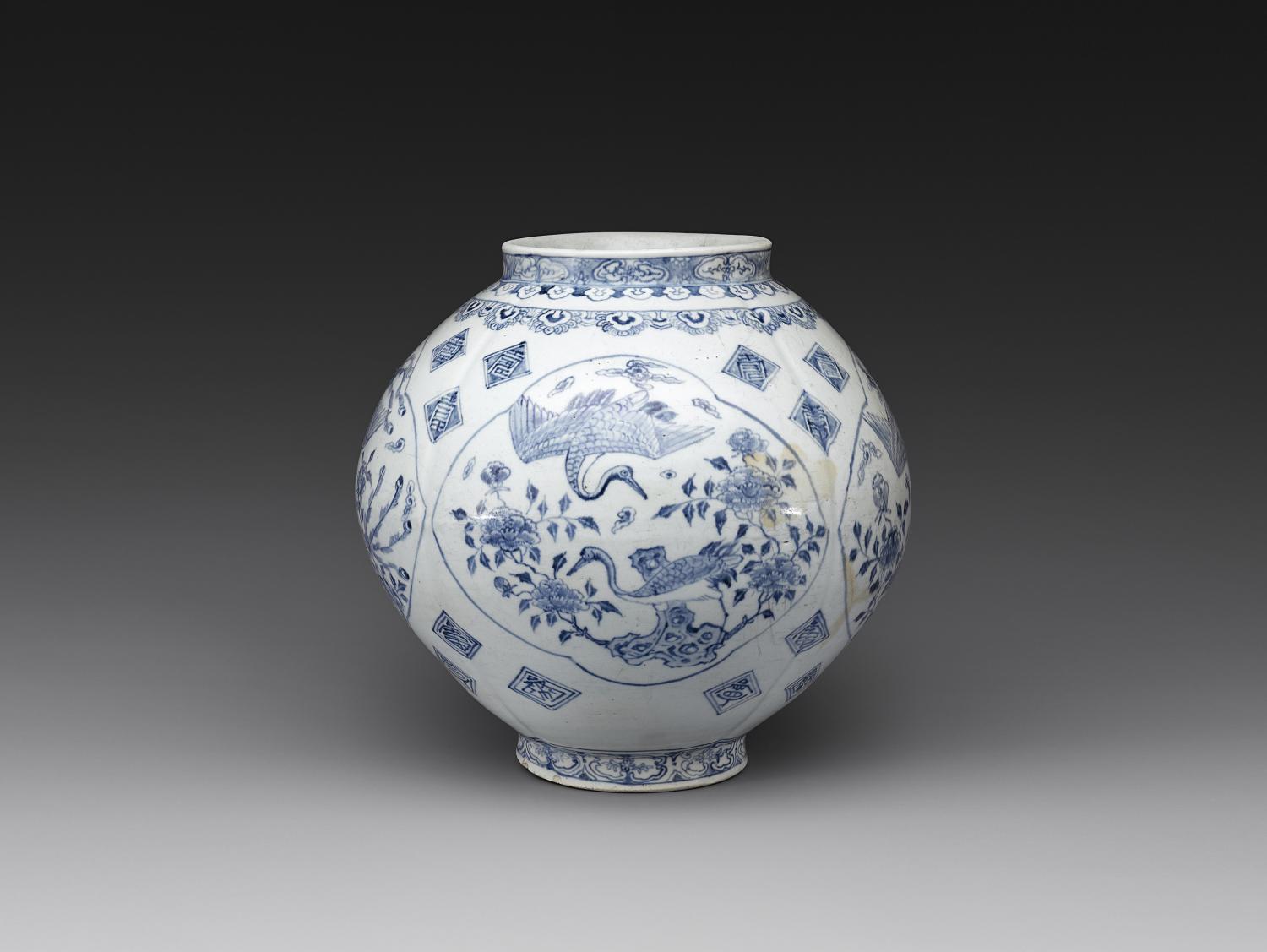
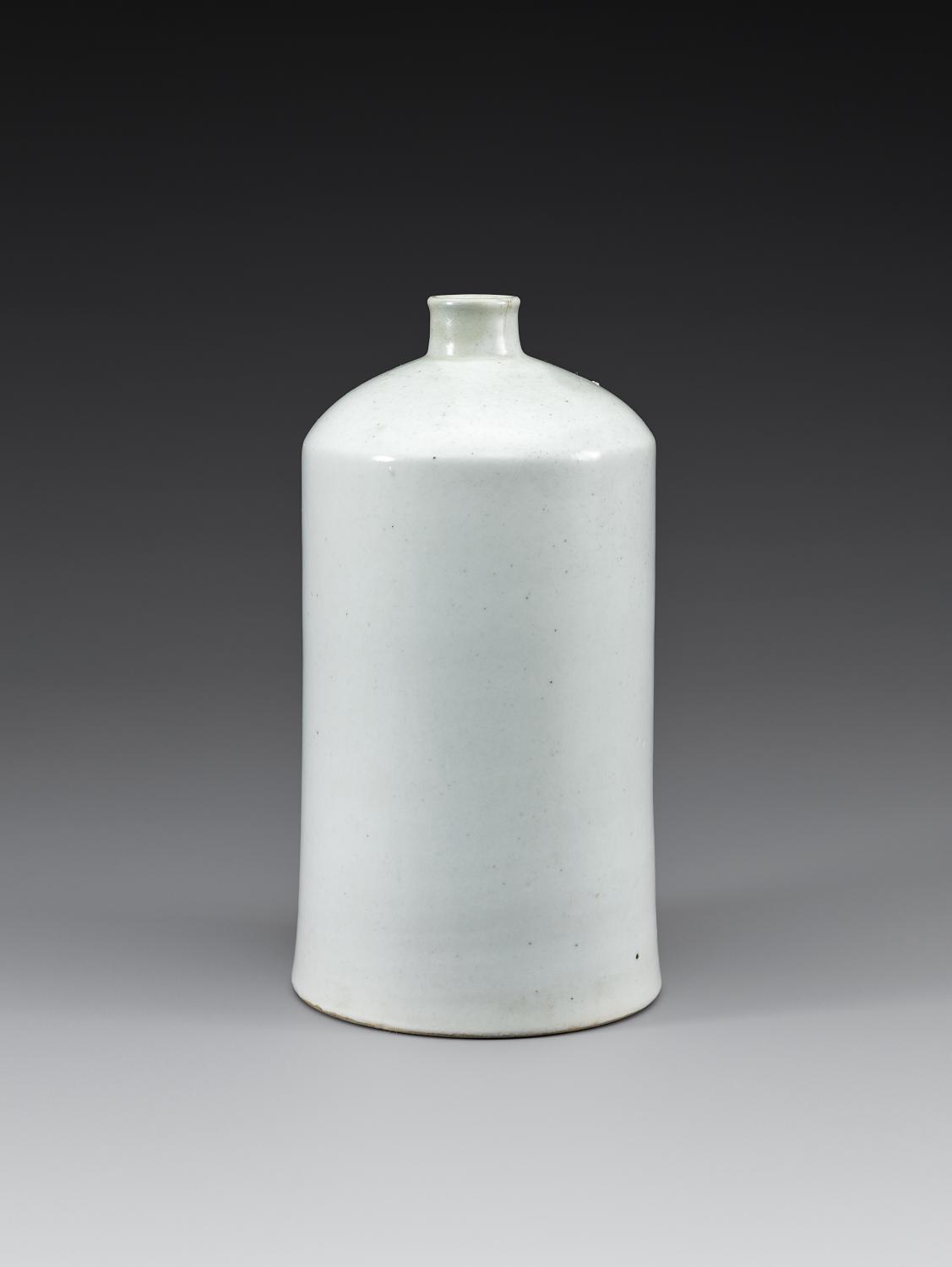
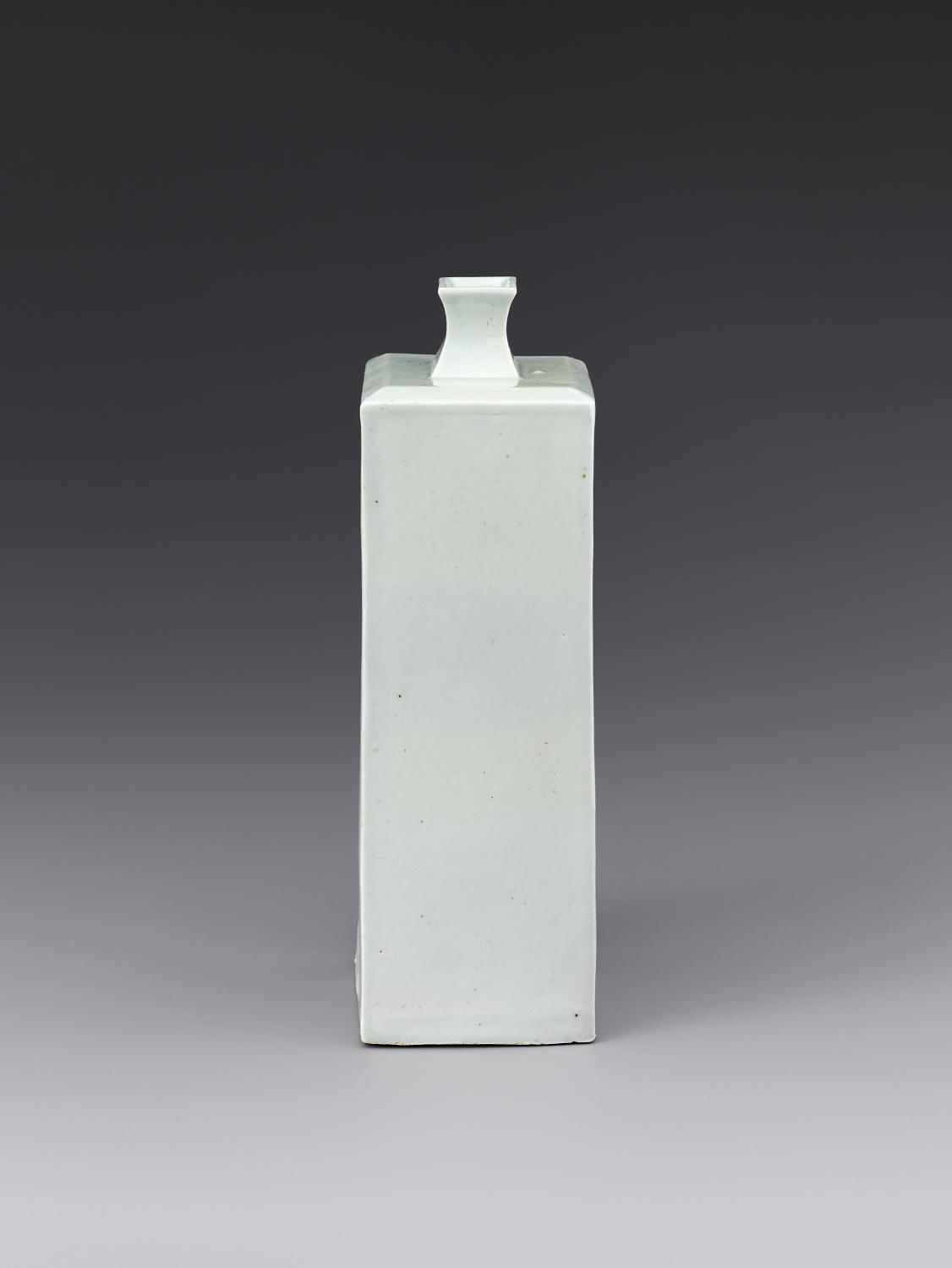
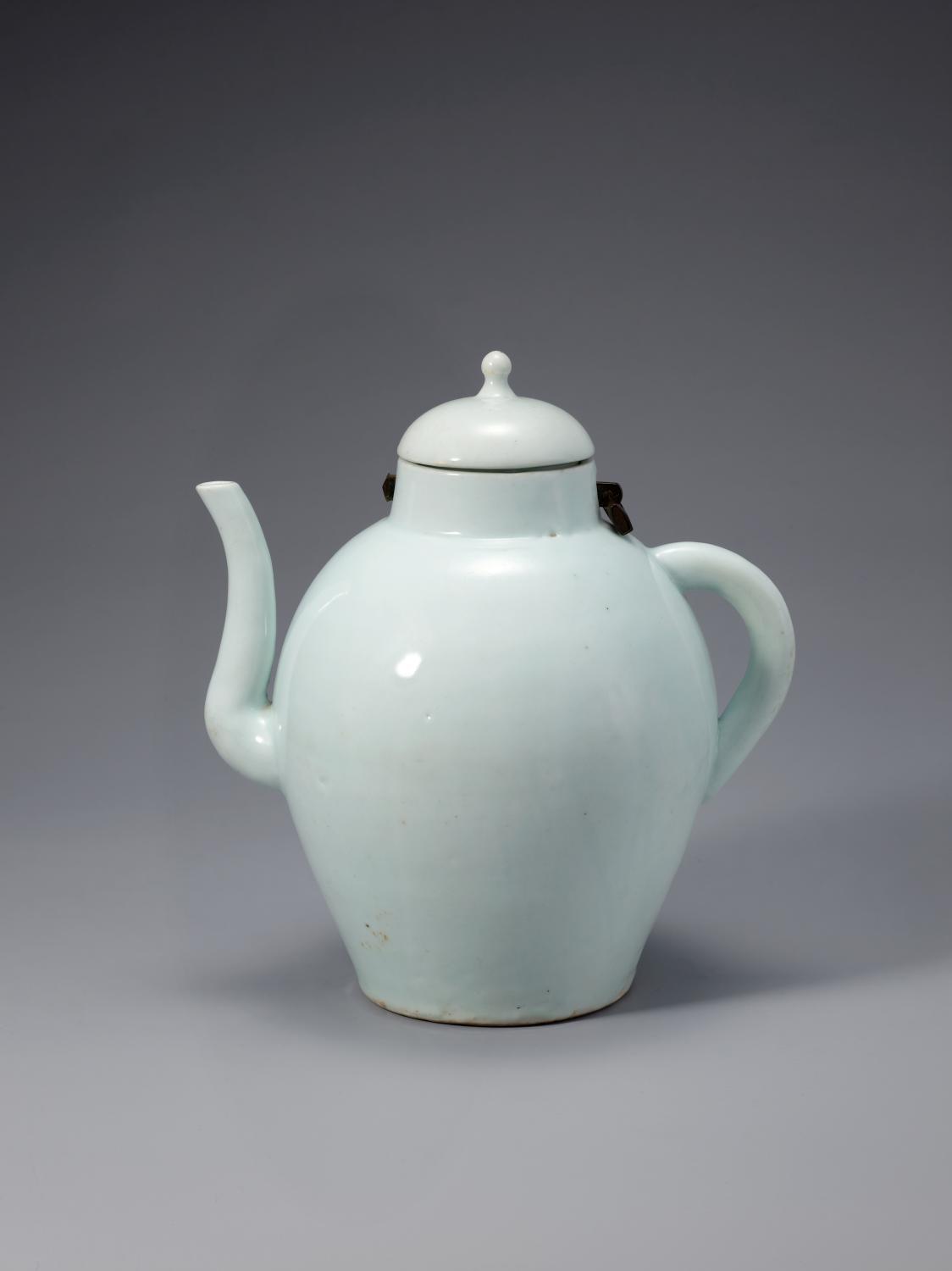
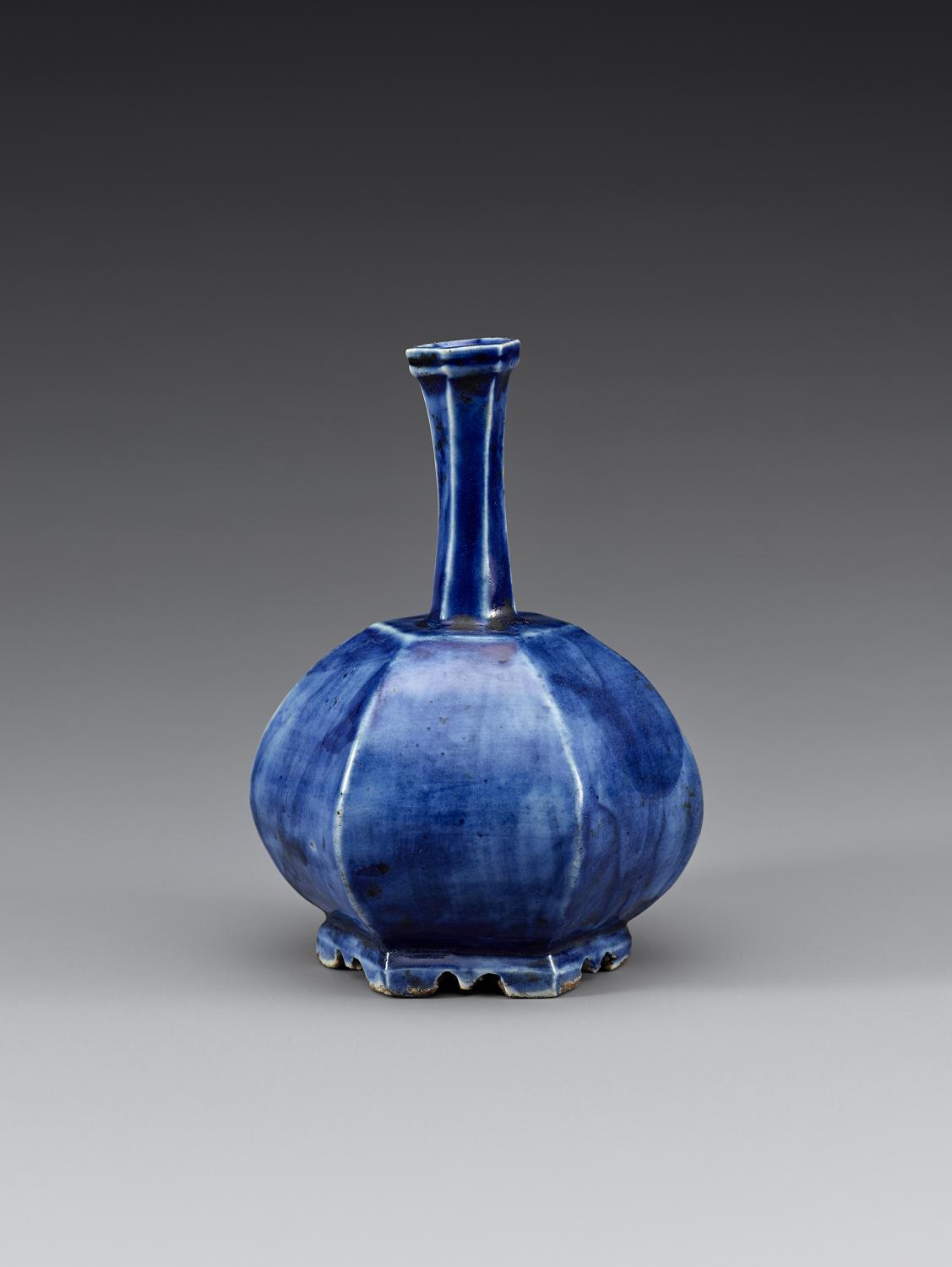
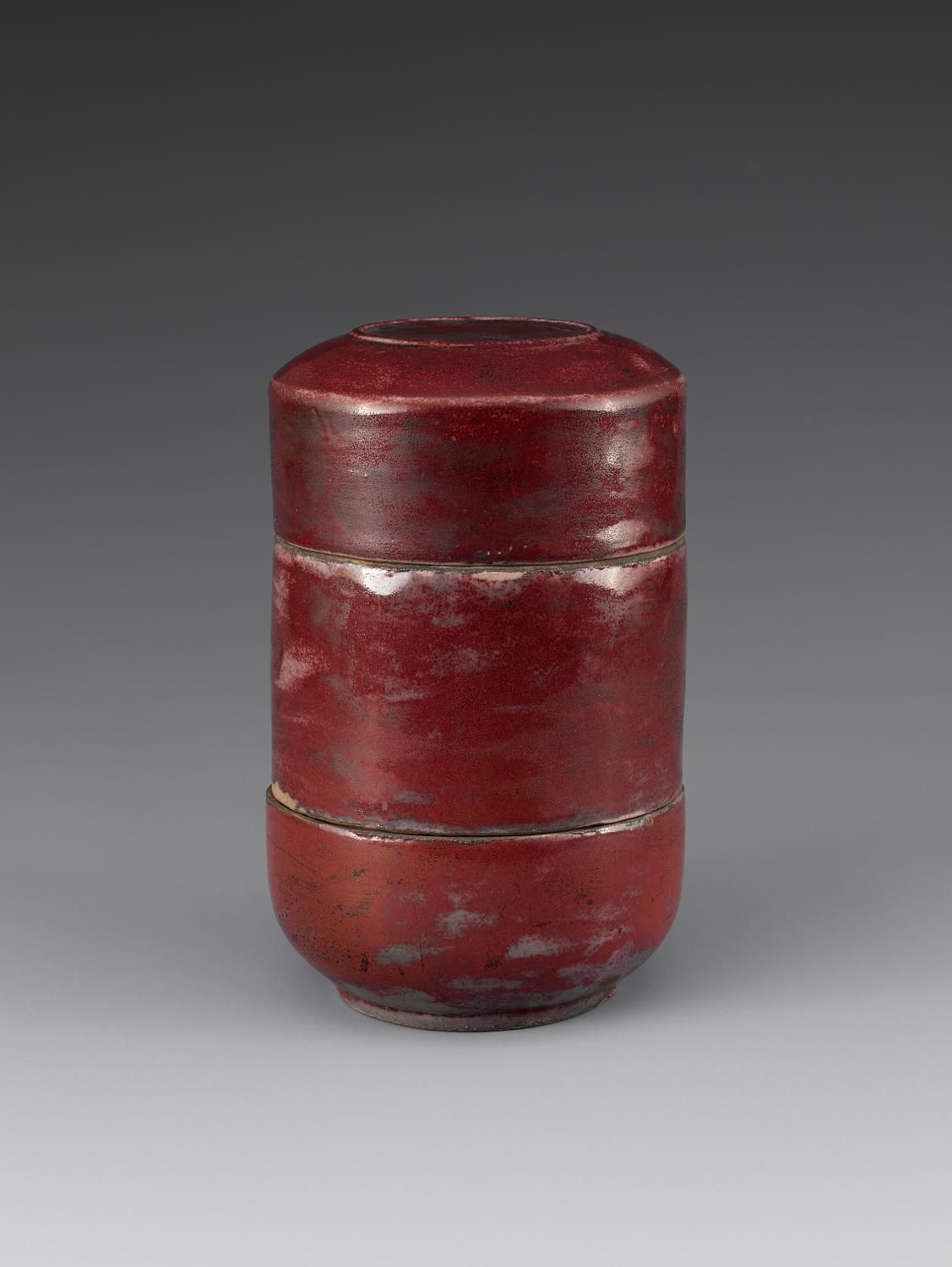
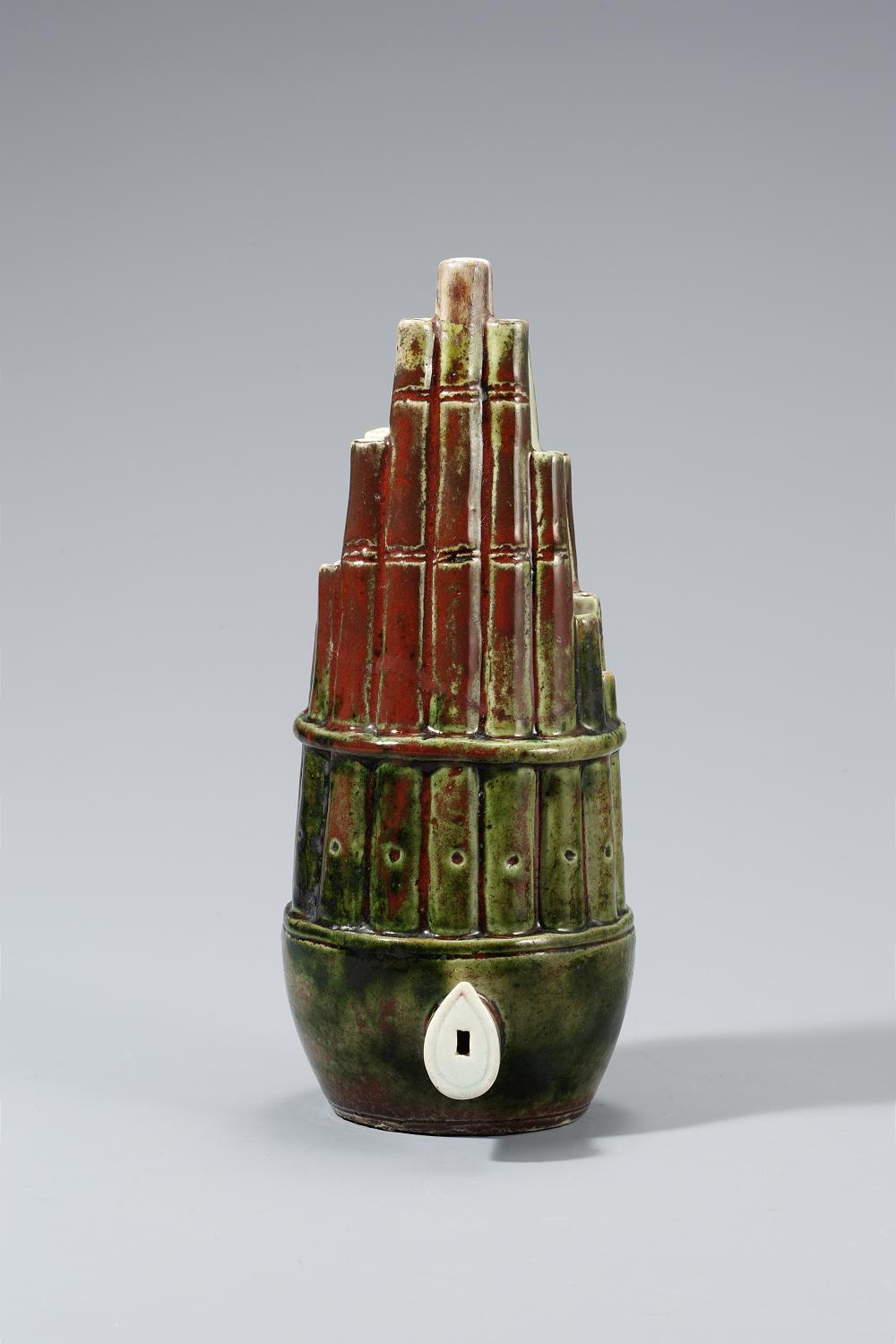
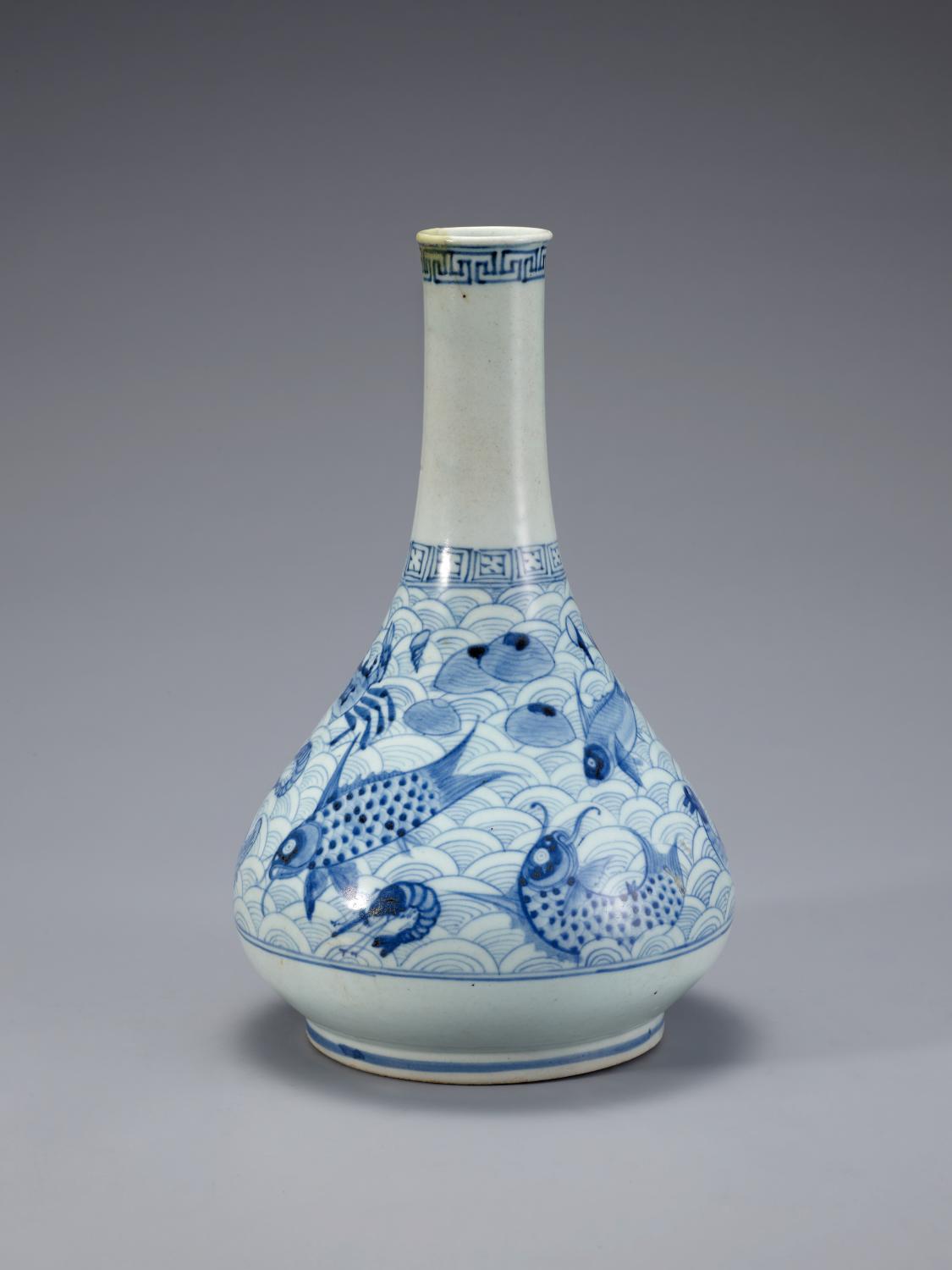
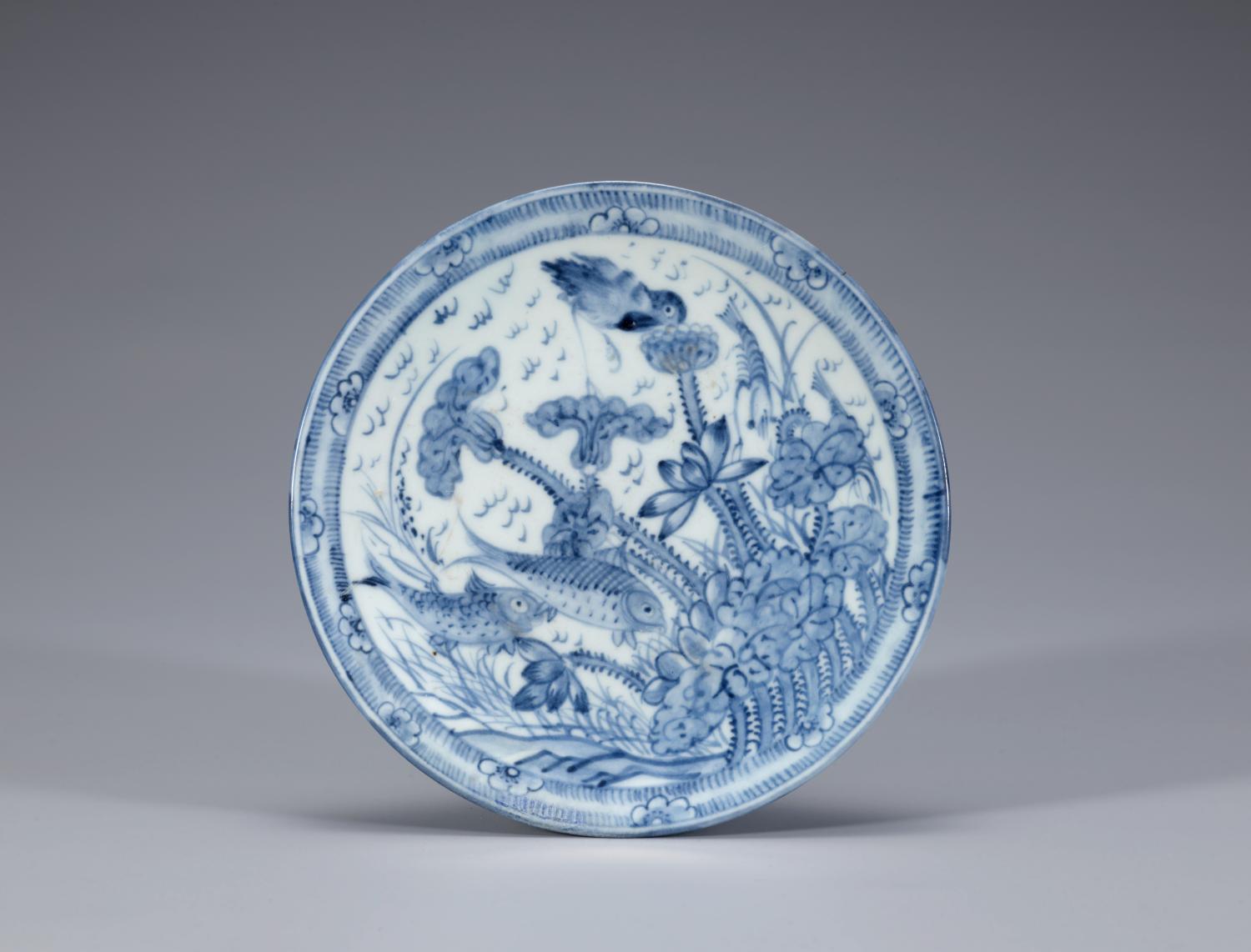
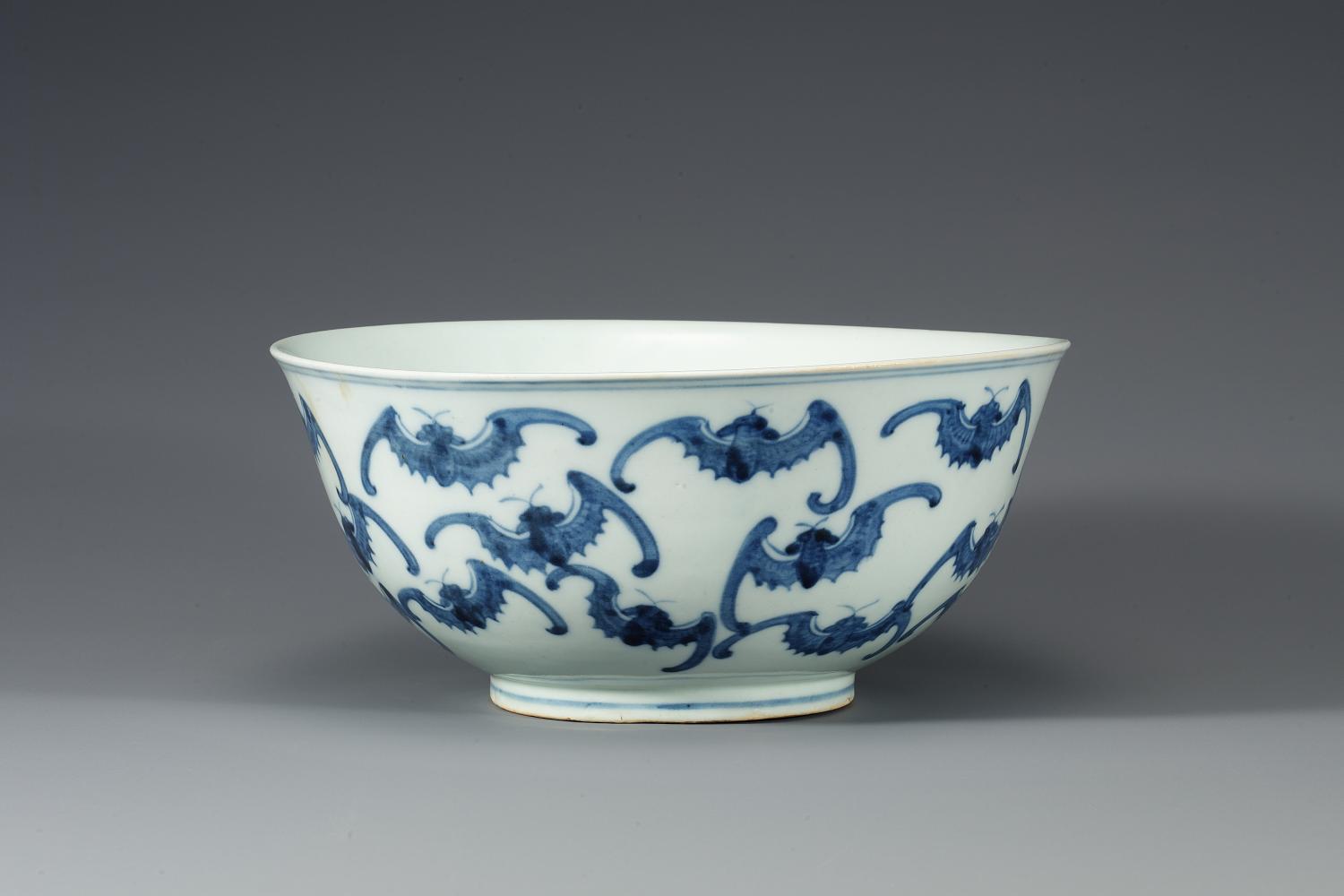
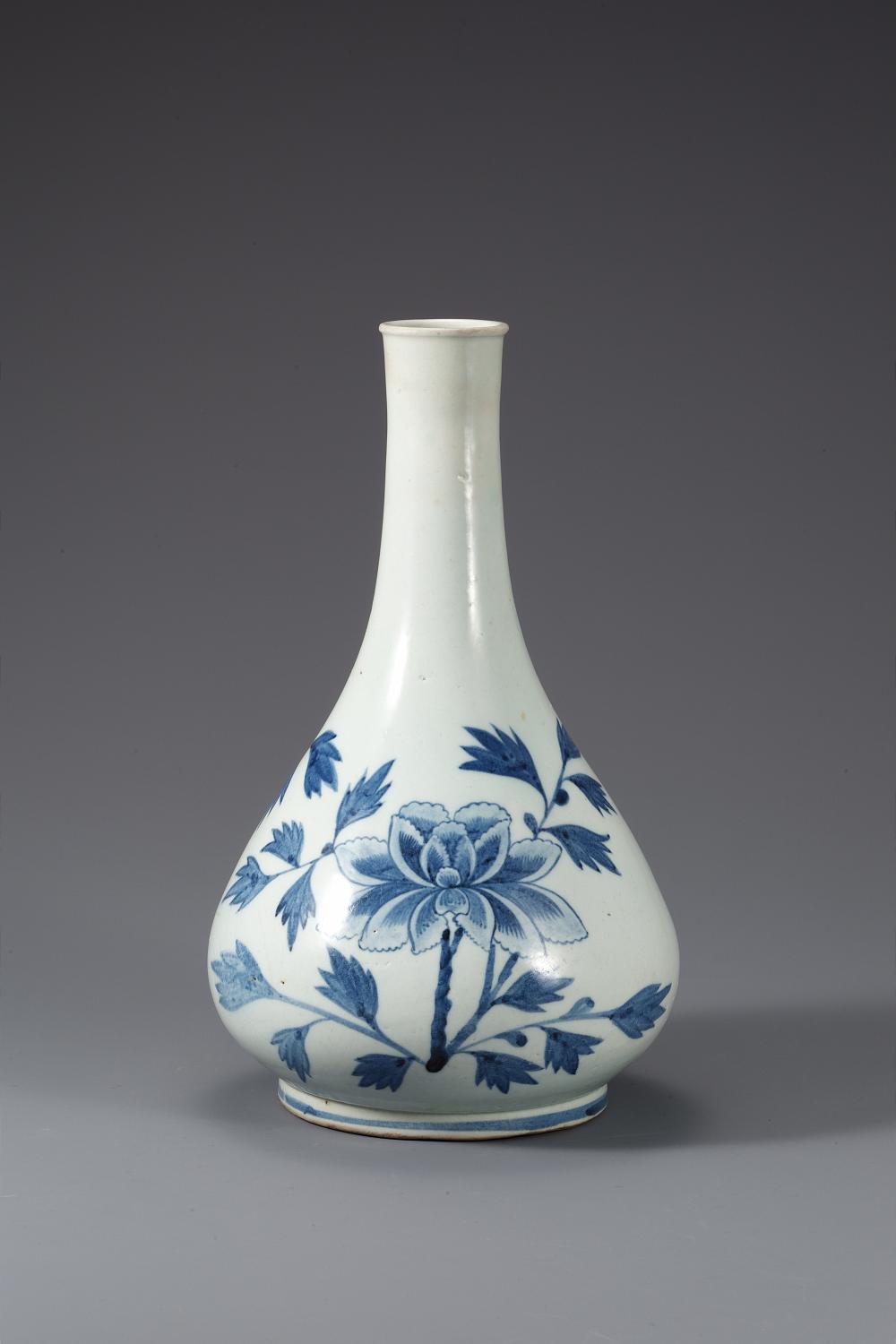
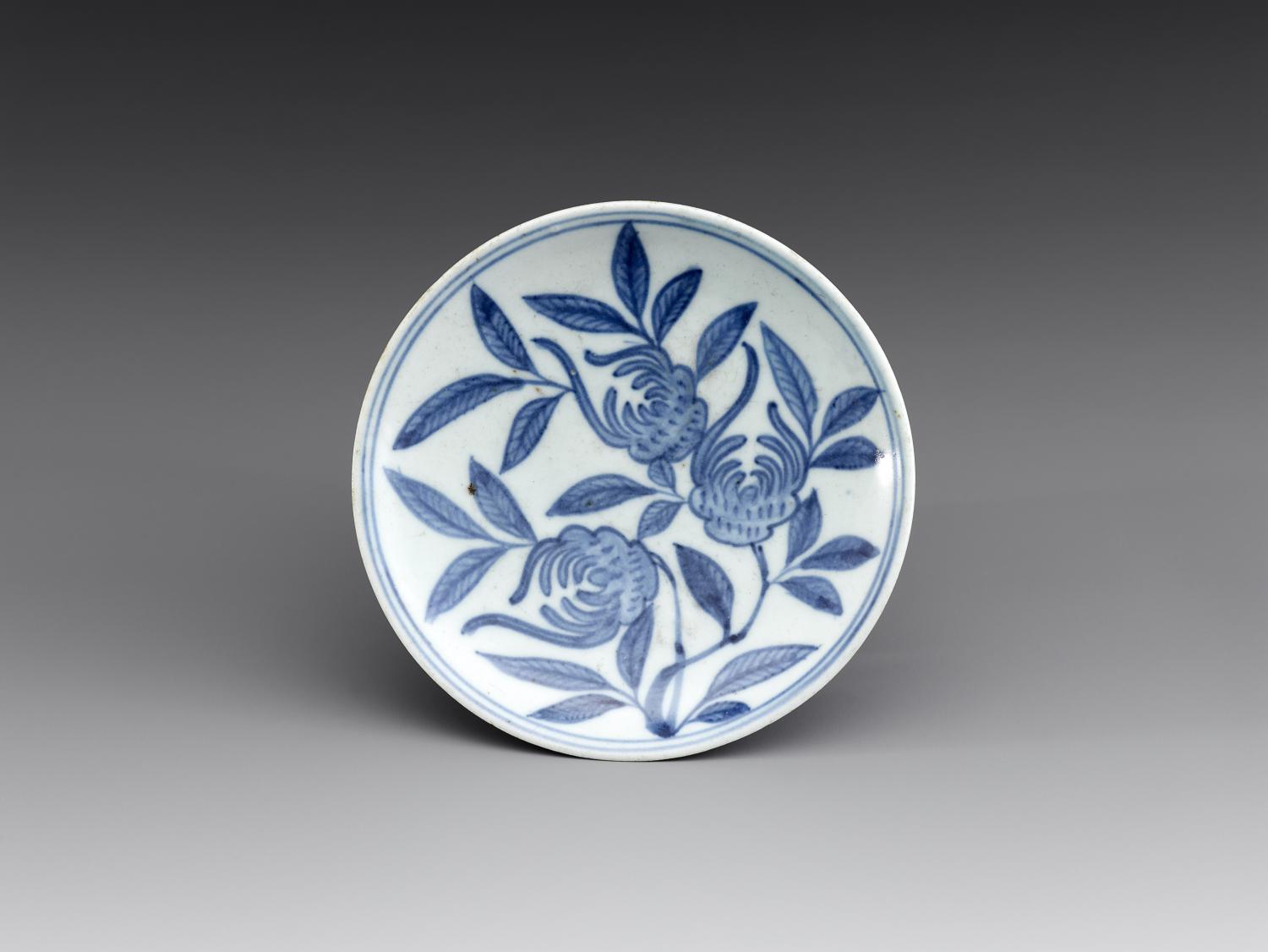
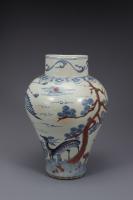
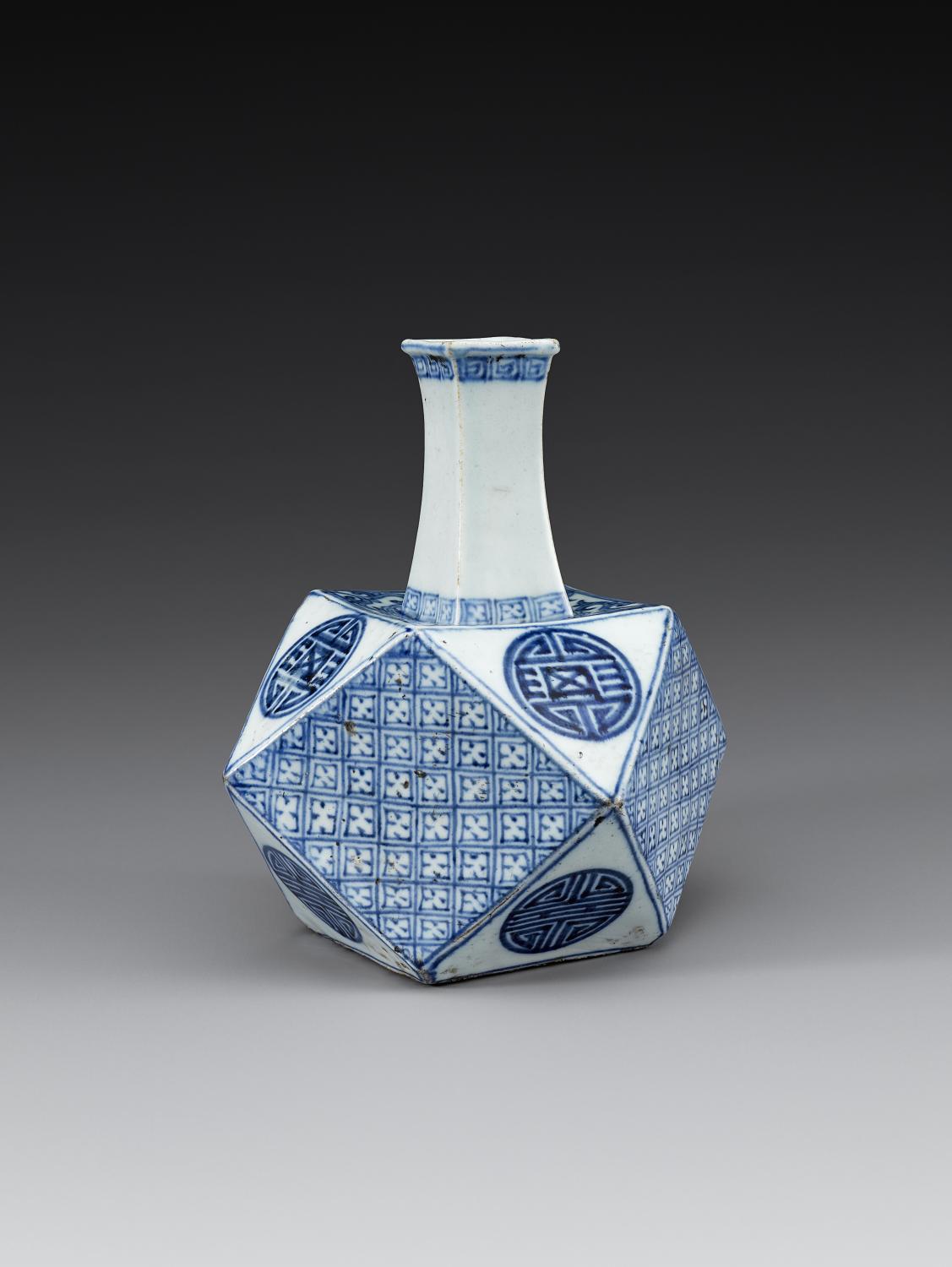
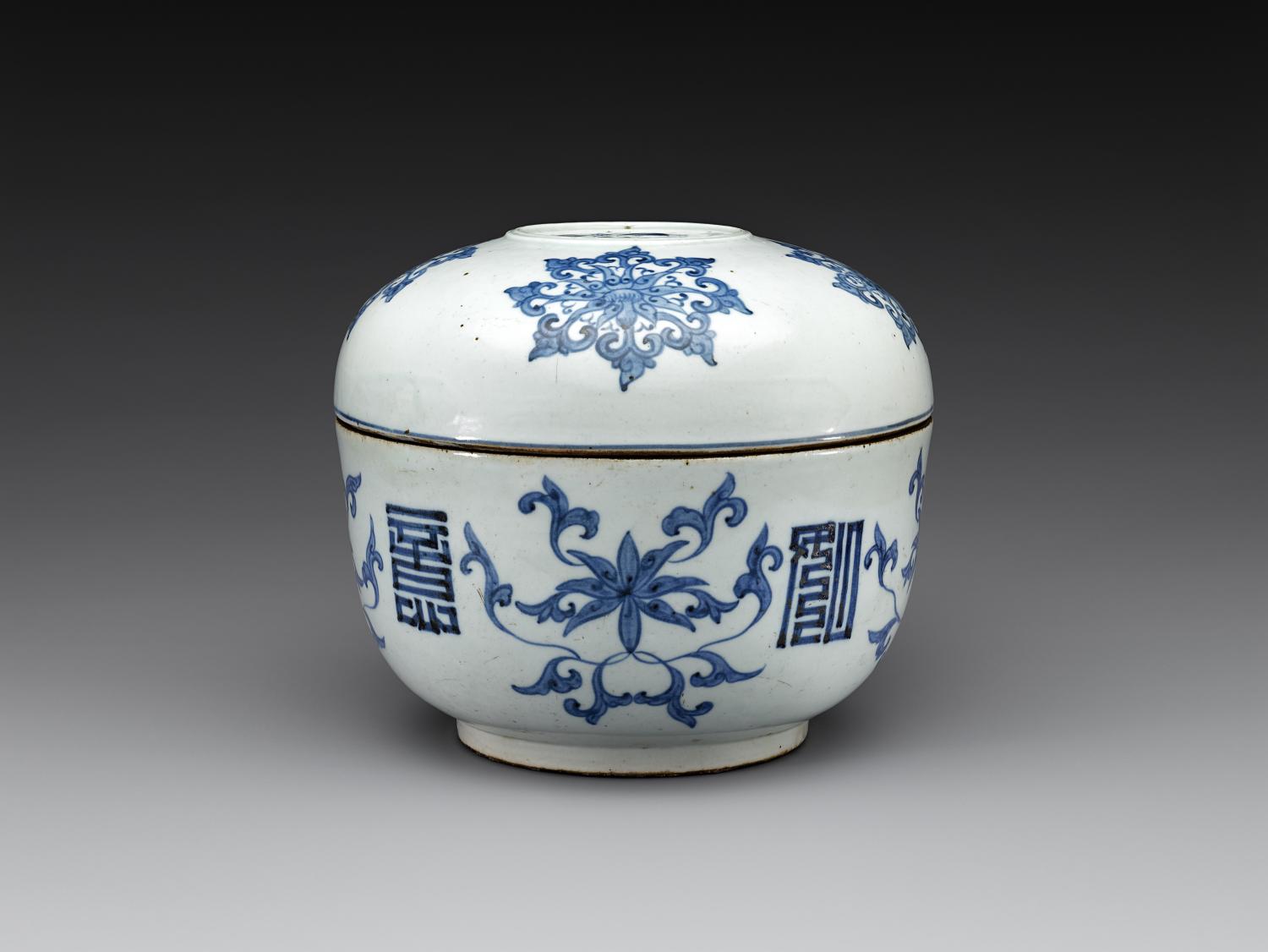
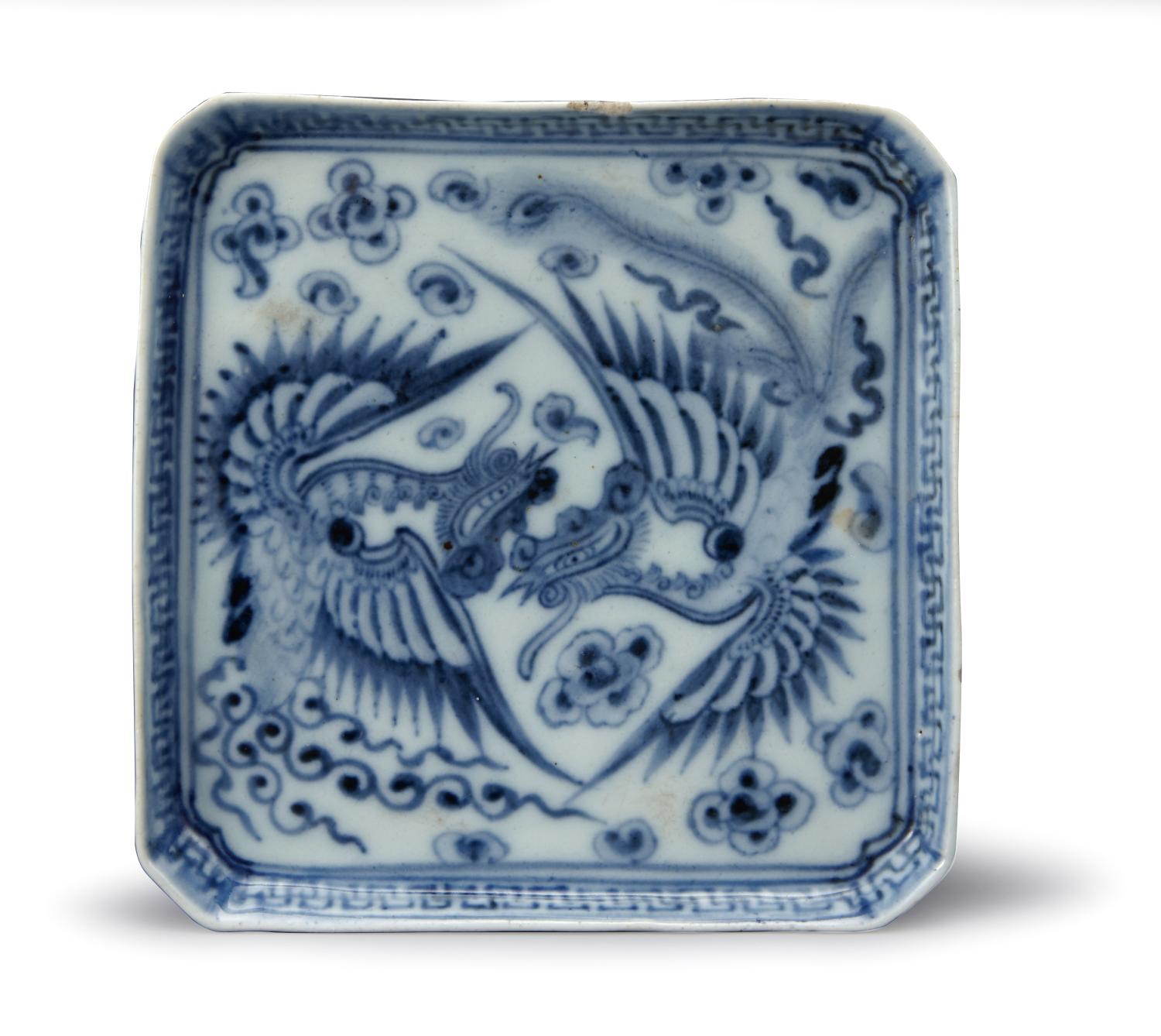
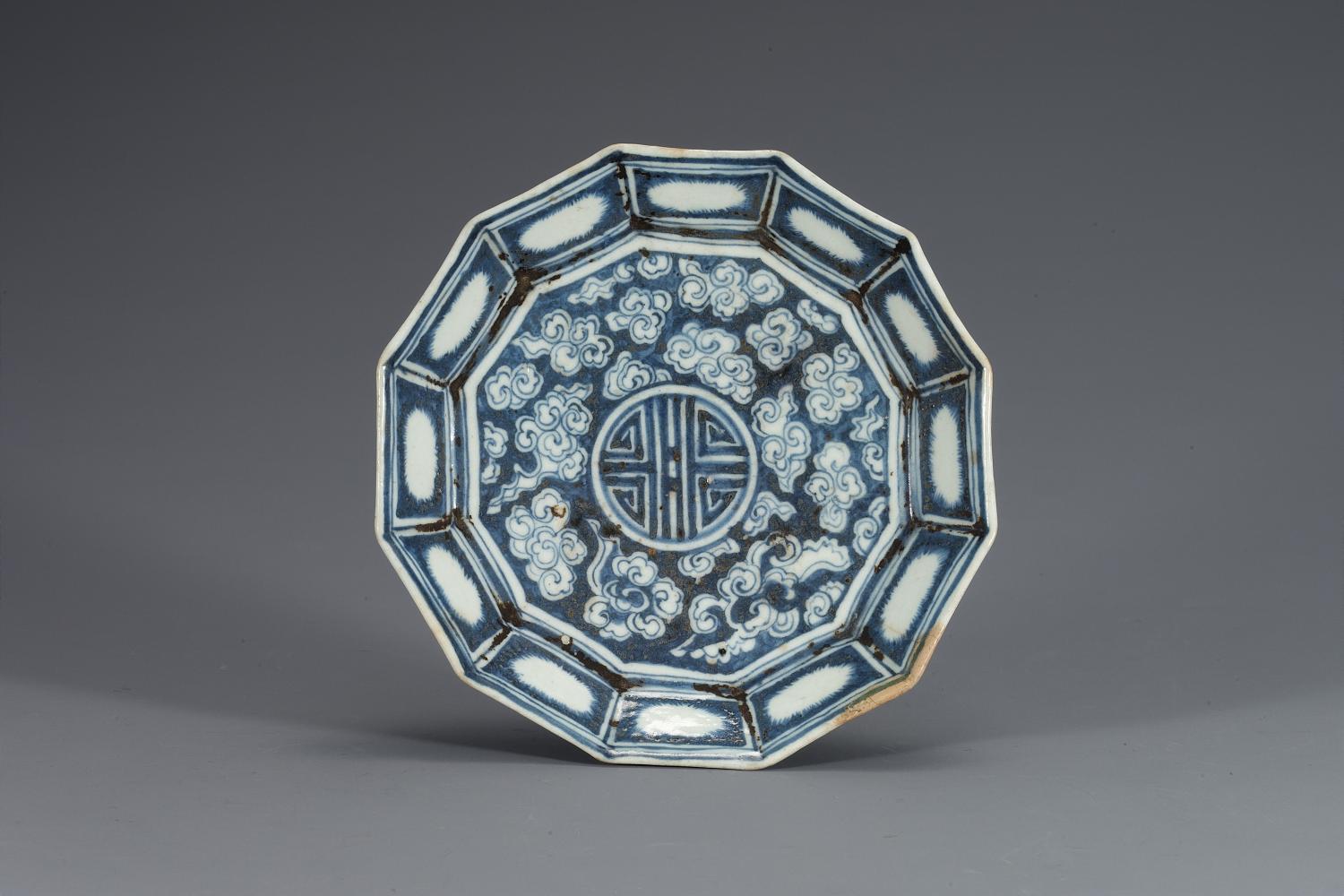
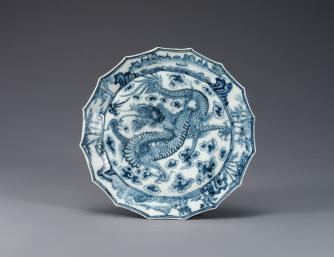
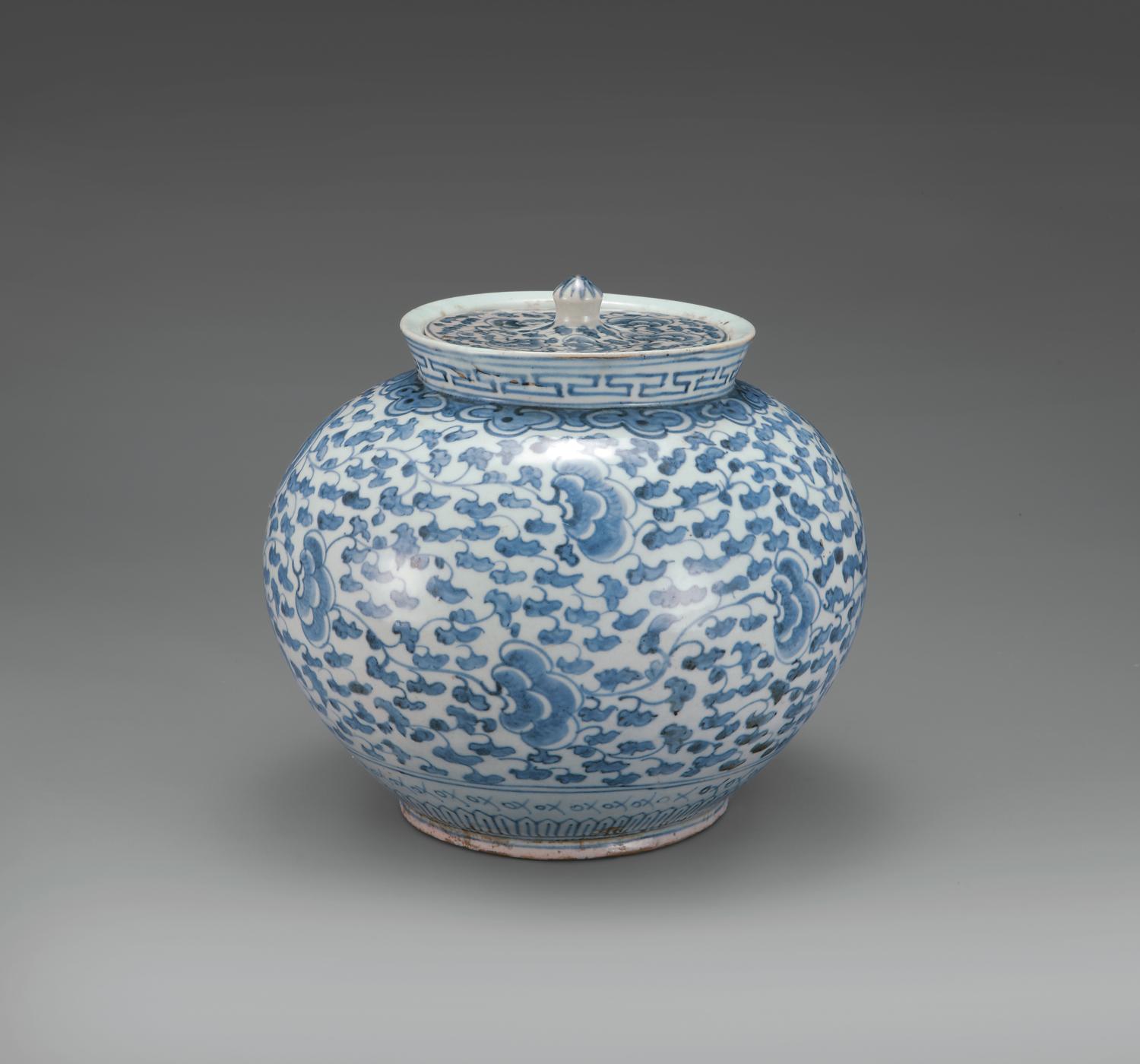
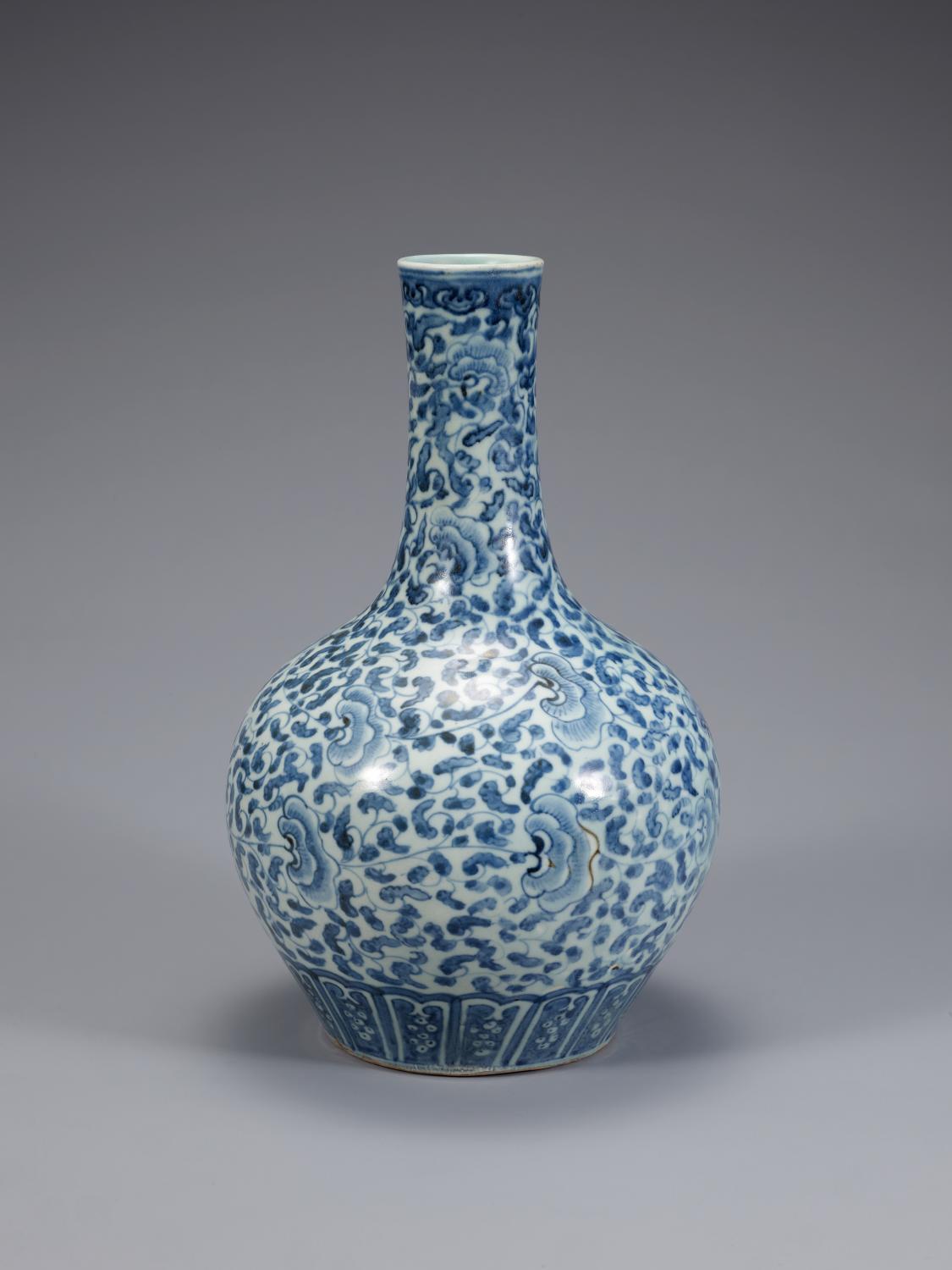
![[촉각전시물] 달항아리 대표이미지](https://cdn.museum.go.kr/attach_files/THUMB_H_20240731153156753_000.jpg)